Life Lessons
Terrence Teacher
I had two cardiac arrests and realised something had to change
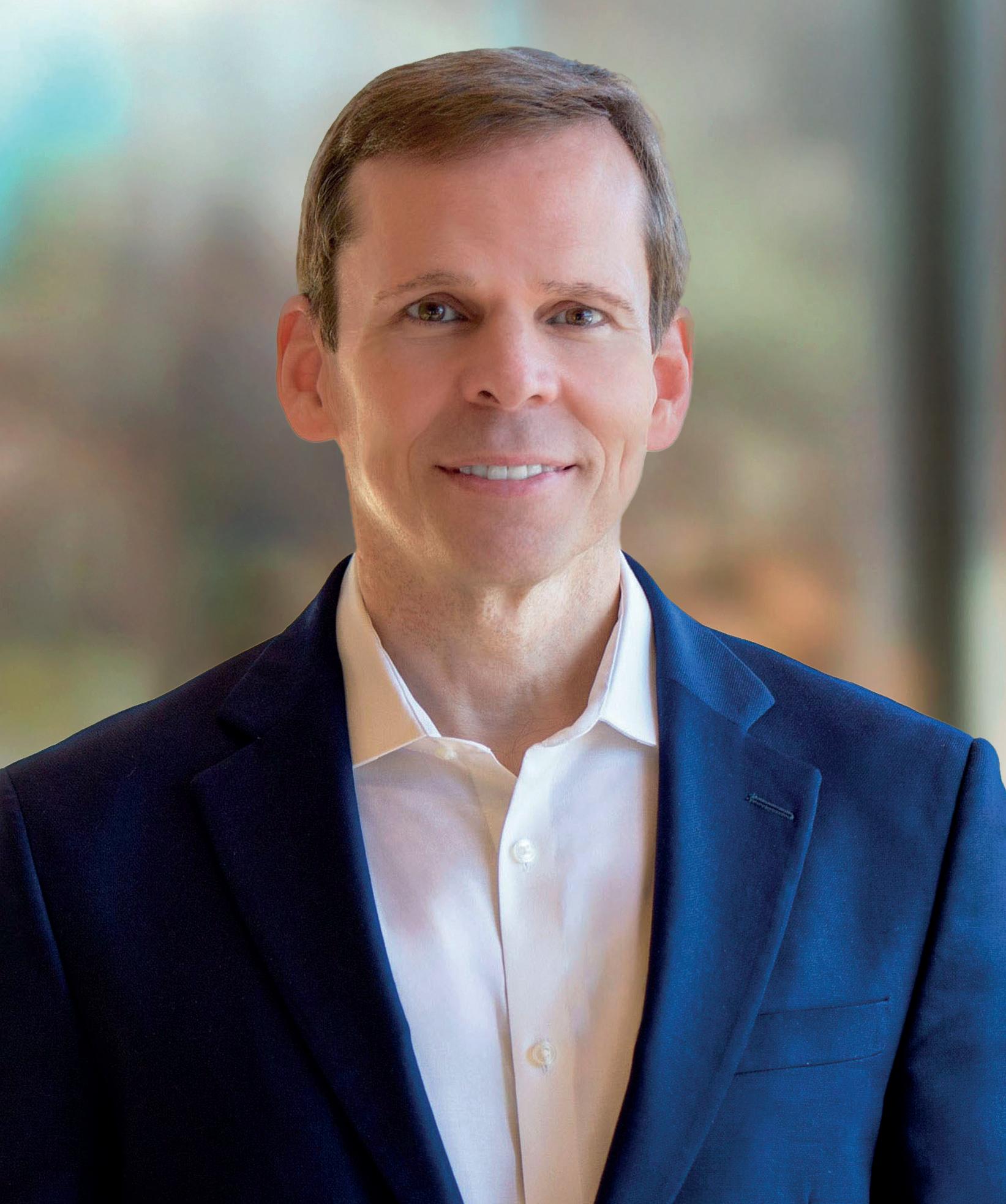

Rhys Jones

“We can change people’s lives and that’s priceless”

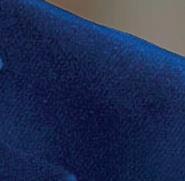




I had two cardiac arrests and realised something had to change



“We can change people’s lives and that’s priceless”





Elevate your offering with a high-impact wellness solution.




Right now, yoga is one of the most in-demand offerings in the wellness space. Yet for many gyms, delivering it at scale remains a challenge. Complex education pathways, inconsistent delivery, and limited Instructor availability can make it hard to meet member demand.
LES MILLS YOGA™ changes that. Created by world-leading experts and grounded in traditional practice, it’s designed to make yoga classes faster to launch, more accessible for members, and easier to teach. It’s welcoming and inclusive - this is yoga for everybody.
It’s a four-part series designed to elevate the mind and body. Each 45-minute class explores a distinct state of being, Yin (Restoration), Hatha (Alignment), Vinyasa (Strength), and Breath (Clarity) - all through guided movement and mindful breathing. The program offers an accessible experience for both beginners and seasoned participants, helping them reconnect, find clarity, and leave feeling calm, centered, and renewed.
Clubs benefit from a consistent, highquality yoga offering that’s easy to integrate into existing timetables — without lengthy upskilling processes. For Instructors, the simplified teaching model ensures success from day one – reflected in member feedback: 94% of participants said they were satisfied with the quality of Instructor.
With the wellness economy booming, this is a powerful opportunity to expand your mind body offerings and welcome more members looking for balance and recovery.
Ready to bring yoga to your members, simply and seamlessly?
Get in touch today to explore how easily you can bring this new mind-body program to your members, and make it a seamless part of your offering.
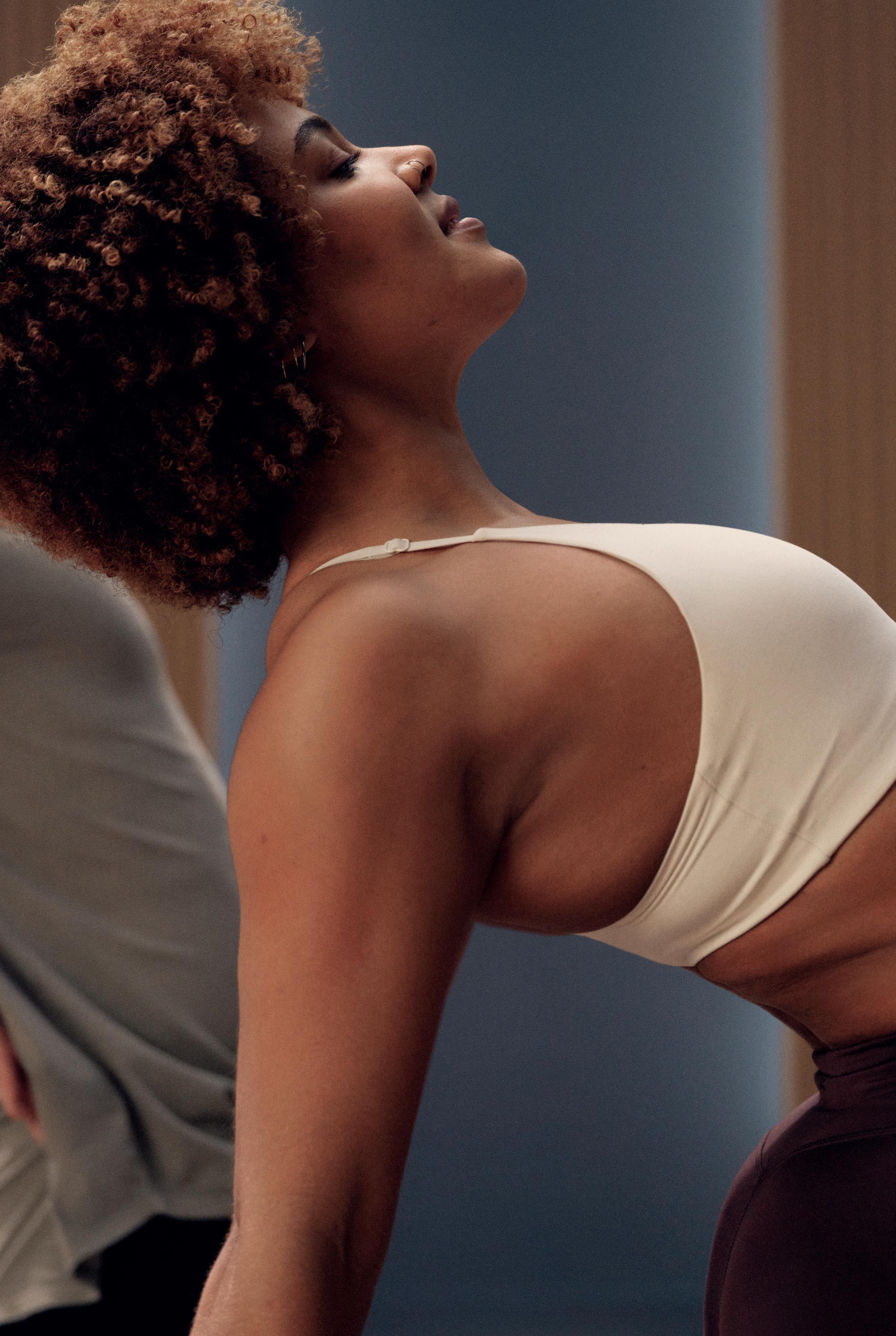
Scale your yoga offering with confidence and consistency.

The Chartered Institute for the Management of Sport and Physical Activity has announced its long-awaited postnominals, giving industry professionals in the UK a new level of credibility
t’s been decades in the making and will permanently bolster the fortunes of people and organisations working in all parts of the UK sector.
I’m talking about the launch of CIMSPA’s new programme of postnominals that will see thousands of industry employees in the UK eligible to have letters after their name.
Now people entering the market and viewing it as a lifelong career choice can see a clearer path as they move from being a Member of the institute – or MCIMSPA (for practitioners, managers, advanced practitioners and advanced general managers) – through all four levels to become Fellows, with an FCIMSPA after their name.
Such a change has huge significance for the sector as we seek to widen our scope and work more collaboratively in the corporate wellness, sport, longevity and recovery markets, as well as with health providers and insurance companies.
These days, accountability and liability are major factors driving decision-making and without professional recognition, many working in the sector struggle to be taken seriously by credentialled collaborators in other sectors, casting us as the poor relation and – in some cases – frustrating efforts to widen the reach of the sector.
Huge congratulations must go to Tara Dillon and her team at CIMSPA who have doggedly worked to bring the full postnominals scheme to fruition.
Dillon says: “As our sector evolves and builds trust with other sectors – such as our colleagues in healthcare – professional status will be a key that unlocks recognition, for not for individuals, but also for the whole sport and physical activity sector.”
The journey to this point has taken 50 years, with CIMSPA built from the ashes of the industry’s early representative organisations, ILAM and ISRM, which were themselves amalgamations of groups of other industry bodies. Many passionate believers in the

Without professional recognition, many working in the sector struggle to be taken seriously by collaborators
sector played valuable roles in bringing CIMSPA into being, fighting to achieve its Chartered Status through the issuing of a Royal Charter by the Privy Council.
The journey of CIMSPA from its foundation to the current day sweetly mirrors the growing maturity of the sector and we must ensure we keep abreast of developing skills needs so we can continue the journey to fulfilling our potential to change lives for the better.
We hope this will act as a spur to organisations globally to continue to validate industry professionals, so we can work side-by-side with all other disciplines.
Liz Terry, editor lizterry@leisuremedia.com
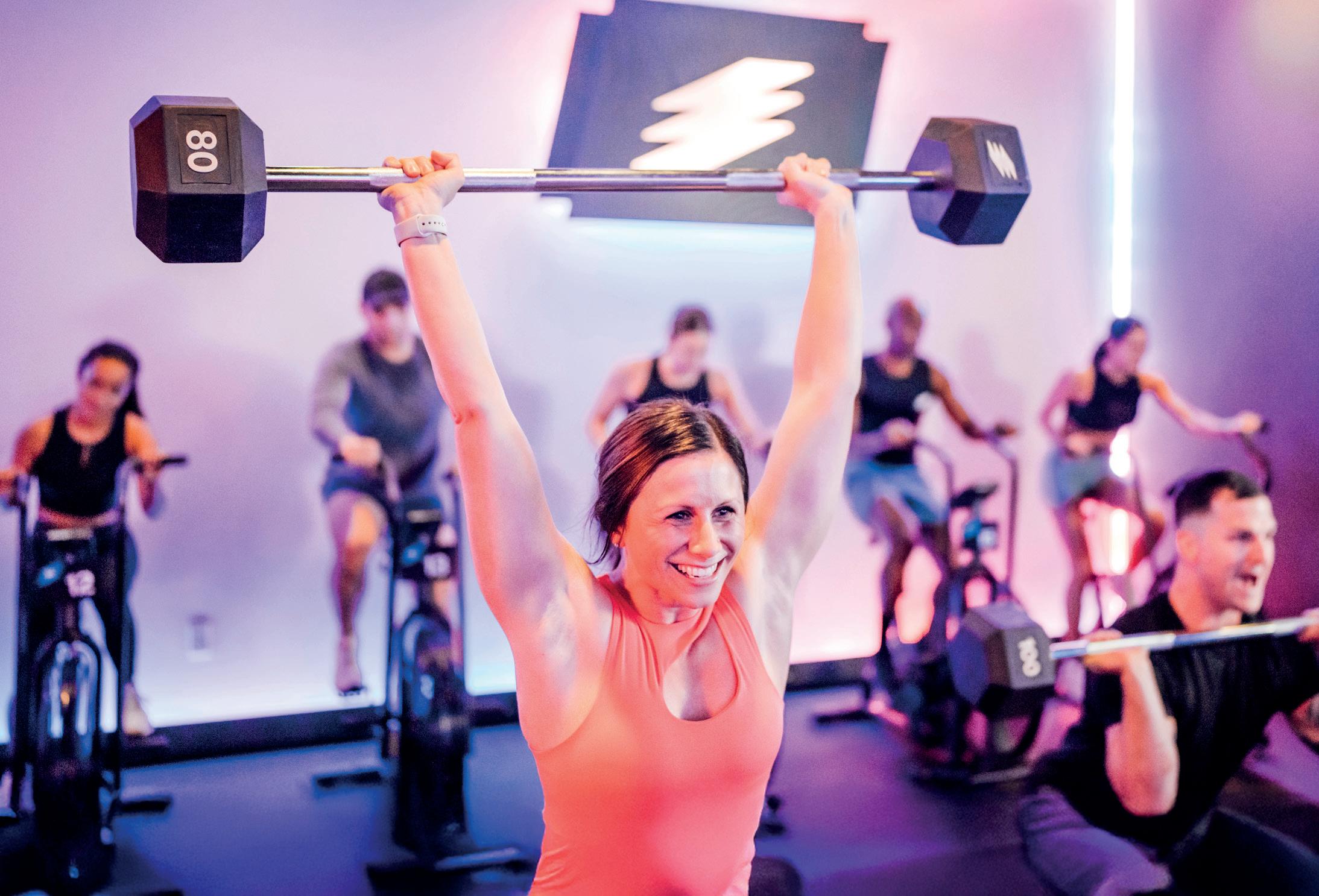
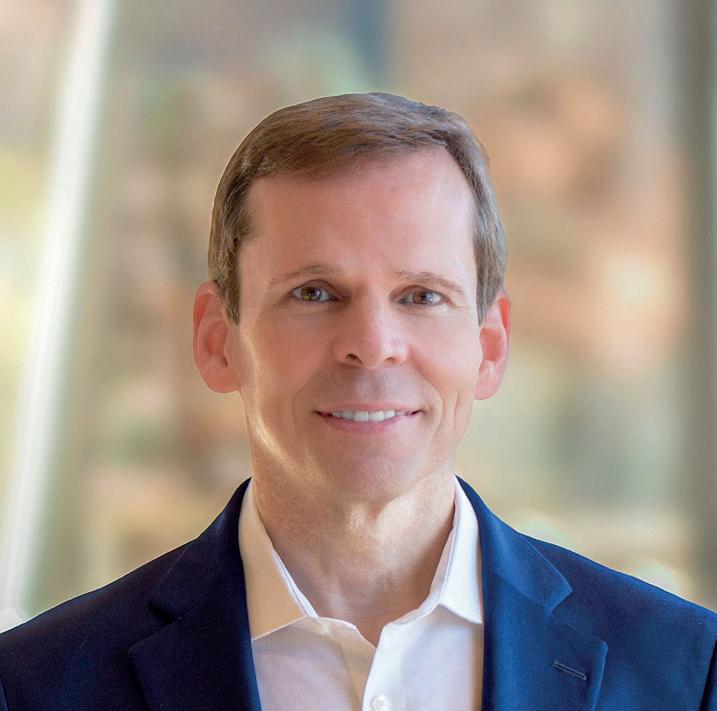

05 Editor’s Letter
Validating the credentials of professionals in the industry must be a focus, says Liz Terry
14 HCM Zeitgeist
Step aerobics makes a comeback, a report highlights Gen Z’s discretionary spend and Soho House de-lists
18 HCM news
A HFA report shows sector poised for more growth, and David Lloyd Leisure gets five new investors
26 HCM buzz
Fitness First Middle East opens flagship wellness destination in Dubai
32 HCM Collabs
PureGym gets behind Chris Hoy’s mission, while Xponential Fitness does a deal with Midi Health
34 HCM people
Katy Richardson
The COO of Extraordinary Brands on recent acquisitions, supporting franchisees and expanding the company’s fitness portfolio
40 HCM people
Rhys Jones
The CEO of Plymouth Active on the area’s strategic plan to use physical activity with public health to tackle inequalities
44 Interview
Tom Leverton
The CEO of Purpose Brands on the company’s ambitious goal to reach 10 million members globally by 2030
58 Everyone’s talking about Sleep
With research showing how poor sleep can affect health and lifespan, is sleep finally getting the attention it deserves? Kath Hudson reports
66 India rising
A new report from the Health and Fitness Association in collaboration with Deloitte India shows the exciting potential of the Indian Fitness market
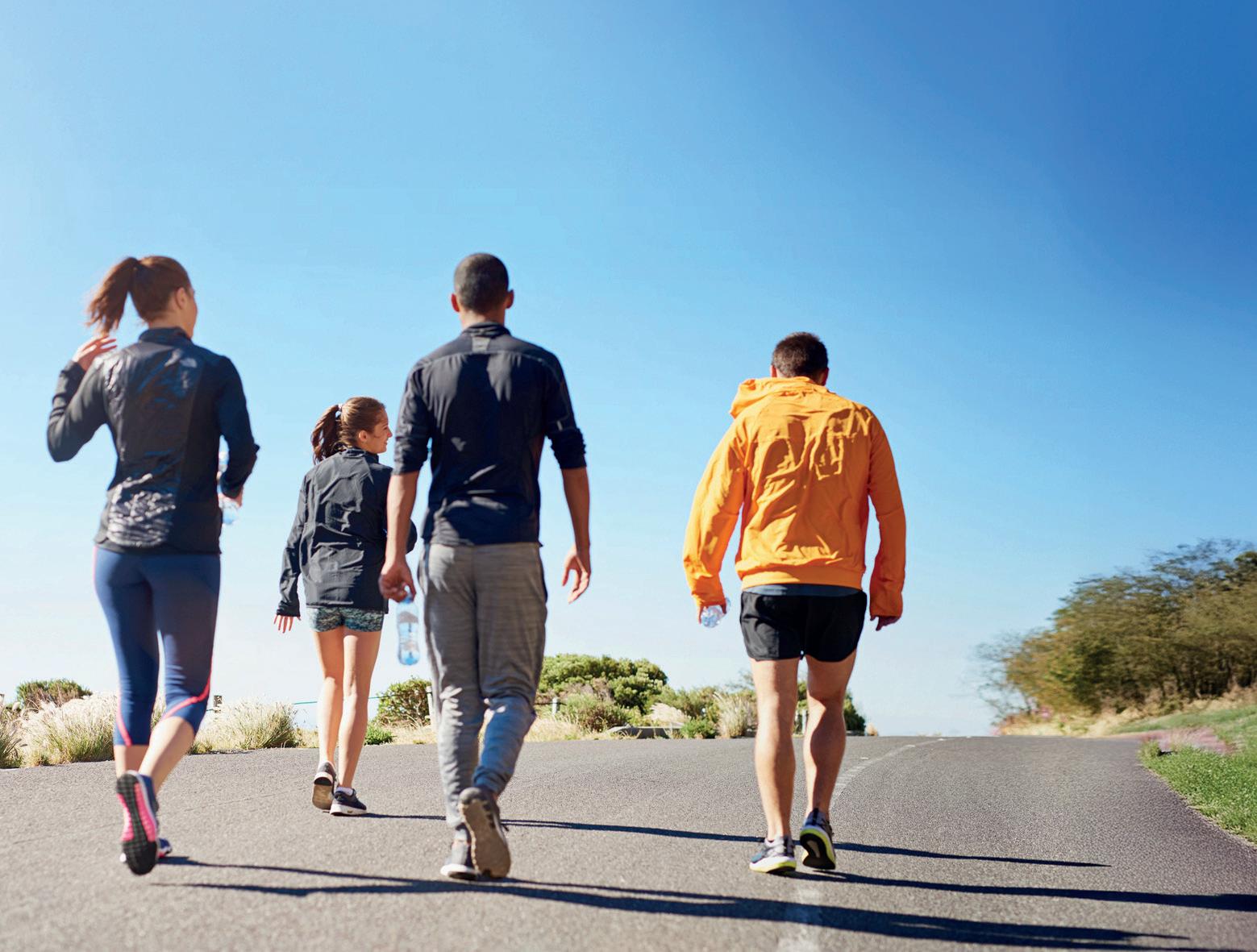

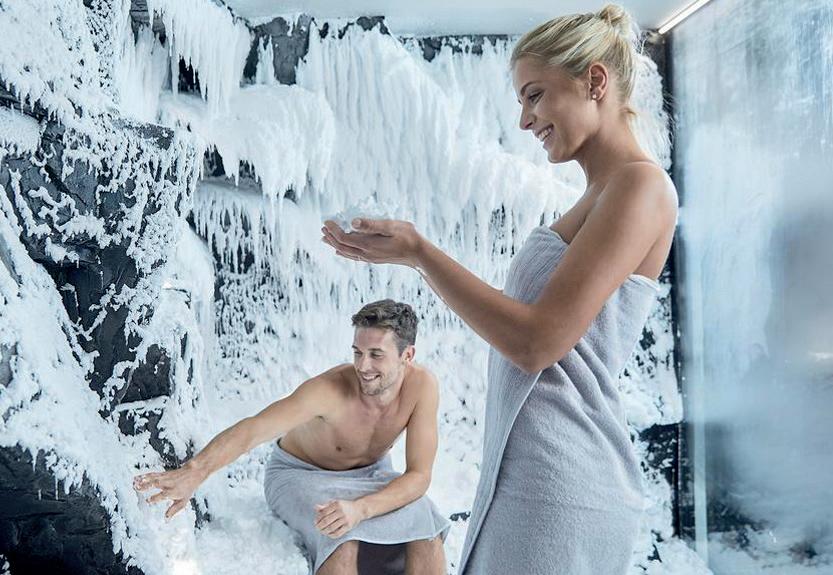
76 The power of recovery
Multiple recovery options are now available for clubs, as Liz Terry reports
82 Third Space
Colin Waggett explains the rollout of the Third Space Recovery Spa concept
86 Life lessons
Terrence the Teacher
Terrence began teaching meditation after suffering two cardiac arrests
92 Courting success
How can health clubs tap into the padel tennis and pickleball boom? Padel’s Luigi Carraro and pickleball’s Karen Mitchell explain

102 Product innovations
We take a look at the latest health, fitness and wellness equipment from leading suppliers in the market
106 HCM Directory
If you’re in procurement, the HCM Directory is part of an extensive network of resources designed for you that includes www.HCMmag.com/CompanyProfiles
108 Research
Not so smart watch
Researchers at Leiden University in the Netherlands show that smartwatches fail to differentiate between excitement and stress




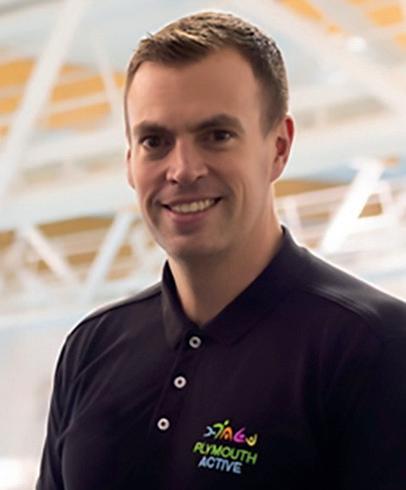

theteam@leisuremedia.com

Editor Liz Terry
+44 (0)1462 431385

Managing editor
Julie Cramer
+44 (0)1462 431385

Editor-at-large
Magali Robathan
+44 (0)1462 431385
Publisher Jan Williams
+44 (0)1462 471909

Head of news
Kath Hudson
+44 (0)1462 431385

Assistant editor Helen Andrews
+44 (0)1462 431385
Email us:
Customer service
+44 (0)1462 471901
Advertising
+44 (0)1462 431385
Subscriptions
+44 (0)1462 471910
Circulation
+44 (0)1462 471932
Finance
+44 (0)1462 471930
Credit control
+44 (0)1462 733477

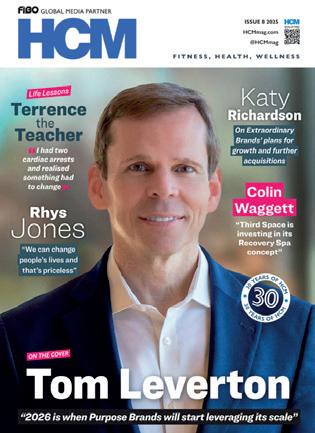


HCM digital
Read free online and enjoy extra links and searchability www.HCMmag.com/digital
HCM magazine is available in print from www.leisuresubs.com
HCM PDF
A PDF edition is available to read offline at: www.HCMmag.com/pdf
Fit Tech magazine www.fittechglobal.com www.fittechglobal.com/archive
HCM Handbook www.HCMhandbook.com www.HCMhandbook.com/pdf
HCM Online library www.HCMmag.com/archive
HCM Ezine & Instant Alerts www.leisuremedia.com/subscribe
Leisure Opportunites jobs & news www.leisureopportunities.co.uk
Buyer Search Engine www.fitness-kit.net





www.hcmsummit.live


To subscribe to HCM in print (Health Club Management): log on to www.leisuresubs.com , email subs@leisuremedia.com or call +44 (0)1462 471930. Annual subscriptions: UK £45, Europe £57, rest of world £80, students (UK) £22.
Style: HCM follows an editorial house style which precludes the use of marketing devices in body text and headlines when it comes to company names and registered trademarks. CamelCase and logical capitals are allowed. Contact the editor for more details – lizterry@leisuremedia.com.
Copyright details: HCM (Health Club Management) is published 12 times a year by Leisure Media, PO Box 424, Hitchin, SG5 9GF, UK. The views expressed in this publication are those of the authors and do not necessarily represent those of the publisher. All rights reserved. No part of this publication may be reproduced, stored in a retrieval system or transmitted in any form or by means, electronic, mechanical, photocopying, recorded or otherwise, without the prior permission of the copyright holder, Cybertrek Ltd 2025. Print and distribution Printed by The Manson Group Ltd. Distributed by Royal Mail Group Ltd and Whistl Ltd in the UK and Total Mail Ltd globally. ©Cybertrek Ltd 2025 ISSN 1361-3510 (print) / 2397-2351 (online)





Unlock your gym’s potential with powerful, data-driven solutions that drive results, boost performance and elevate the customer experience.

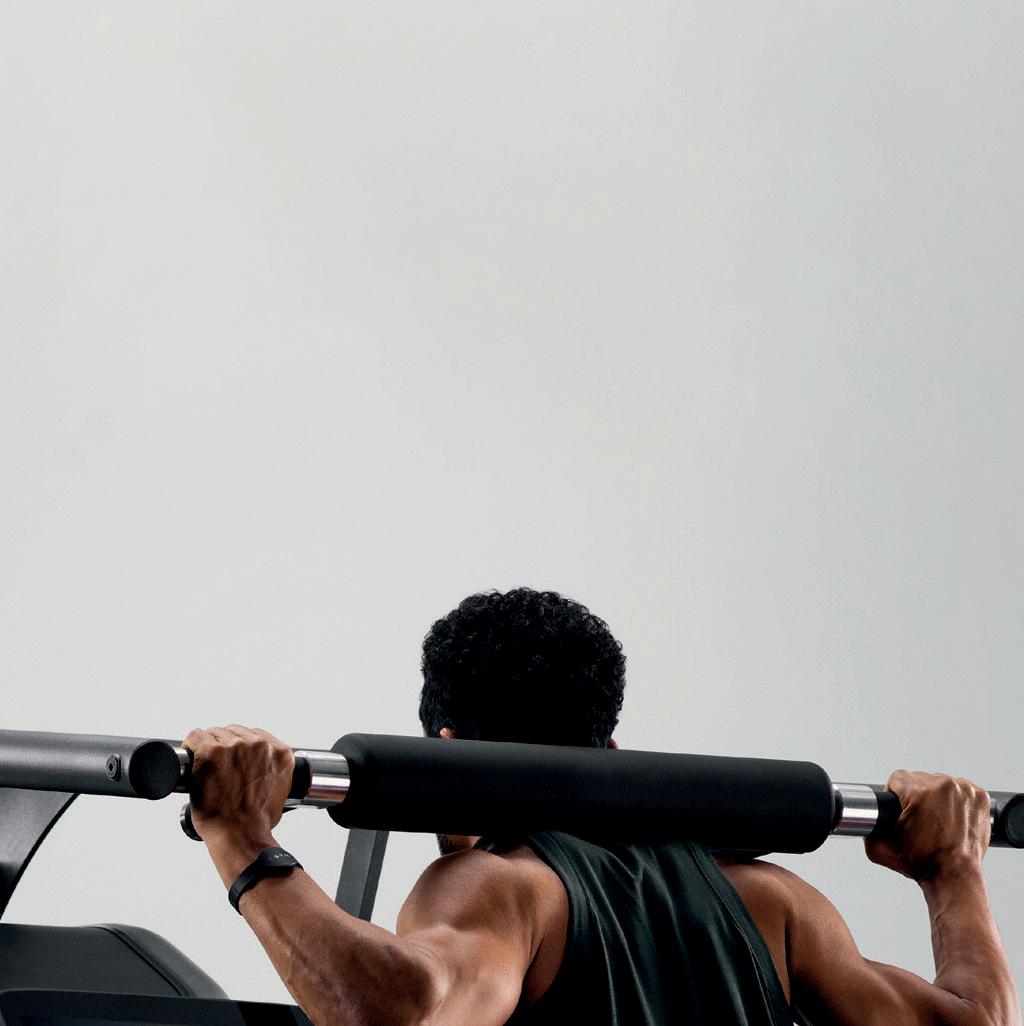



www.egym.com/uk | sales@egym.com


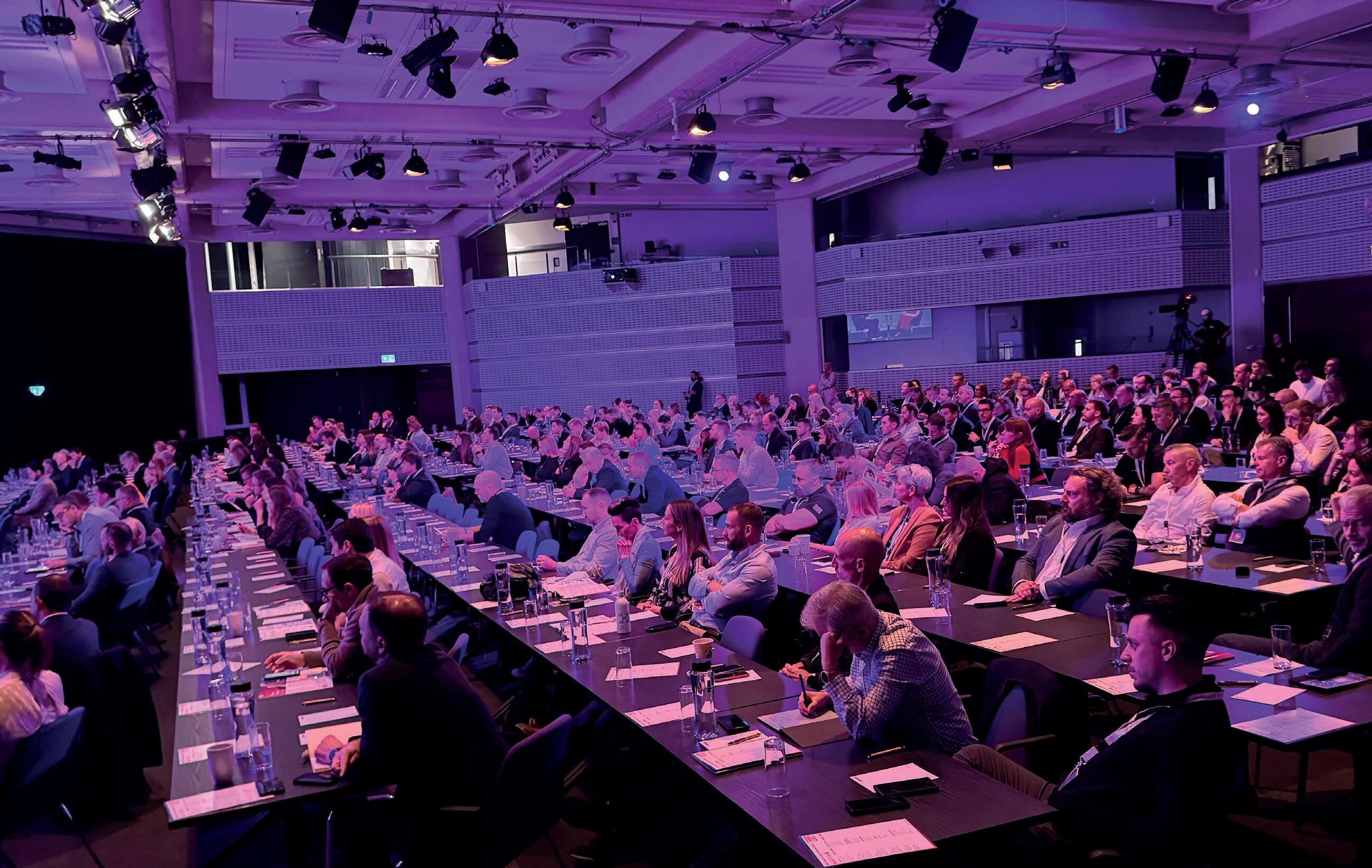



Queen Elizabeth II Conference Centre, London
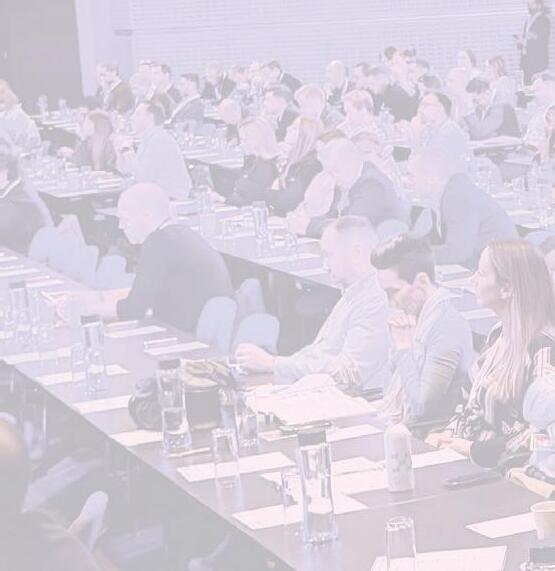











Excitement is building for the all-keynote HCM Summit 2025 from Leisure Media, HCM magazine and Spa Business magazine.

The event will bring together a powerful lineup of speakers and contributors from across the industry to share creative insights and experience, with a focus on business success and innovation.
You’ll go away inspired and informed, with ideas to implement in your own professional life, as well as valuable contacts and access to best practice to drive your success as we head into 2026.
In addition to the summit talks, a carefully curated exhibition will showcase the latest innovations, while summit networking events, including the After Party, hosted by Les Mills, will give the opportunity to connect, make new contacts and do businesses.
All this, along with product sampling, book signings and activations make the summit a powerful and useful event for the sector.









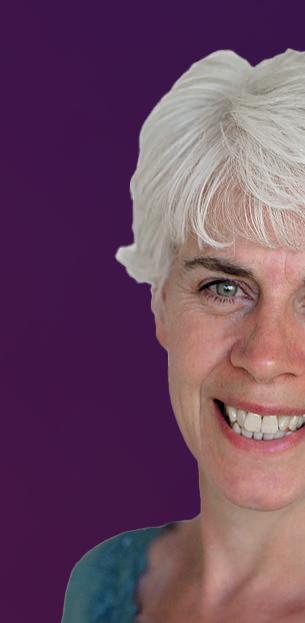


























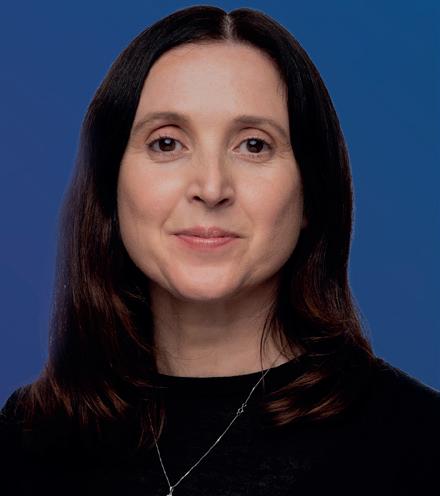





















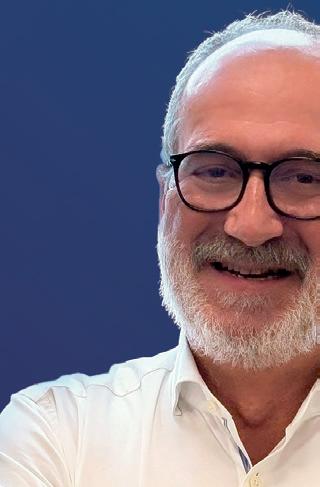



















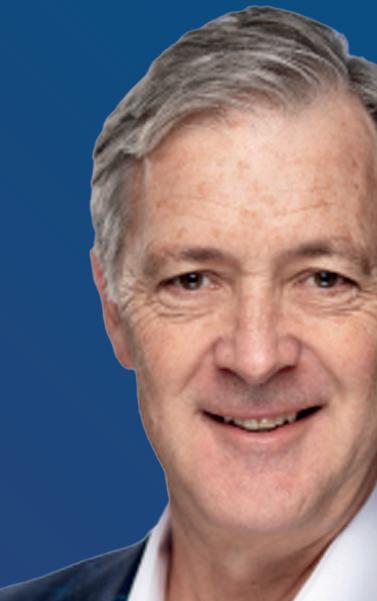











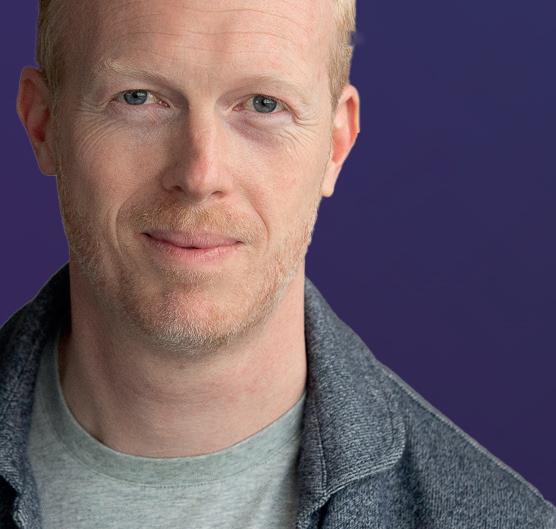











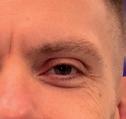
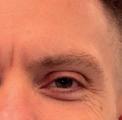

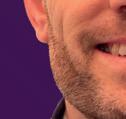










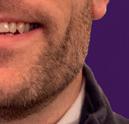









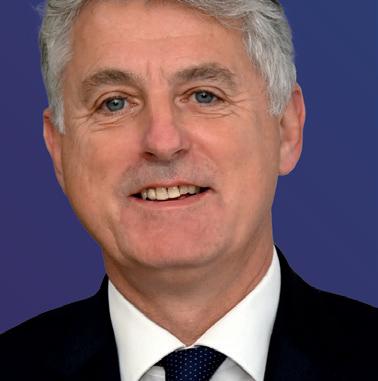










































Fuel the debate about issues and opportunities across the industry. We’d love to hear from you. Write to forum@leisuremedia.com
By aligning funding, outcomes and service providers, communities can create lasting improvements in health and wellbeing
Kerr, CEO, Wave Active
Local public health leaders gathered at Hillbrow Health and Wellbeing in Eastbourne, UK to explore effective ways of delivering on the ambitions of Fit for the Future: 10 Year Health Plan for England (www.hcmmag.com/10yearplan).
The roundtable, hosted by Hillbrow and attended by representatives from Wave Active, South Downs Health Care Federations and local public health leaders, focused on how
collaboration at a neighbourhood level can drive a genuine shift from treating illness to preventing it.
With physical activity recognised as a key determinant of health, participants highlighted the vital role of facilities such as Hillbrow Health and Wellbeing becoming health creators with a clear call to action “We don’t need your money – we need your people.”
It was a great session with all present having a real desire and
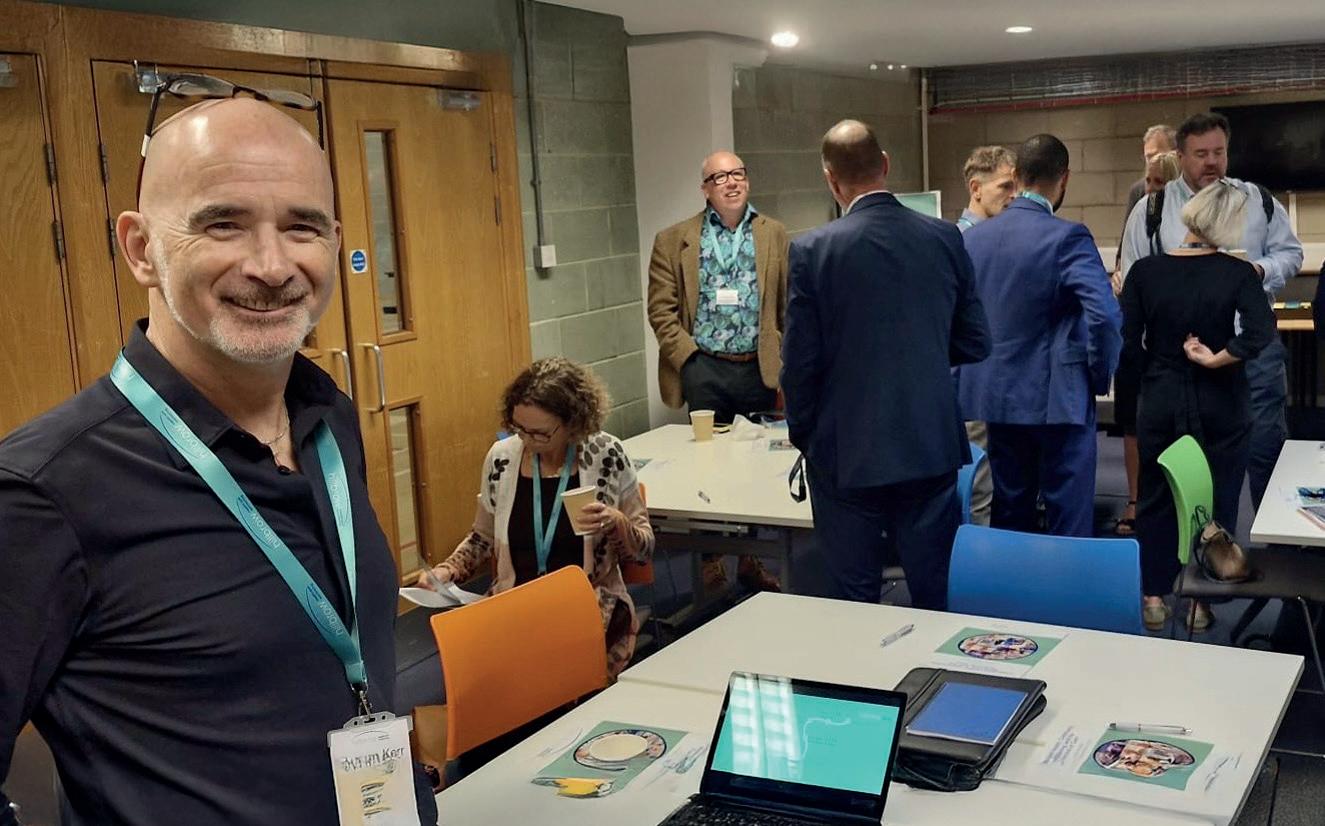

passion to change, collaborate and deliver. The discussion emphasised the importance of bringing people together to create joined-up support for the local populations with the greatest needs.
By aligning funding, outcomes and service providers, the group agreed, communities can create the conditions for lasting improvements in health and wellbeing.
The event concluded with a shared commitment to explore collaboration around diabetes, mental health and out-of-hours emergency provision with a clear underlying desire to make Eastbourne and the surrounding area a beacon for communityled health innovation.
The
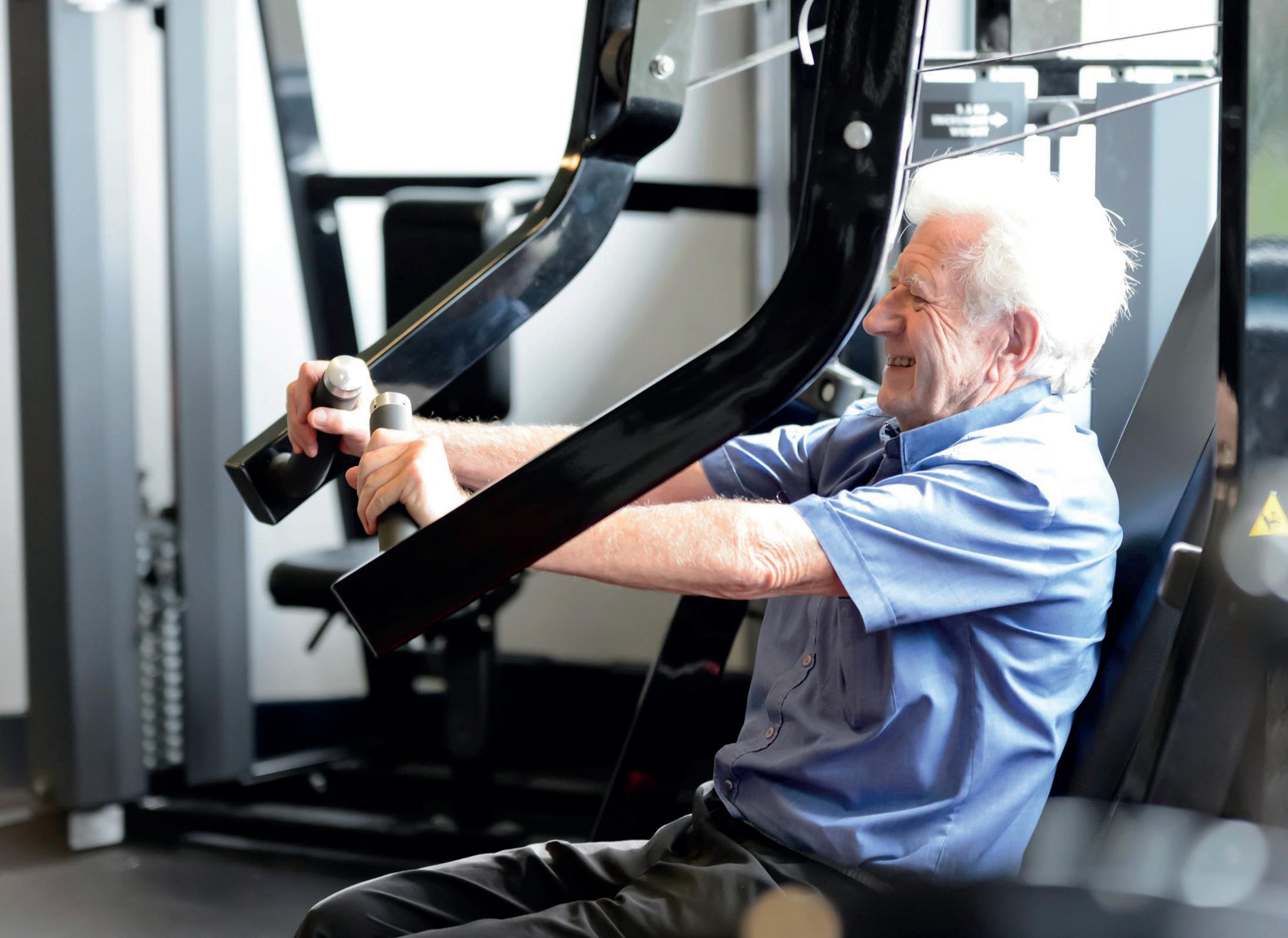
Activity should be a standard therapy, along with clinical care
The UK’s Health and Social Care Committee is actively looking at how physical activity can be used to improve the health and wellbeing of the older populations.
An inquiry was launched earlier this year calling for evidence of how physical activity can minimise and delay ill health as people age and how it can be used throughout older age to reduce the impacts of ill health and prevent the development of multi-morbidity and frailty.
The Committee will also be exploring how physical activity levels could have an impact on reducing the gap between older people in the most and least deprived regions.
Other areas of interest are how health services can work with
social care, local government, the third sector and businesses to support older people to be more physically active and the potential of broadening access to social prescribing.
The Chief Medical Officer has called for there to be a focus on maximising independence and minimising the time spent in ill health between reaching older age and the end of life. Progress on improving healthy life expectancy in England has stalled and people are spending longer living with ill health in their older years. While physical activity has been highlighted as playing an important role in preventing ill health, activity levels in England are lowest among older people.

The submission deadline was 7 August, with 140 submissions received.
I will be presenting on the therapeutic benefits of exercise at a meeting of the committee in October, as well as considering what needs to be done to create positive change.
Ultimately, activity should be a standard therapy, along with clinical care, as well as being championed for prevention. l www.livelongerbetter.uk
Kath Hudson distills the essence of the latest HCM news to tap the trends driving the direction of the sector
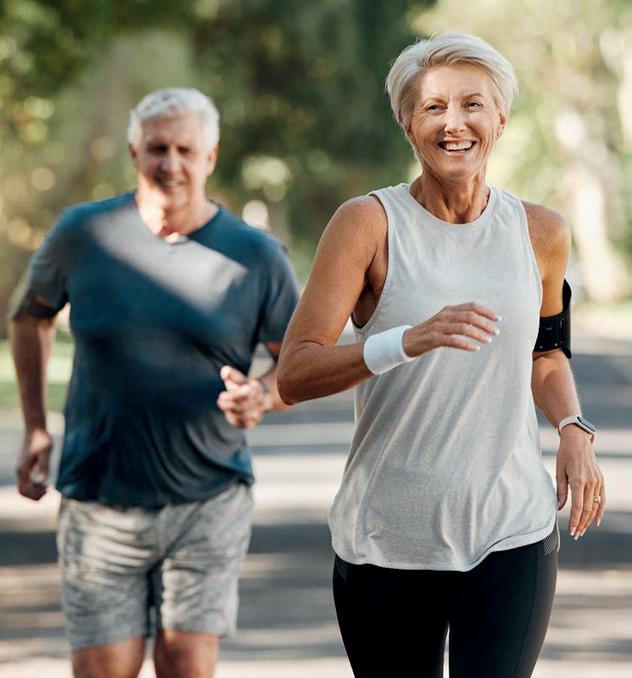

Almost 15 per cent of the global population is due to be 65 or older by 2040
Research from McKinsey Health Institute finds that age-related diseases and conditions account for around 633 million disability-adjusted life years annually. There’s vast consumer demand for solutions that address agerelated poor health – up to 60 per cent of consumer respondents consider healthy ageing or longevity to be a ‘top’ or ‘very important’ priority. The research team suggests that interventions targeted at ill health could save about about US$2 trillion in US GDP.
http://lei.sr/2r5M8_H
Many women – the over-55s, women of colour, pregnant women and women with visible disabilities – are virtually invisible in online images of physical activity. The latest This Girl Can campaign sets out to celebrate them and redefine how getting active looks.
“If you don’t feel see yourself pictured, it’s hard to believe you belong there,” says Kate Dale, director of marketing at This Girl Can and Sport England.
http://lei.sr/Q4R9j_H


Workouts are social time for many
An increasing number of people are using fitness as an important part of their social life, finds Nuffield Health, in a survey of 2,000 UK adults. Young adults, men and homeworkers are seeing the most benefit, and 77 per cent of millennials say their physical activity improves their social wellbeing.
http://lei.sr/S6u3U_H

The Fitness Hub has three 30sq m outdoor plunge pools of different temperatures
Four Seasons Resort Bali at Sayan has launched a fitness hub, with panoramic views of the jungle. It is a place to both work out and unwind. Fitness facilities include a gym, private gym room for two, Pilates studio and lounge. A recovery area has a steamroom, sauna, ice bath, a zero-gravity lounger with infrared technology and three plunge pools.

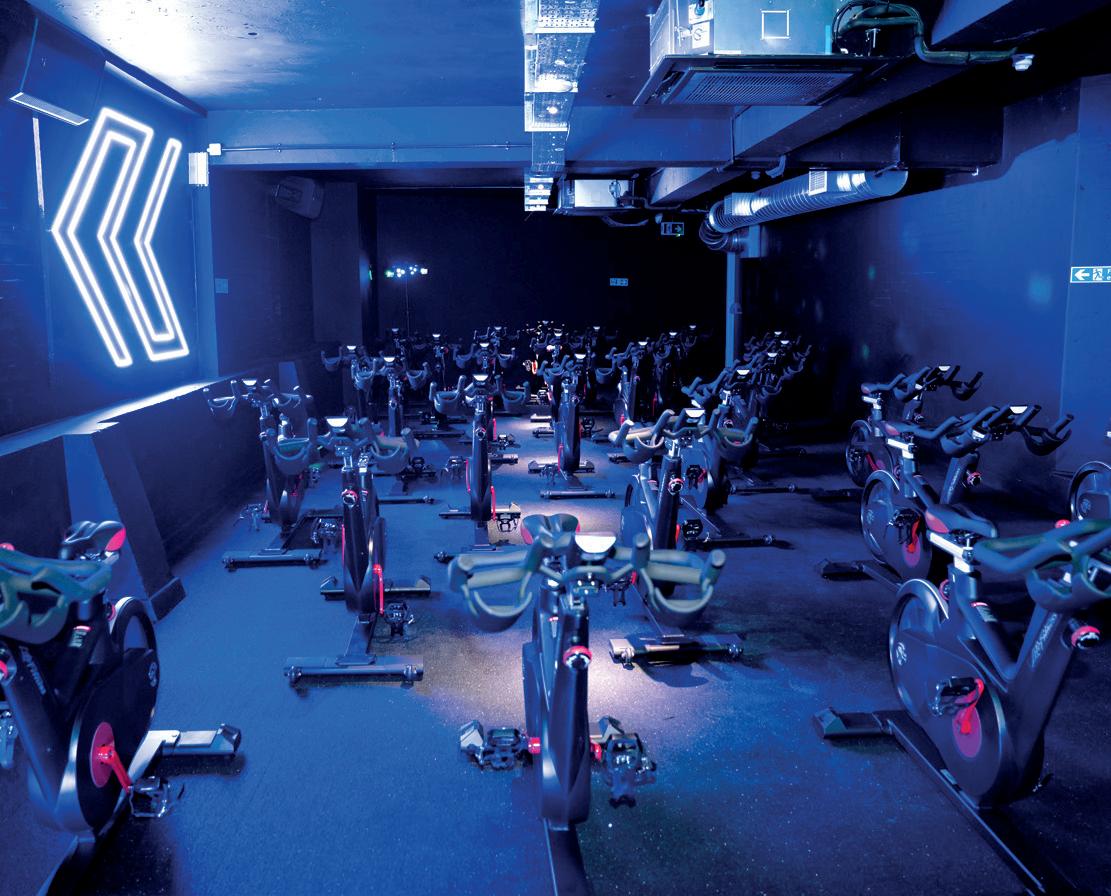
Low-cost fitness operator, NRG Gyms, has acquired Pump Gyms, which has five sites in the south east of England, bringing the estate to 12 and doubling the number of members. “With enhanced cashflow and increased debt capacity, we’re positioned to continue our organic rollout and pursue further consolidation opportunities in the market,” says NRG founder and CEO, Shafiq Ahmed.
http://lei.sr/f2c4g_H
Australian sports recovery operator, Rigs Recovery, has opened its third, and largest, site on the Gold Coast, in Queensland. Facilities are based around contrast therapy and treatments on offer including osteopathy, physiotherapy, IV drips, flotation tanks and LED light therapies. The company’s mission is to make highperformance and wellness techniques accessible to everyone. Several more sites are planned.


Work is underway on a £30 million leisure centre in Leighton Buzzard, UK.
Owned by Central Bedfordshire Council, it will be operated by Everyone Active. Rehab programmes and exercise referrals will be offered through a partnership with Public Health, Children Services and Adult Social Care. Facilities include swimming pools, a gym, group ex studios and squash courts.
http://lei.sr/z7Q2n_H://

Massive in the 1980s, could Step enjoy a renaissance following the latest iteration of the Les Mills Smartstep? The new-look step takes up one-third less space when storing, has easy height adjustments and more flex to boost muscle activation and take stress off joints.

The Les Mills Smartstep has been designed for better performance


A survey of 2,000 16- to 28-year-olds commissioned by The Gym Group found 44 per cent of those questioned say fitness is their first or second discretional spending priority and73 per cent exercise at least twice a week.
TGG’s master trainer, Jenni Tardiff, says Gen Z are taking a more holistic approach to training than previous generations.
http://lei.sr/5P7r4_H
http://lei.sr/F8C3V_H
Manchester’s hospital redevelopment will pioneer a healthy ageing environment, with a neighbourhood designed to support people as they get older. Local housing will be developed with technology, such as medical wearables and remote monitoring, which will allow people to live independently for longer. A joint venture between the NHS and Manchester City Council, chiefs say the scheme is an exciting plan for developing civic-led, healthcare regeneration.

North Manchester General Hospital will set new standards in community health


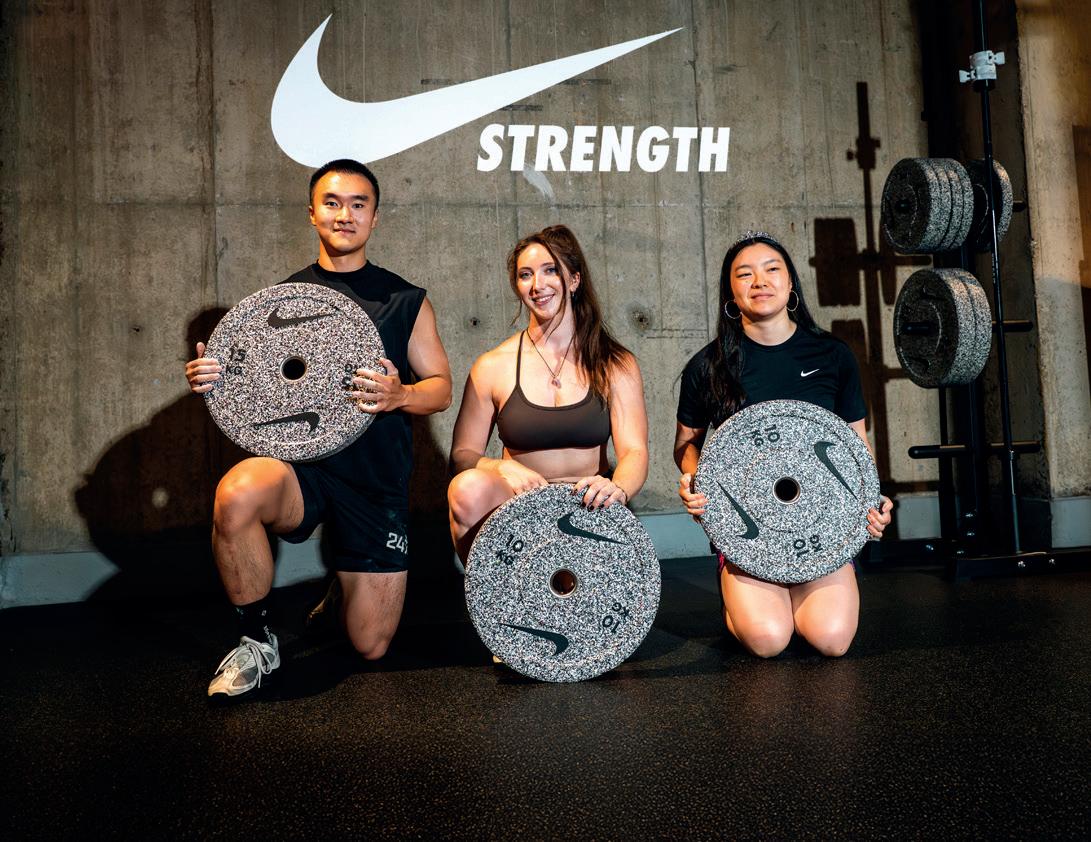
Gymbox Farringdon, owned by Urban Gym Group, is the first gym in the UK to introduce Nike’s strength range, some of which is made from recycled materials, such as end of life sneakers and unused manufacturing product.
http://lei.sr/s8R5V_H

Xtreme Fitness Gyms has partnered with Hyrox
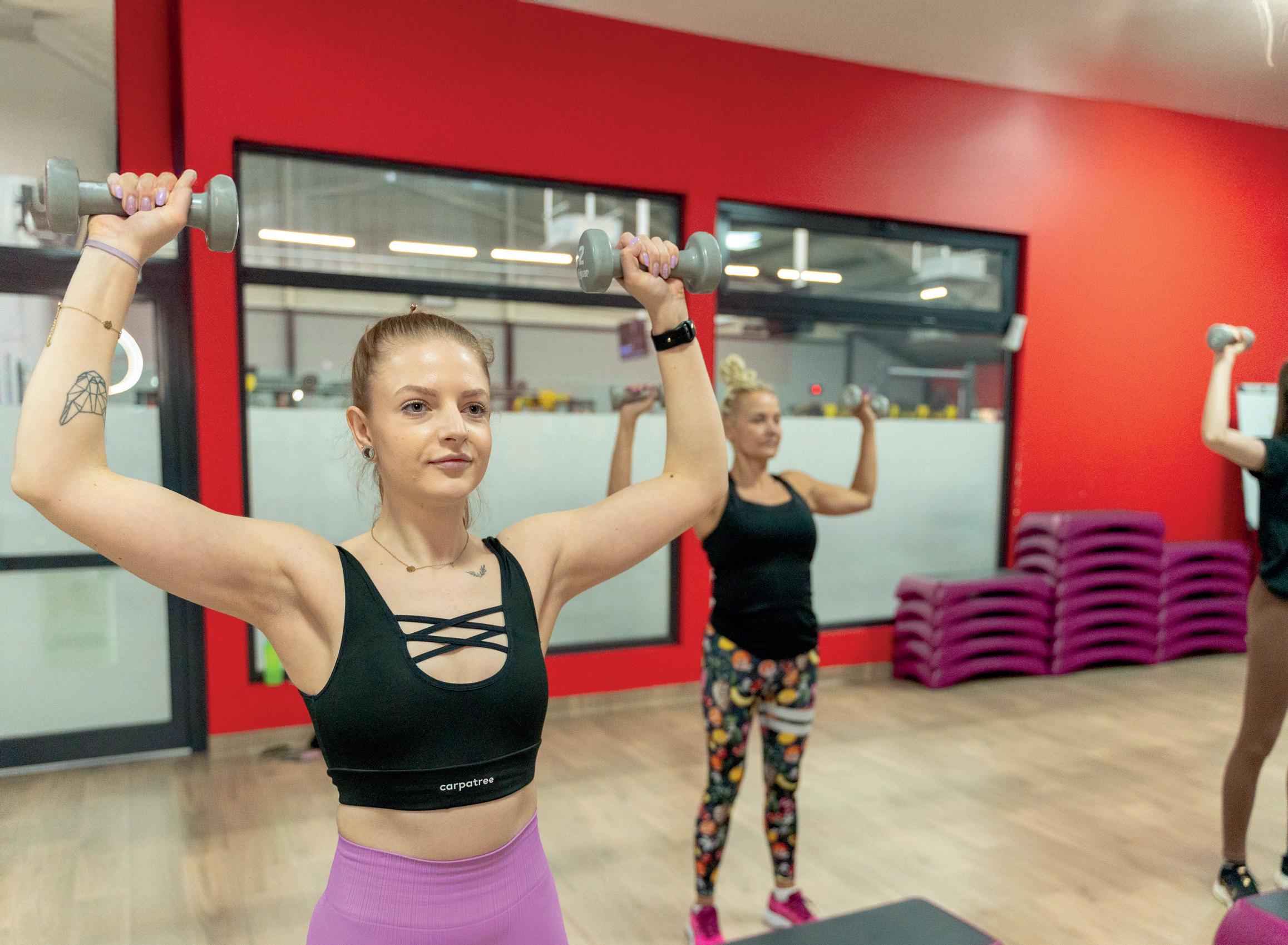
http://lei.sr/s9P7b_H
Private members club and spa operator, Soho House, has taken on equity investment from US hotelier, MCR Hotels. Worth US$2.7 billion, the funding allows the company to come off the New York Stock Exchange where it was struggling. A number of existing shareholders have maintained their stakes. Aspria founder and CEO, Brian Morris, cites this high-profile deal as the catalyst for bringing investors knocking on the door of his company.


“Collaborating with Hyrox Training Club is a unique opportunity to combine an international training brand with the local energy of our clubs”
Magda Pasuto,
Xtreme Fitness Gyms.”
Poland’s largest gym franchisor, Xtreme Fitness Gyms, has signed a deal to become the country’s official Hyrox partner.

SATS’ strategy of pausing expansion to invest in the product offering and drive up operational excellence continues to pay off. Q2 results showed revenues were up by 10 per cent and workouts by 4 per cent. The company is paying out its first dividend. SATS is building its success on group exercise
http://lei.sr/f3C4b_H
The 2025 HFA Global Report, which looked at almost 30 markets, shows that around the world more people are joining gyms and seeing fitness as essential, despite rising living costs.
After surviving economic slowdowns and a global pandemic, the fitness industry is growing a reputation as being a long-term investment target, especially since club offerings have expanded into mental wellness, recovery and longevity. Ninety

“In 2024 many countries reported all-time highs in facilities, memership and penetration”
Liz Clark
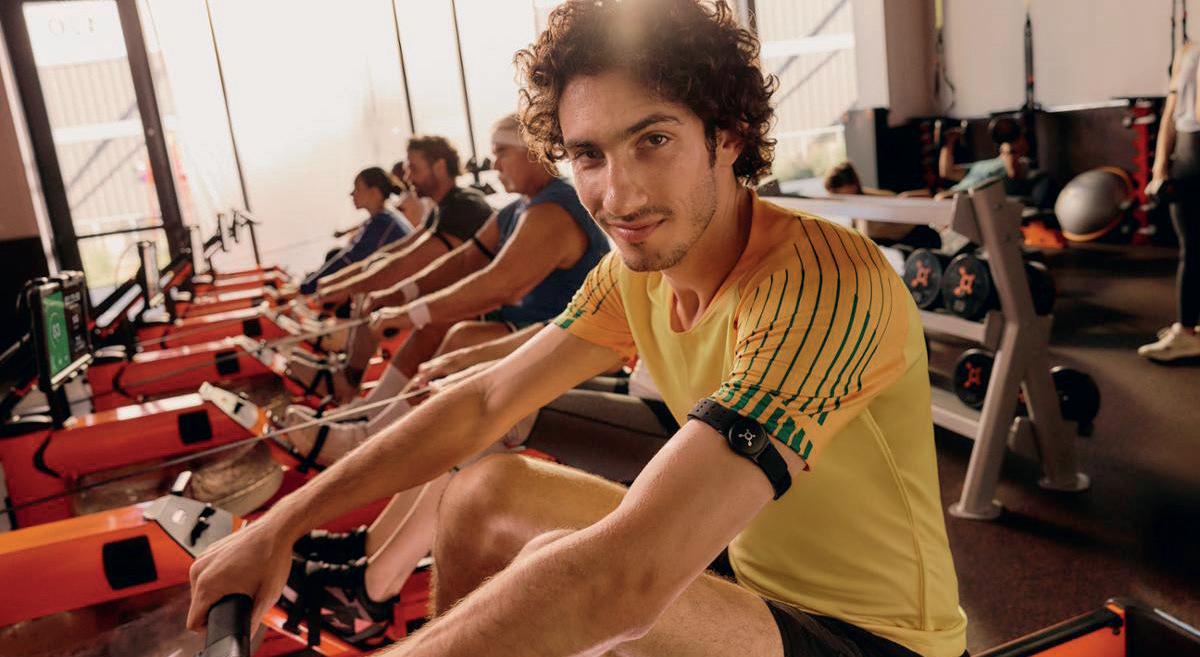
The report found Purpose Brands has more sites than any other operator
one per cent of respondents anticipate growth in 2025.
HFA’s CEO and president, Liz Clark, says: “In 2024, many countries reported all-time highs in facilities, membership and penetration.
“Operators continued to invest in innovation – from AI and wearables to recovery services and strength-focused design. Public
discussions around obesity, mental health and prevention increasingly included the role of fitness.”
Growth opportunities abound in emerging markets; Gen Z and millennials are driving growth and higher income segments are creating premium opportunities.

TDR Capital has taken on fresh investment and created the new TDR Capital Titan fund for David Lloyd Leisure (DLL) in a deal which values the company at around £2 billion.
TDR took control of DLL in 2013 and since then the health and racquets company has almost doubled the number of its clubs, with more than 40 new locations.
TDR has made several attempts to exit its ownership but not found a suitable deal. The new arrangement allows TDR III investors to realise their investment and gives the five new investors the opportunity to get involved in the company’s future expansion.
More than £100 million will be allocated to support growth.










“We’re delighted to have TDR’s continued backing as we enter our next phase of growth.”
Russell Barnes
DLL CEO, Russell Barnes, says: “We’re delighted to have TDR’s continued backing as we enter our next phase of growth. It comes off the back of our strongest year yet, both in terms of membership numbers and the performance of the business.”
European health and wellness group, Aspria, has confirmed it is taking on investment in order to accelerate its pipeline and enter new territories.
“The interest from a number of investment houses was totally unsolicited,” founder and CEO, Brian Morris, told HCM. “They got wind of our growth plans and pipeline and our focus on longevity has piqued their interest.”
Three investment groups have expressed an interest in investing in the company, which has eight Aspria sites across Germany, Italy and Belgium and two Aspresso sites in Spain and Italy, with a third underway. Both are aimed at families: Aspria is high-end, while Aspressa is a higher volume, lower price model.
“The interest from a number of investment houses was totally unsolicited.”
Brian Morris
Morris says the investment will turbo-charge the rollout. “Plans will accelerate when we take on the investment,” he says. “We’ll ‘cluster and fill’ in the countries we’re in and also develop new territories, which we haven’t been in before, but which I know very well. That’s what this inbound interest is all about.”
While Morris has not confirmed the new territories, there are rumours that a rollout in the UK could be on the cards, which would be a homecoming for the industry veteran.
http://lei.sr/b9V3m_H

US country club operator, Life Time, has opened an exclusive fitness club with performance diagnostics and personalised training facilities called LT Digital Studio in New York City.
This cross-over between longevity technology, relaxation therapies and professional working collaboration facilities combines to form what Life Time is calling an Innovation Lab.
The facility will offer an expansive gym and studio space, a treatment room, meditation room, retail space, co-working meeting lounge and cafe area.
There is even a digital production studio for media content creation, such as podcasts.
The studio will offer Brian Mazza’s High Performance Lifestyle Training (HPLT), a transformative brand recently acquired by the operator.
This club will offer Life Time’s most expensive membership tier, called LT High Performance, giving members

access to elite training protocols, such as VO2 Max, RMR testing and body composition evaluation. Members will also have access to the other 180 clubs across the US.
Immersive meditations, breathwork sessions and yoga classes will be available alongside group fitness classes.
Thought leadership summits will be arranged, alongside networking events, invitation-only wellness retreats and members will also have access to a Life Time concierge.
Cutting-edge recovery therapies will also be on offer at the studio.
Perth and Kinross Council has officially opened the £36 million Blairgowrie Recreation Centre – Scotland’s first Passivhaus leisure development.
Designed by architects Holmes Miller, which specialises in carbon neutral development, the leisure centre sets a new benchmark for sustainable sports and leisure buildings in Scotland. The UK currently has only one other leisure centre built to Passivhaus standards: St Sidwell’s Point in Exeter, Devon.

“This is a milestone for Perth and Kinross Council and Scotland.”
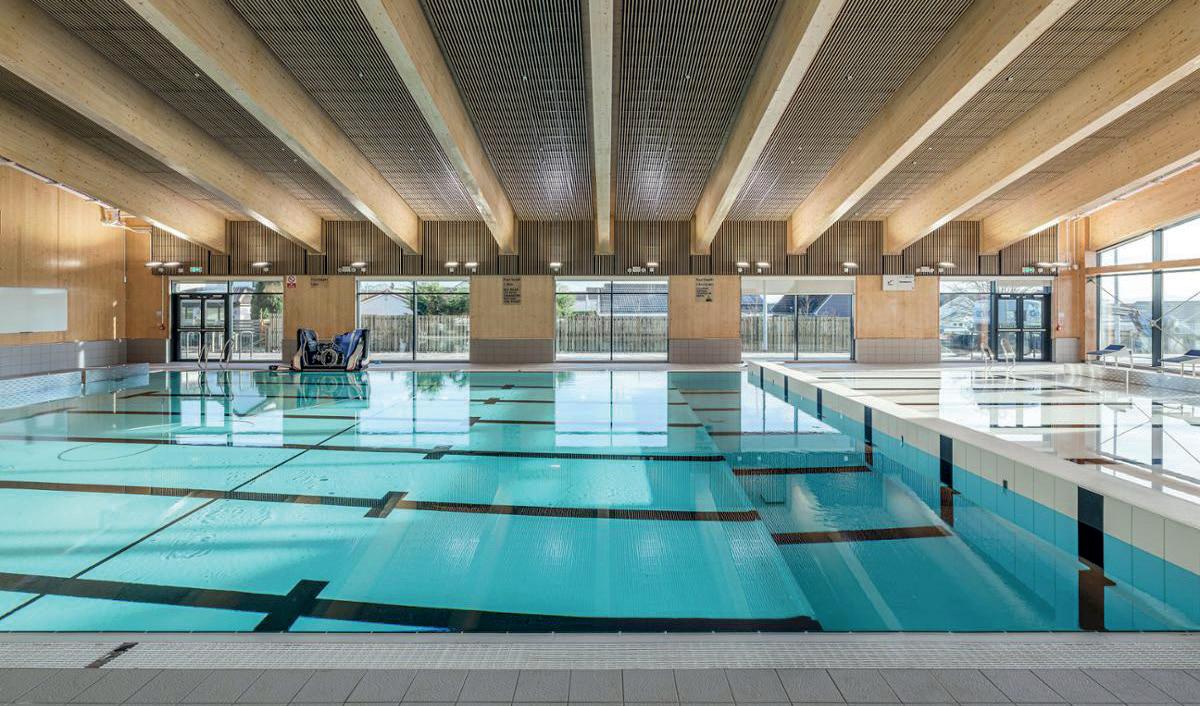
Blairgowrie Recreation Centre offers a beautiful environment for swimming
Blairgowrie replaces an outdated 1980s facility, and offers a six-lane, 25-metre, competition-standard swimming pool, a fitness suite, a four-court sports hall, a two-court gymnasium, a dance studio and an external all-weather sports pitch. It will be used by both Blairgowrie High School and the local community.
Yida Zhou, project architect at Holmes Miller, said: “This is a milestone for Perth and Kinross Council and Scotland. The first of its kind in the country, it is a testament to what can be achieved when good design and sustainability are combined.”
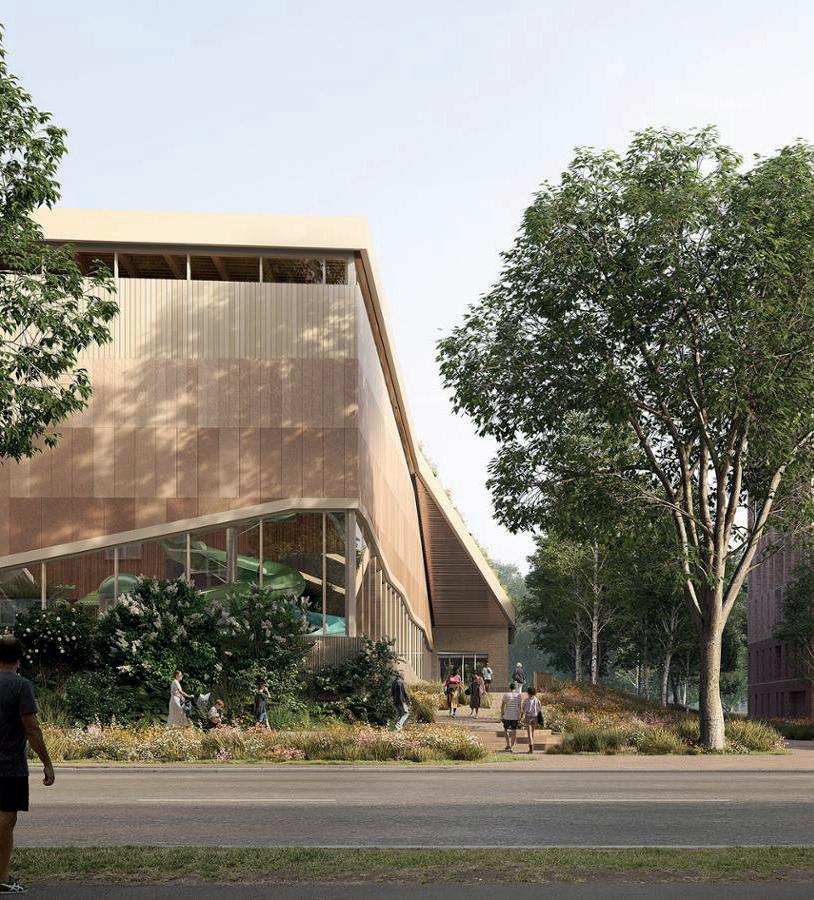
Work is underway in the London Borough of Ealing on a landmark leisure centre to replace the old Gurnell Leisure Centre, which remained closed after COVID.
The modern complex will include London’s third Olympic-sized swimming pool, a waterpark with slides, fitness studios, a climbing wall, a soft play area and a café.
Outside will be a new skatepark, BMX track and children’s playground. Green space around the new leisure centre is likely to form part of the borough’s proposed new regional park and 450 trees will be planted.
“This project is not just about replacing a building; it’s about providing a lasting legacy that supports the health, happiness
and the wellbeing of the borough’s residents and those who live further away,” says council leader, Peter Mason.
As one of the UK’s first all-electric leisure centres it is expected to use 81 per cent less energy each year than the former leisure centre. The pool will be heated by a system which uses recycled surplus heat generated by other devices in the building.
The £125 million Gurnell redevelopment is a key part of Ealing Council’s plan to create a more vibrant, connected and sustainable borough, reflecting findings from a two-year consultation.
GT3 Architects are leading on the design, with completion due in 2028.
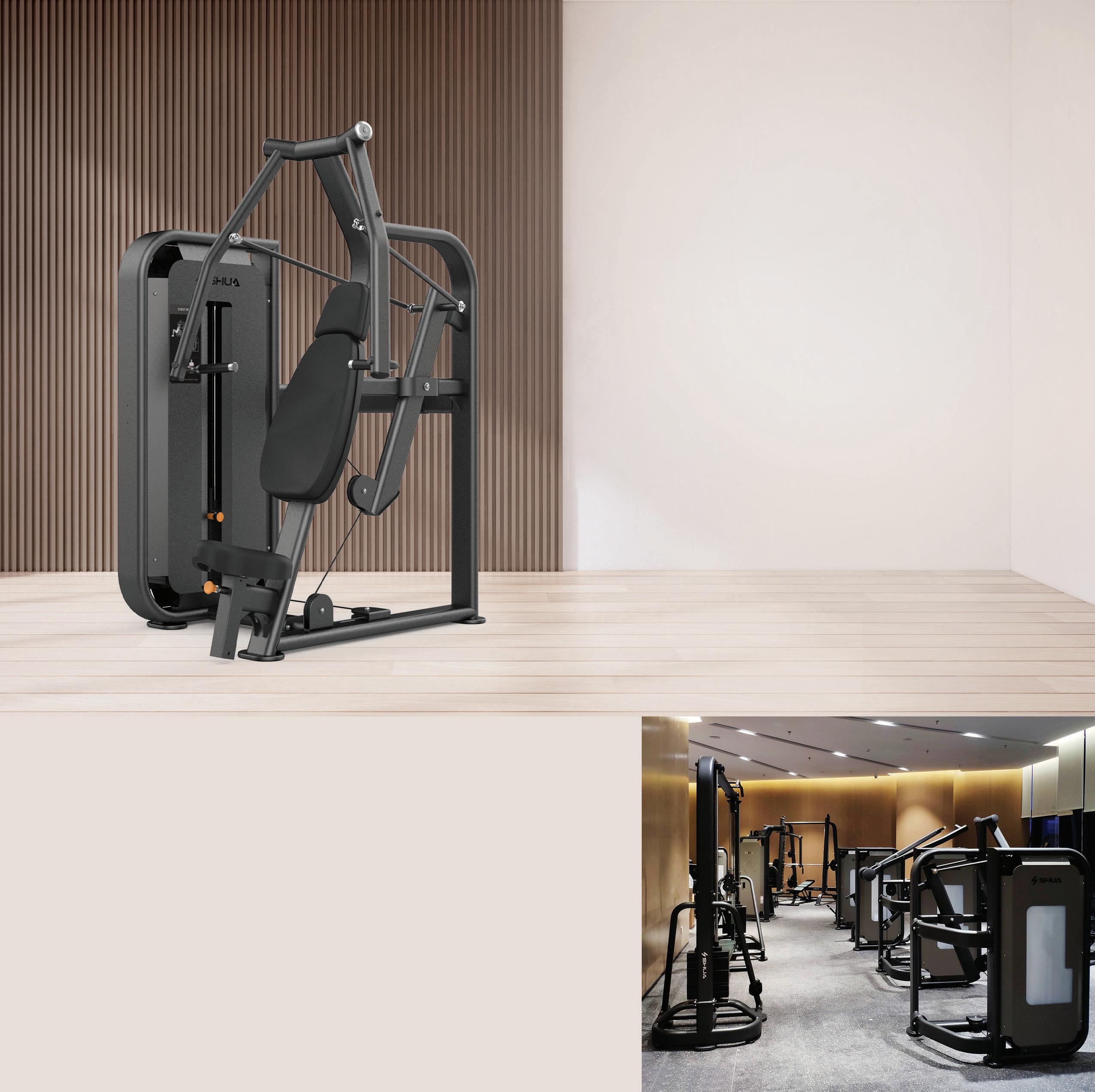
Embrace an easy way to stay active

SHUA’s all-encompassing fitness equipment range, now available exclusively at FS Commercial Division
Featuring some of SHUA’s latest strength equipment and innovations, the 68 Series is the result of extensive development and design work. Utilising premium materials, ergonomic frames and heavy weight stacks, the selectorised 68 Series is a top choice for commercial gyms and training environments.

Anew medical membership has been launched by The Wave Active and South Downs Health and Care partnership.
Available at the forward-looking Hillbrow Health and Wellbeing centre – a collaboration between fitness and medical professionals and launched a year ago in Sussex, UK – the MyHealth membership is available on a 12-month contract for an upfront payment of £420 and a monthly membership payment of £69.80.
Members get unlimited use of facilities, a personalised fitness plan, a health assessment, access to six 25-minute GP appointments a year and a comprehensive health check, incorporating access to the Medicubex a preventative healthcare solution.

“Our ultimate goal is to change the way clinical and leisure professionals work together.”
Duncan Kerr
Hillbrow co-founder, Duncan Kerr, says: “Our ultimate goal is to change the way clinical and leisure professionals work together on a daily basis to improve the health of the local community. We’re stronger and more effective in partnership.”

The Gym Group is celebrating successful half-year results –and the ongoing benefits of its Next Chapter strategy, with like-for-like pre-tax profits up £4.4 million to £4.9 million.
Revenue increased by 8 per cent; average revenue per member rose by 4 per cent and memberships were up by 5 per cent.
Five new sites have been opened in 2025 and eight more are in progress, putting the low-cost operator on track to open 14-16 new sites
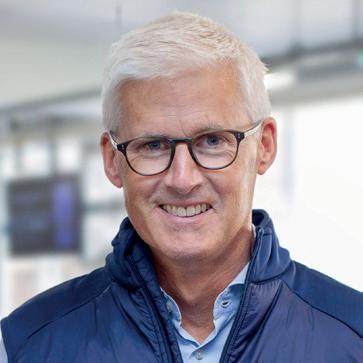

Will Orr, CEO of The Gym Group, told HCM: “The trading performance has been extremely stable this year and we’re getting great customer satisfaction scores – 94 per cent of members rate us four or five out of five for overall satisfaction.
“We’re also seeing lots of encouragement for the market itself, which continues to grow
in terms of UK penetration and fitness is increasingly becoming a non-negotiable.”
Gen Z makes up 40 per cent of the membership base and efforts are being made to tailor the offering to this cohort, with targeted marketing with the rollout of a new brand aesthetic.







From warm-up to finish line – we’ve got your members covered.






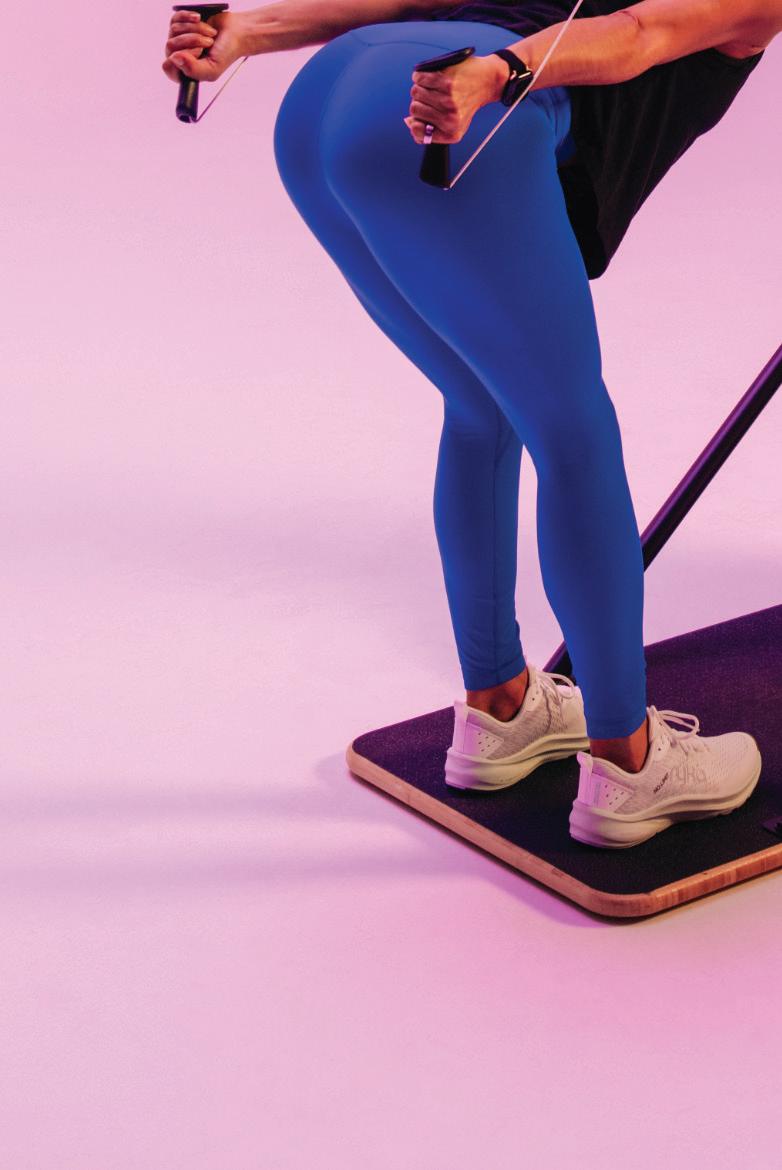

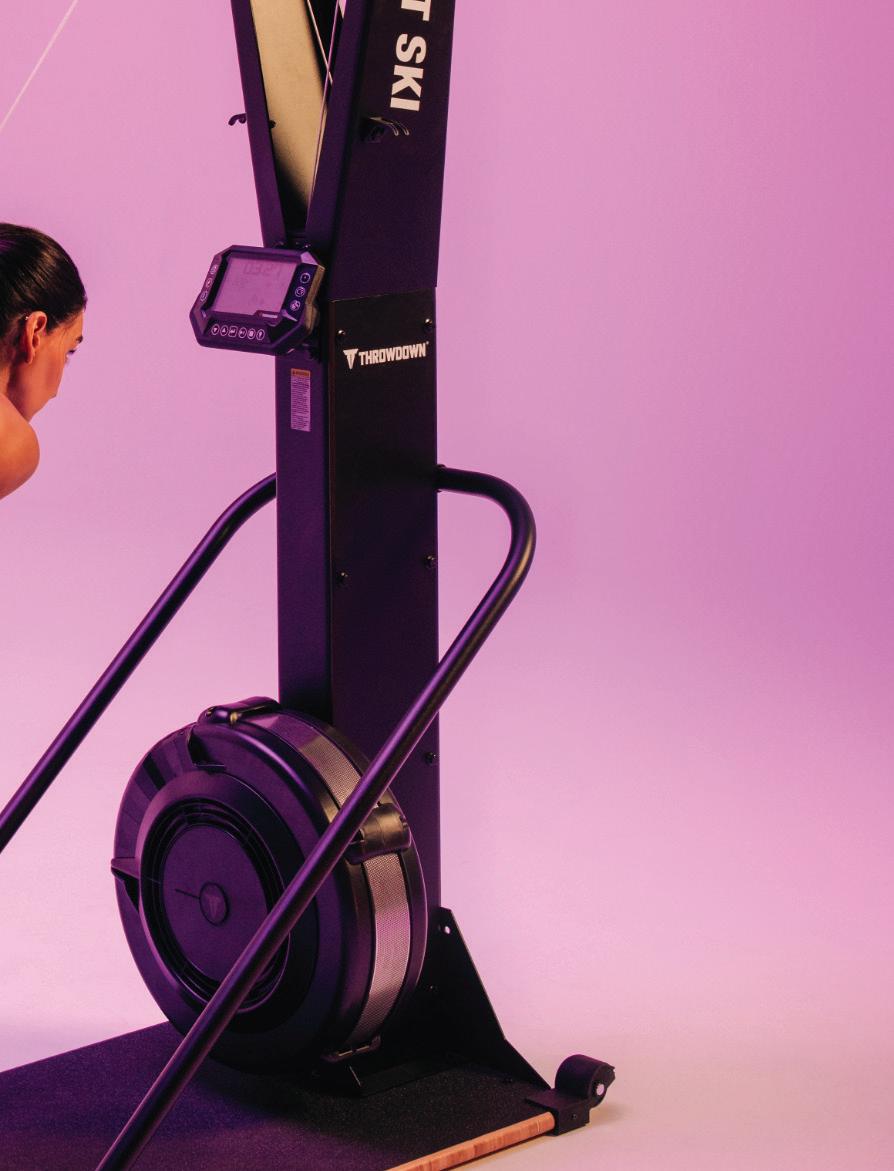




Polar has launched Polar Loop, a screen-free wristband that tracks activity, recovery and sleep, showing how every active choice contributes to overall health.
The Polar Loop gives a holistic view of the users’ lifestyle – tracking steps, general activity, workouts and quality of sleep. There are no screens to look at or buttons to press, everything is automatically recorded and then uploaded to a userfriendly platform on the free app.
“With Polar Loop, we’re encouraging people to focus on everyday momentum – those small consistent actions that lead to lasting change,” says Sander Werring, CEO at Polar.
“Life itself moves in loops, shaped by our daily routines and choices. By helping people recognise and improve these patterns, we’re supporting sustainable progress and healthier habits for everyone.
The device has been engineered to be light enough to be barely

noticeable, so it’s comfortable enough for sleep and slim enough to share space with a traditional watch.
This is Polar’s first product to be offered as a one-time purchase, rather than on a subscription basis, with no hidden fees, paywalls or
upsells. All user data is protected by the EU’s strict safeguards, information stays inside the Polar ecosystem, is never sold to third parties and is erased if the account is closed.
European affordable fitness giant, Basic-Fit has designed AI personas to act as personal workout buddies.
Fitbuddies are now available in the Basic-Fit app for users in the Netherlands. The aim is to
provide an accessible solution to intelligently guide exercise habits, ensuring people aren’t left to fend for themselves. It’s hoped they will help people retain momentum at the tricky four to six weeks point when many lapse their memberships.

“When you start working out, it’s often your mind that offers more resistance than your body,” says Erica van Vonderen-Hahn, chief commercial officer. “Fitbuddies provide that little bit of extra encouragement at the right time. They’re there for you, not to push you, but to support you.”
Based on behavioural data and interactions in the Basic-Fit app from 4.4 million members, five Fitbuddies have been designed, each with a distinctive personality. Glow is calming and empathetic; Power is energetic and motivating; Strive is tailored to people with physical disabilities; Vibe is playful and fun and Energy is results-driven and always cheerful and encouraging.




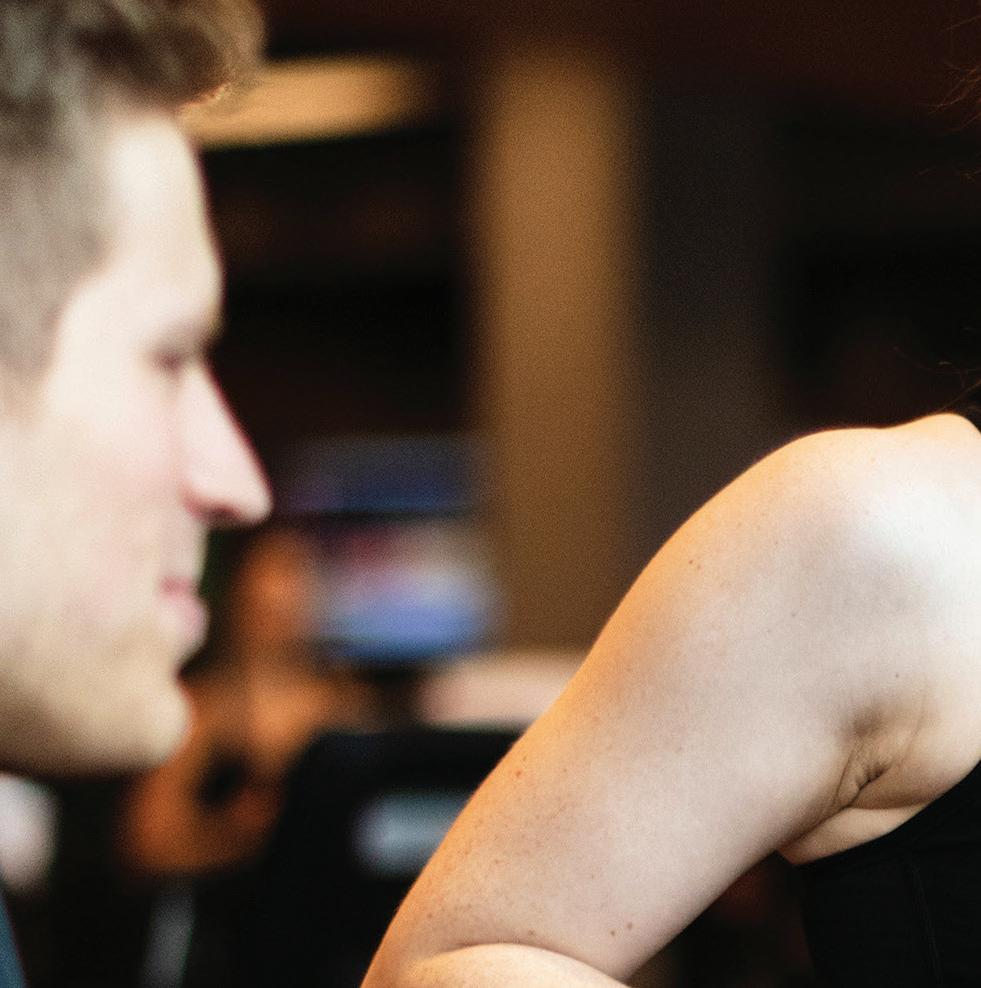





Since 1990, in 6 different countries, CFM have provided end-to-end marketing campaigns for health clubs. In just 6 weeks, we action a variety of digital marketing, open days, direct mail, outdoor advertising, guerrilla marketing and corporate outreach programs. We provide onsite Fitness Consultants who do all the marketing and selling, so all you have to do is look after your new members.



Our multi-faceted strategic marketing approach ensures multiple exposures to members of the community. We motivate the hard-to-reach segments of the market and stimulate a significant net growth in leads and sales for your club.

There is no upfront charge for our services, we simply take a commission for each sale we make. That means we're fully invested in your success.






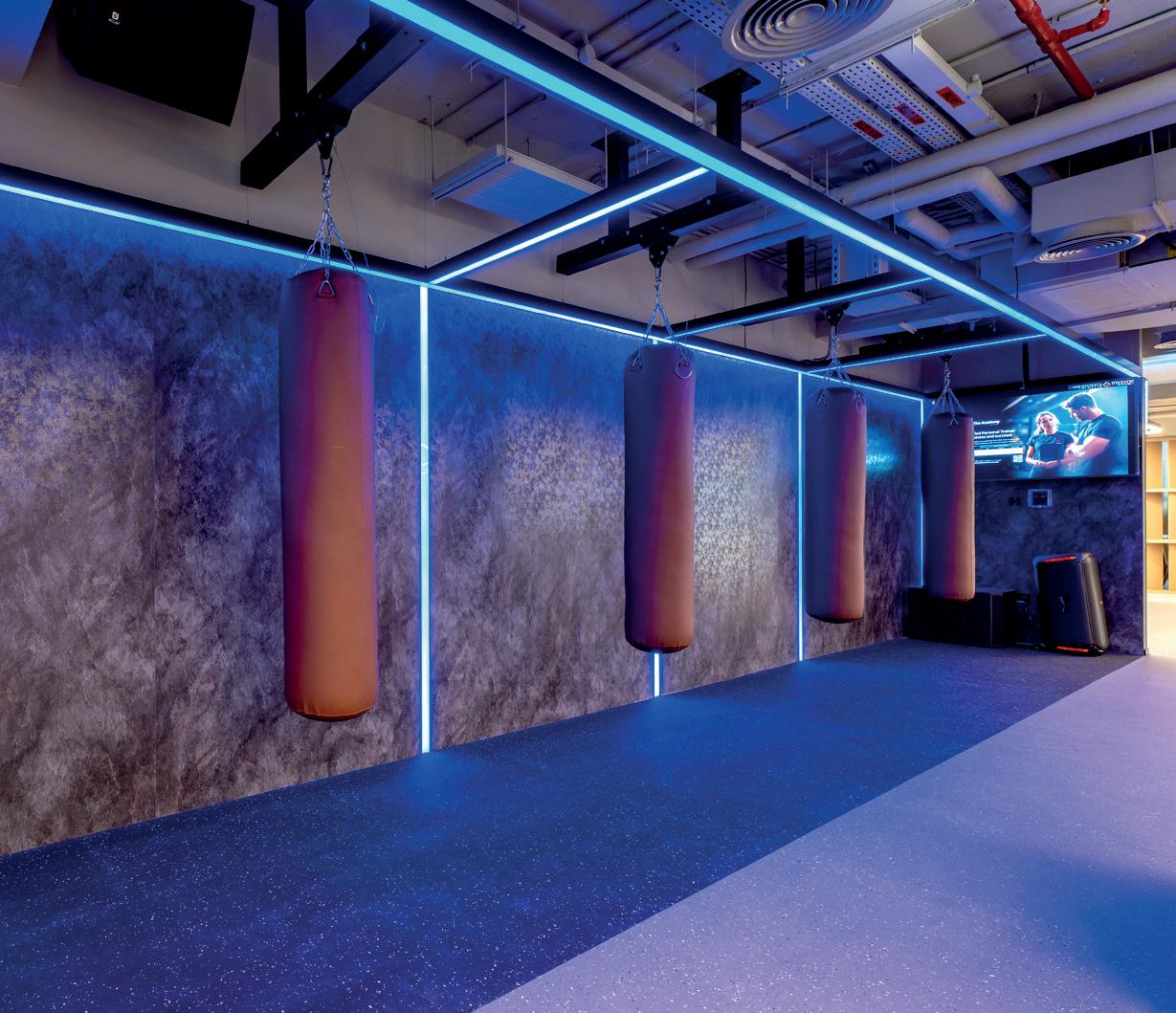
Fitness First Middle East has reopened its iconic Dubai Media City site – which closed in 2021 – as a flagship wellness destination with fitness and recovery facilities.
“This reopening is more than just a new club launch,” says Mark Buchanan, CEO of Fitness First Middle East. “It celebrates a space that has meant so much to our members and the wider fitness community, we’ve brought it to life again with innovation, thoughtful design and experiences centred entirely around our members.
“Returning to a place that’s shaped so many journeys is always special and when it comes back stronger, fresher, and fully reimagined, the impact is unforgettable. This reopening captures the essence of Fitness First today –honouring our legacy, fostering community, embracing innovation and promoting wellbeing. It’s a club built to inspire, to energise and to stand as a beacon for the future of fitness across the Middle East,” he says.
The offering includes a dedicated Reformer Pilates Studio by Peak Pilates, an immersive cycling studio with




screen technology by Technogym, a boxing zone, a multi-purpose group exercise studio, fully-equipped cardio and strength areas, a free weights section, a functional freestyle zone, and an outdoor training area.

“This re-opening captures the essence of Fitness First today”
Also on offer is a swimming pool, an indoor bouldering wall and an extensive class programme including Zumba, Les Mills, Fitness First’s water-based programmes and virtual workouts on demand. Fitness First’s MyCoach programme provides personalised, advanced coaching to help members maximise results.
Mark Buchanan
The recovery zone features infrared saunas, cold plunge pools, compression therapy, Hyperice recovery
tools, and professional sports therapy services. There’s also a lounge and nutritious health bar for members to relax and connect.
To celebrate the launch, Fitness First is offering an exclusive limitedtime promotion, with up to three months complimentary for new members. Media City members will also gain access to every Fitness First club across the region.
Owned and operated by Landmark Group in the Middle East and North Africa, Fitness First has 43 clubs across 34 locations in the UAE, Bahrain, Kuwait, and Qatar.

Foundry prioritises kit and staff over glamorous fi t-outs

Foundry – which offers a no mirrors, no mobiles, small group training concept – has opened its seventh site in London.
The new 5,000 square foot space, in Moorgate, is its biggest gym to date and continues the brand’s mission to make elite coaching accessible in a premium, functional and friendly space. There are separate studios for PT, classes, and physiotherapy through a partnership with Perfect Balance.

“We’re entering an exciting period for Foundry, with nine sites by the turn of the year”
There is also an Inbody machine to measure body composition; a VALD system to measure metrics such as strength, power, movement, balance and assymetry and this is said to be the first gym in the UK to offer a DEXA (Dual-energy X-ray Absorptiometry) scan to measure bone mineral density and the amount of fat and muscle.
Ben Gotting
Foundry was launched by ex-professional rugby player Ben Gotting, who is still executive head coach. Jean-Claude Vacassin was recruited as CEO in 2022 and introduced the small group training business model.
Sessions run on the hour every hour, there is a choice of Stretch, Build, Hybrid, Run Club and in the summer an erg class called Sweat. A membership costs £250 a month.
TV presenter, Ben Shephard, has credited Foundry for his recent transformation at 50.
Interviewed in HCM last year, Vacassin says: “We don’t waste money on marble walls or glamorous fountains, but spend our money on best-in-class equipment and invest heavily in our staff.”
This is the second site to open after taking on investment and two new directors last year. Foundry is currently looking around London and the south east of the UK for further growth but isn’t ruling out going further afield or even franchising.
“We’re entering an exciting period for Foundry,” says Gotting. “With the business expanding to nine sites by the turn of the year and we’ll also be celebrating our 10th birthday in 2026.”
http://lei.sr/z5Z4R_H

Foundry’s small group training concept has proved successful for the business
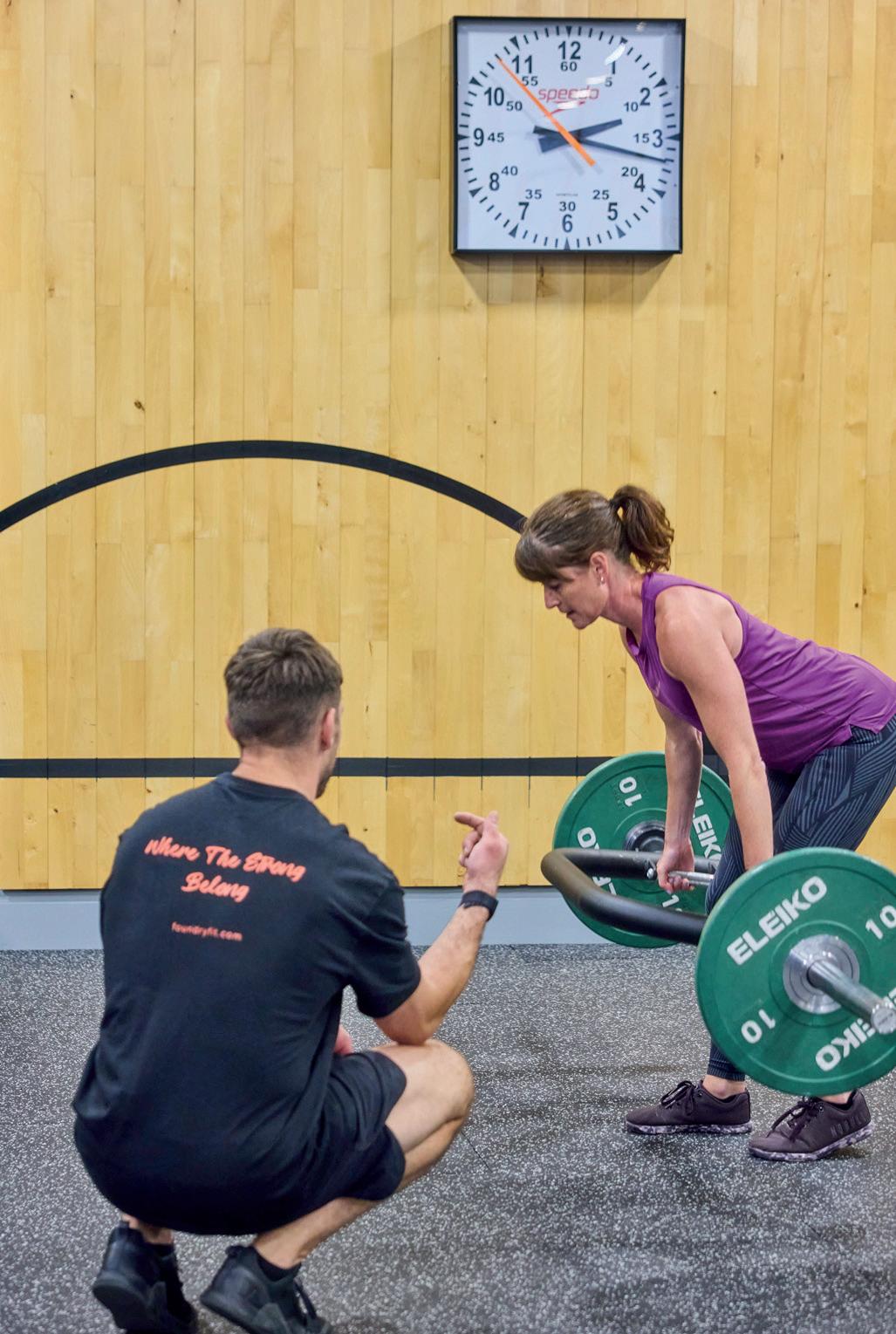

Trafford, in Greater Manchester, UK, has a new wellbeing facility following a £20 million upgrade by operator Trafford Leisure, to improve provision and sustainability.
Supported by Sport England funding, the former Altrincham Leisure Centre in the UK has been rebranded as Move Altrincham and features two swimming pools – 25 metres and 20 metres – both equipped with accessible pool pods.
Move Altrincham also offers an enlarged fitness suite with two flexible studio spaces, an indoor cycle studio delivering live and virtual classes, a wellness assessment room and a four-court sports hall and a gymnastics hub.

“The move brand is redefining what community leisure looks and feels like”
Jo Cherrett
Gas heating has been replaced with air source heat pumps and solar panels, supporting the council’s plan to be carbon neutral by 2038.
The upgraded leisure centre will deliver part of the council’s physical activity strategy, Trafford Moving, which aims to get the community moving more often and reduce health inequalities across the borough.
A new spa called The Cove, has been launched offering spa days and thermal spa experiences, as well as having four treatment rooms for massage.
The Thermal Spa includes a warm vitality pool, a heated bench rest, sensory shower, drench shower and a cold therapy ice fountain. Also on offer are heated relaxation loungers, an aroma steamroom, a juniper sauna and a salt therapy sauna.
CEO of Trafford Leisure, Jo Cherrett, says: “This is the second site Trafford Leisure has opened under the new ‘move’ brand and together we’re truly redefining what community leisure looks and feels like.
“This is about so much more than just a leisure centre; it’s about bringing people together and supporting wellbeing for all ages.”
Three-time Olympic swimming gold medalist, James Guy MBE, learned to swim at the leisure centre and was wowed by the upgrade at a pre-launch event: “I have no doubt these facilities will inspire the next generation of swimmers,” he said. “Every child who walks through these doors has the potential to achieve something special.”
Trafford Leisure is a community interest company owned by Trafford Council and has refurbishments planned for Partington, Stretford and Sale leisure centres. The Move brand was launched in March 2020, when the Urmston leisure centre was refurbished.
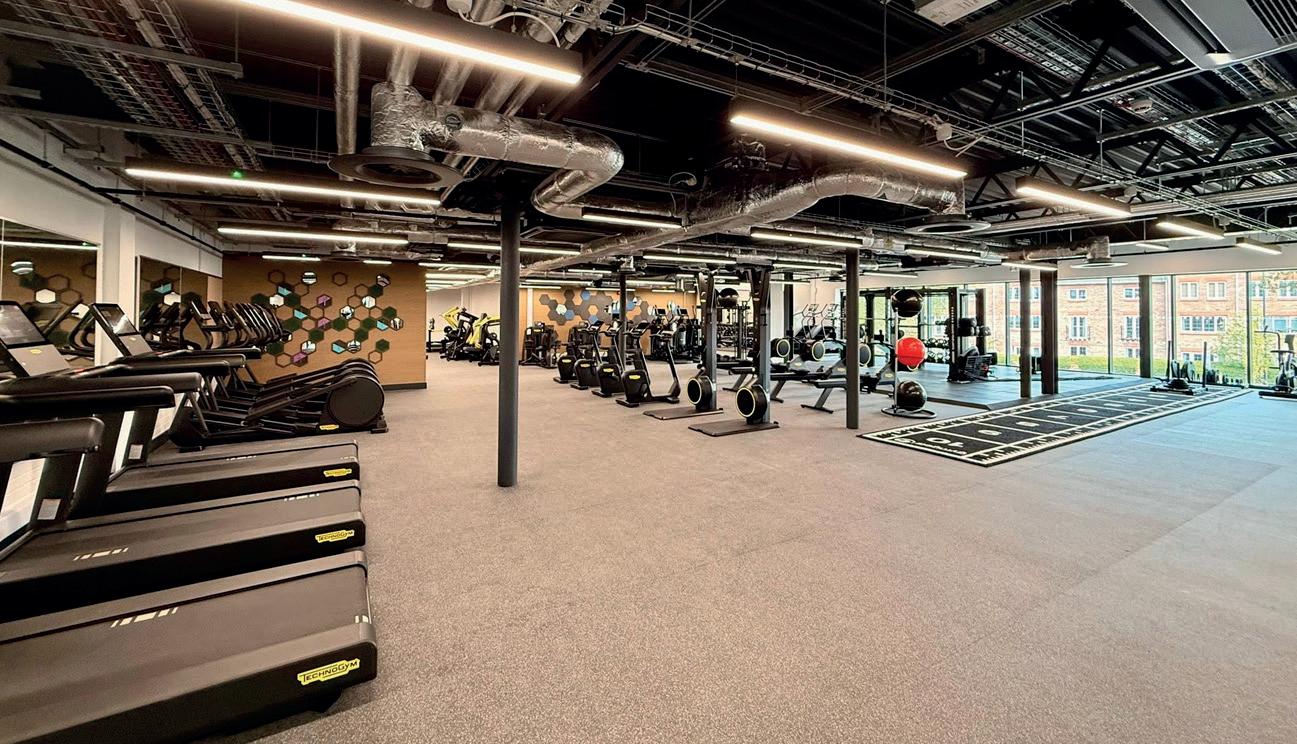


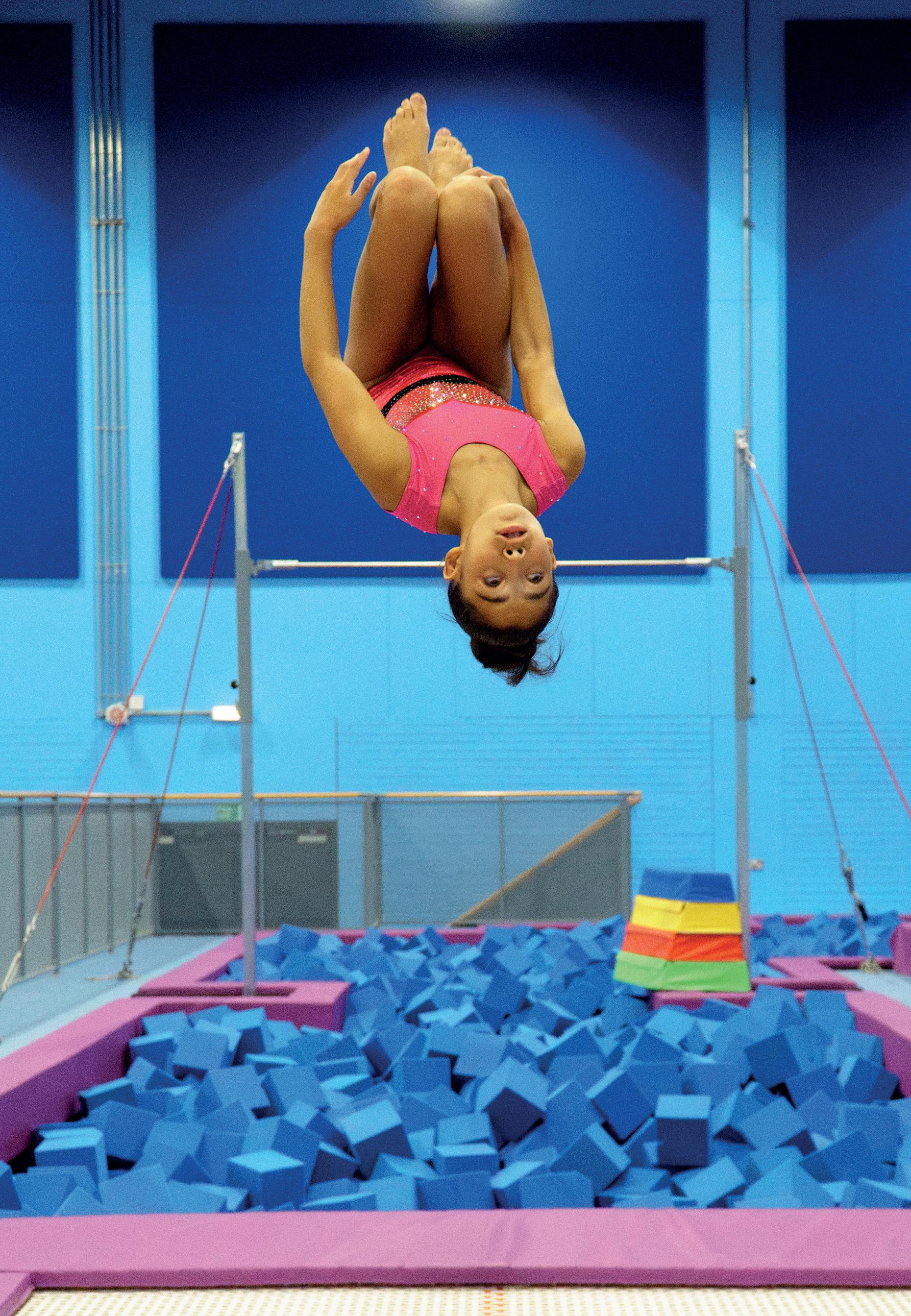
PureGym, Chris Hoy, The Institute of Cancer Research, London, and The Royal Marsden NHS Foundation Trust have teamed up to support men with prostate cancer to be more active.
The medical partners have provided a structured exercise programme and PureGym is providing a free one-year membership for men taking hormone therapy for advanced prostate cancer at all its UK gyms.
Hoy – who won multiple world and Olympic titles during his illustrious track cycling career – was diagnosed with stage 4 prostate cancer in September 2023 and has launched the fundraising cycling challenge, Tour De 4, to change perceptions around stage 4 cancer.
“Scientific studies have shown that structured exercise is the perfect complement to many cancer treatments, but we need to break down the barriers that often prevent patients from getting consistent
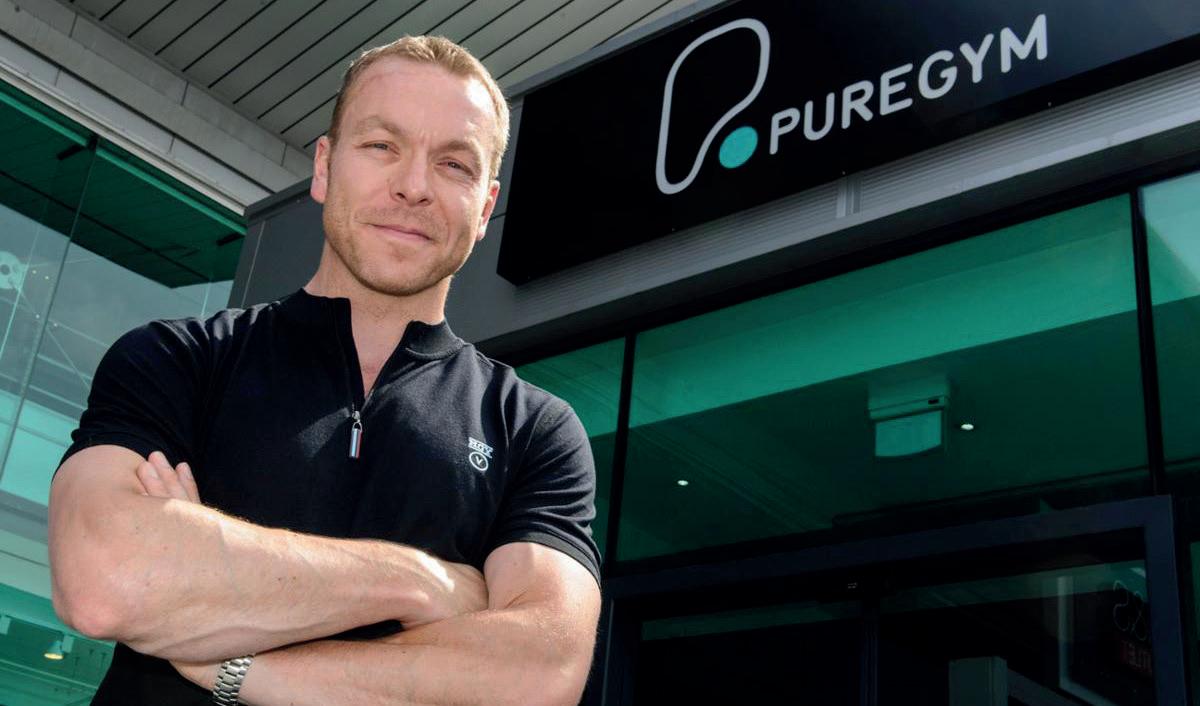
Chris Hoy and PureGym are building on their 10-year collaboration
and regular physical activity to experience these benefits,” he says.
Almost 50,000 men are diagnosed with the disease in the UK each year and only around one in eight of these meet guideline levels for activity, while one-third of men with advanced prostate cancer are completely inactive.
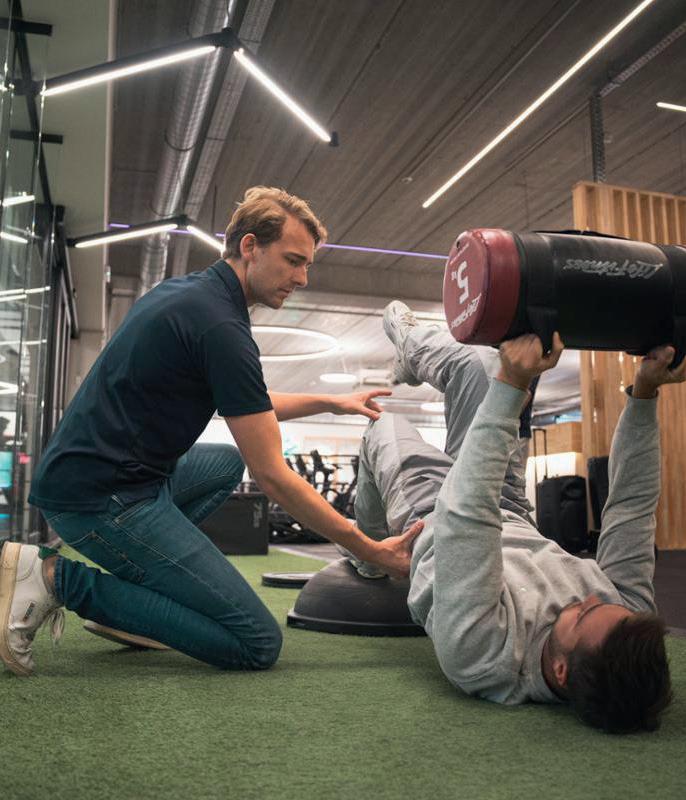
Belgian gym operator, Jims –owned by the supermarket chain Colruyt Group – has launched a physiotherapy arm, named Prime Physio.
The free one-year membership, with the 26-week, bespoke exercise programme is available for men with locally advanced or metastatic prostate cancer, on hormone therapy. The programme takes into account fatigue and lower bone density.
Working with two physiotherapist practices, Jims plans to make this the largest physiotherapy network in the country.
Resident physiotherapists of the football team KAA Gent, Frank Wezenbeek and Benjamin Decloedt, have launched treatment rooms at 10 Jim locations and there are plans to roll out to 22 in the next three years.
In the West Flanders region, Jims is expanding its collaboration with Sports Performance Recovery Success, which currently works in four gyms, to a number of further locations.
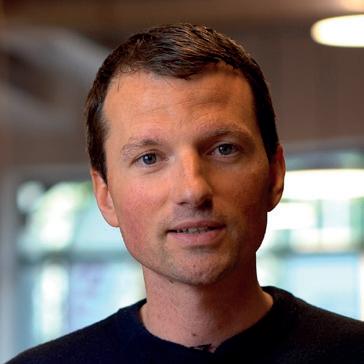
“We’re building the largest integrated physio structure in Belgium”
PJ Nuitten
Jims managing director, PJ Nuitten, says: “With our partners, we’re building the largest integrated physio structure in Belgium. Our fitness locations will evolve into true health hubs, where prevention, rehabilitation and exercise go hand in hand.”
Australian franchisor, Jetts Fitness, is branching out into recovery and wellness in a joint venture with New Zealand company, O-Studio.
Jetts has created a franchising group, BeWell Brands, to roll out the recovery and wellness concept in Australia, with the first site launching early next year.
O-Studio has 13 locations open or opening across New Zealand. The concept comprises float therapy, traditional and infrared sauna, hot and cold plunge, ice bath, yoga, Pilates, meditation and massage.
Jetts Fitness CEO, Elaine Jobson, says: “We’re proud to have O-Studio on board for our fi rst joint venture partnership. We know Australians will love the
O-Studio concept, with people looking beyond the gym fl oor to look after their mind and body.”
O-Studio was founded by Tim Bateman, who formerly captained the Māori All Blacks. His journey into wellness was sparked by his wife, Laura, being diagnosed with multiple sclerosis
O-Studio was created as a training ground for mental performance and physical recovery, where people can build resilience and recharge.
Bateman says: “My own journey through professional rugby and supporting Laura with her diagnosis taught me how important it is to invest in wellbeing. It wasn’t my body that held me back, it was the weight of life’s pressures.”
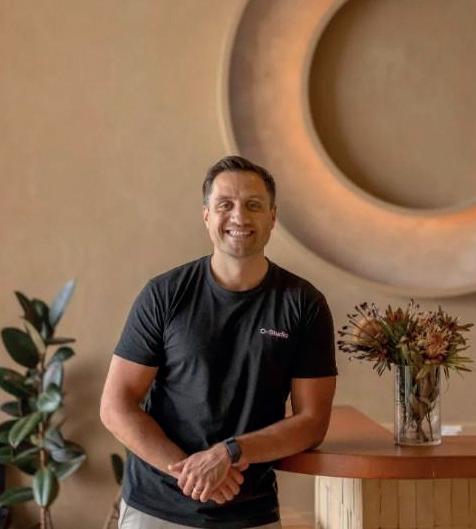
Two brands owned by Xponential Fitness – Club Pilates and Pure Barre – have partnered with Midi Health, a virtual clinic dedicated to supporting women in midlife. Available across the US, Midi Health provides education, resources, workshops and events centered on hormone health, peri/menopause management, longevity and ageing well.
A new campaign, Strong Through Every Stage, was launched this week and runs until the end of February. It
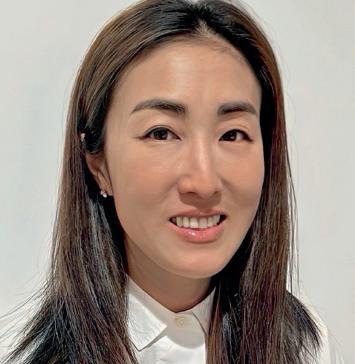
“I’m eager to help Xponential strengthen its foundation and pursue thoughtful growth” Rachel Lee

consists of educational content and experiential workshops with Midi clinicians in select Club Pilates and Pure Barre studios. Workshops focus on science-backed solutions tailored to women’s midlife health needs, including hormone health, disease prevention, longevity, beauty and sexual health. Midi Health customers will be offered memberships.
● Xponential has also appointed private equity expert, Rachel Lee, to its board. Lee says the company has world-class brands and a scalable business model: “I’m eager to help Xponential strengthen its foundation and pursue thoughtful growth in the years ahead,” she told HCM

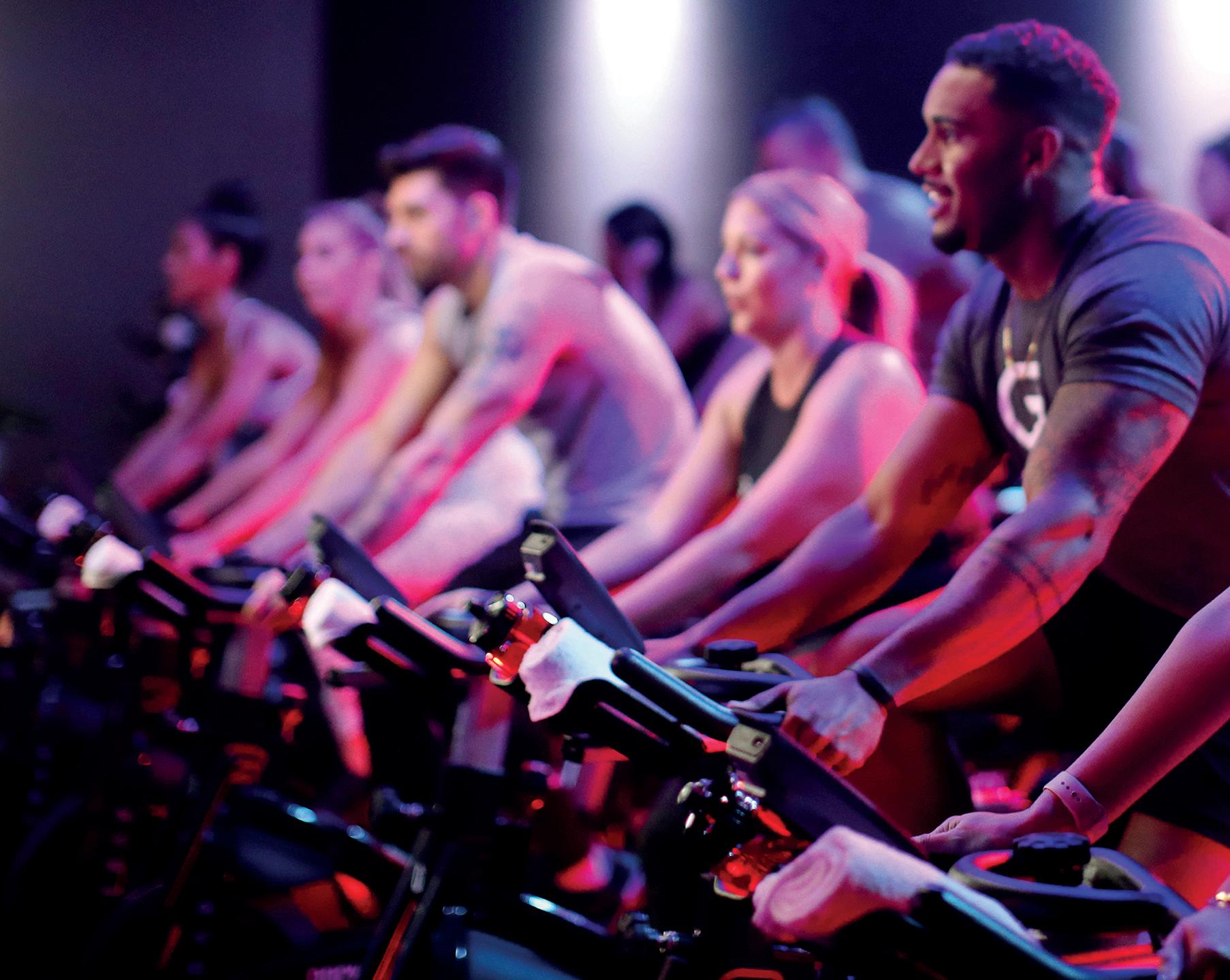
The

Many franchisees feel they weren’t prioritised by the last franchisor, so we have to build trust by following through on our promises

How did the CycleBar and Rumble acquisitions come about?
Following the successful acquisition of Row House last year, Xponential reached out to our CEO and founder, Paul Flick, about the divestiture of CycleBar and Rumble. We were really excited at the prospect. It gives Extraordinary Brands a lot of scale in the marketplace and we believe all the modalities can be powerhouses in their own niches.
We now have a geographical spread – Rumble and CycleBar are international, Row House is coast to coast in the US and Neighborhood Barre is predominantly in the south-east of the US, so there's a lot of blank space to grow.
You joined in 2024 when the company acquired your start-up, Neighbourhood Barre. Tell us about your experience I did a strategic partnership with Extraordinary Brands in August 2024. At the time Neighborhood Barre was 13 years-old and had grown to 20 sites. This growth had been self-funded and bootstrapped and we were seeing pretty good average unit volume, but once we joined the Extraordinary Brands portfolio, we started to grow more than 20 per cent month over month. This year we're up more than 26 per cent month over month from last year.
The move has allowed team members to focus on what they’re great at. Being a small team, we were spread thin and to get support with franchise development and marketing took a huge burden off of our shoulders.
Our primary focus in the next 12 months is franchisee profitability and stabilising the operations, so we’ll be looking at it from a granular level and won’t be growing any of the businesses until we have the models really ironed out. We want to be confident we're selling a business model that sets people up for success.
Many franchisees feel as though they weren’t prioritised by the last franchisor, so we have to build trust by following through on our promises.
A priority for CycleBar and Rumble is refreshing the brands, so they understand who their customers are – that will automatically help the sales process. Some of the studios need resources
for their front desks and teams and we’re also reviewing our baseline operating costs.
All brand presidents are getting into the businesses now and assessing the health of each individual location. Two of the biggest challenges we’re coming across are the cost of leases and loan repayments which are burdening many of the franchisees.
We're doing what we can with third party partners to see if we can save these owners money on their leases or restructure their loans. Our franchise business coaches will also be working with them to implement new strategies developed by the brand presidents, so each franchisee is going to get one-on-one help to optimise their business.
Our new director of training and product strategy, Michelle Parolini and her teams will also be looking at the core product and seeing where tweaks and changes can be made to elevate the client experience.
Our new brand president Lori Klein has a lot of experience in cycling, including experience helping
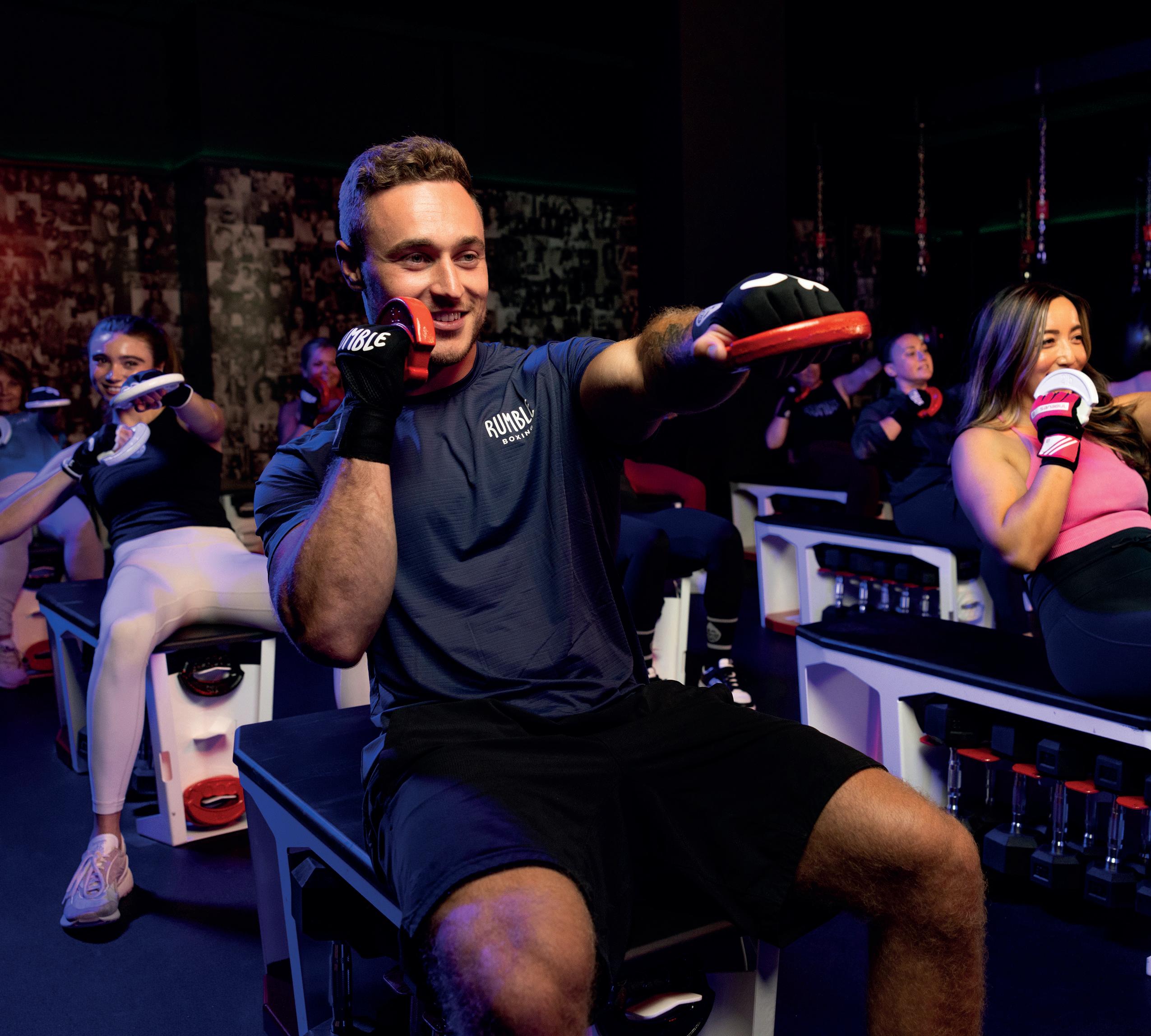
The fi nancial health of each location is being assessed
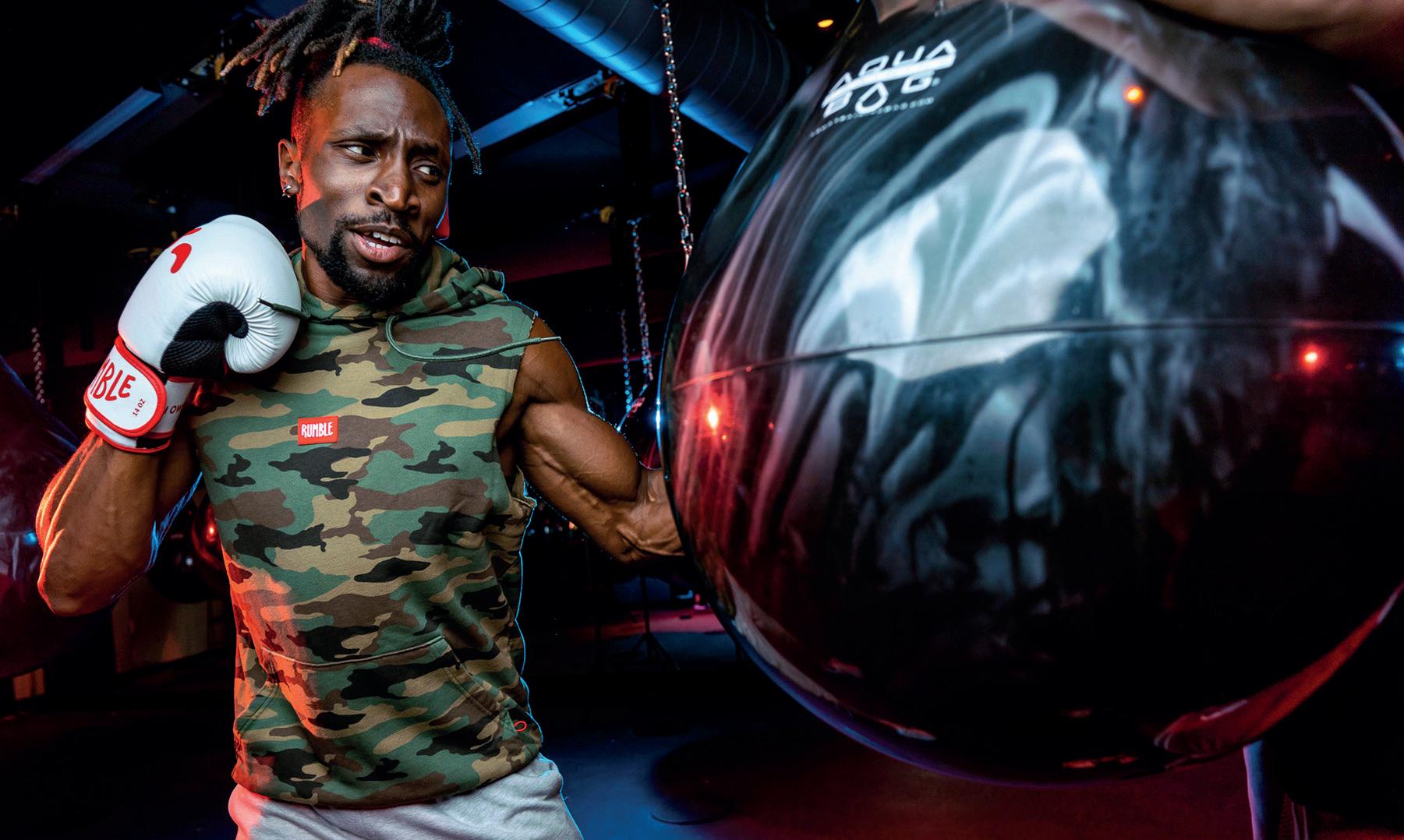

I went to a barre class last week in New York. No one spoke a word to me the whole time I was there. Nothing

turn around CycleBar studios, so she knows what she's looking for. We also have Andy Stern, the co-creator of Rumble on board as brand president.
Was there any trepidation over CycleBar given that indoor cycling is on a downswing?
The markets are cyclical so we’d rather take it on now and reposition it in the market so when the upswing begins we’ll be right there. Maybe CycleBar will be the brand that actually starts to pull cycling back up.
We’ve worked with a branding agency to diagnose the market and make sure we're positioning CycleBar where it needs to be, rather than just going after the same group of people it’s been marketed to for the last 10 years.
How is Row House doing?
It took a while to stabilise the business and some sites closed because the owners had had enough, but Row House is in a stable position now, with some exciting plans afoot.
We’re just implementing a brand refresh – it's still Row House, but it's so much more elevated and positioned as a leading rowing modality.
Our branding agency has positioned it to go after Xenials – older Millennials through to Gen X, people who want high energy, but low impact. This was not what we had assumed, but when they showed us the data and facts we totally got it.
We have some really cool campaigns mapped out over the next year and a new brand lead – Jen Kearns
Our branding agency has positioned Row House to go after Xenials – older Millennials through to Gen X – who want high energy, low impact
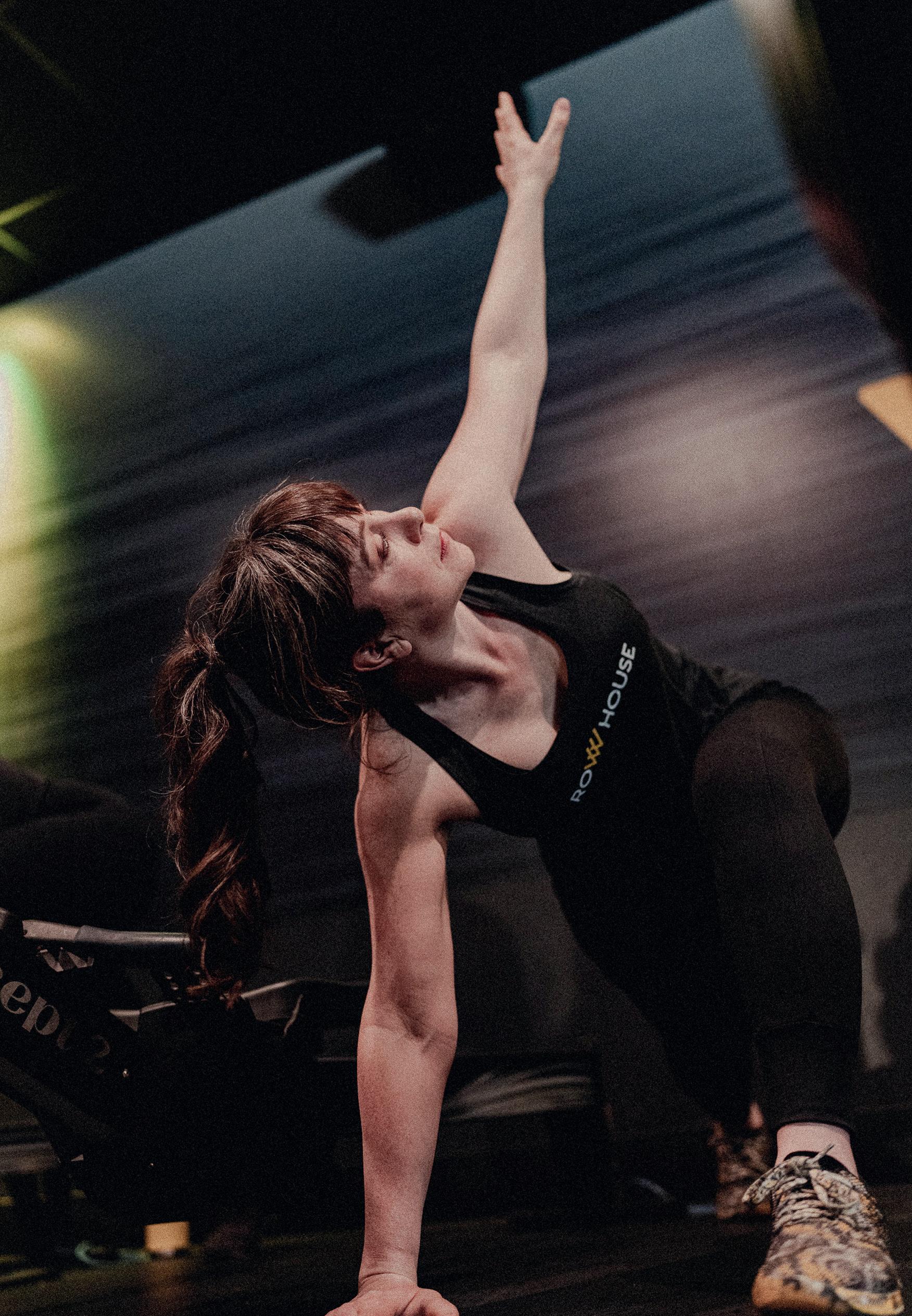

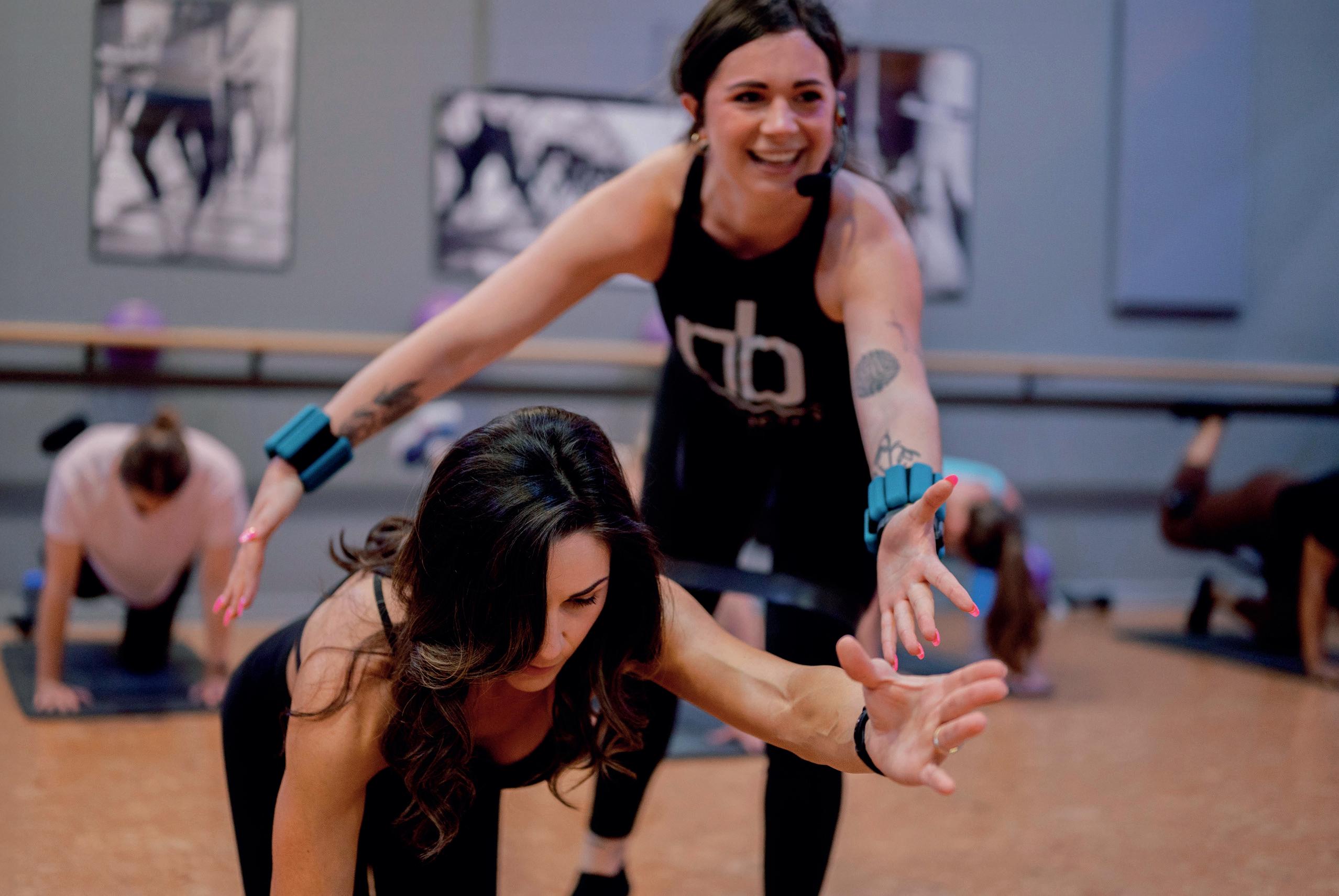
– has just started. She has previous Row House experience and the franchises seem to love her, so I think we're going to see Row House start to turn.
How much does pricing come into what you're doing?
Pricing is one of those things a lot of franchises and GMs really focus on, but it’s the sales process that makes the biggest difference. You have to make people who come into your studio for the first time feel as though you really want them to be there.
For example, I was in New York last week and I went to a barre class which was the closest to my hotel. I checked myself in on an iPad and no one spoke a word to me for the whole time I was there. Nothing. When you don't speak to people it alienates them. Had I been lacking in confidence, or unsure of what I was doing I would have felt as though I didn't belong there and would never have gone back.
We want our GMs and business owners to get to know their communities – everyone within four blocks of their studio should know who they are.
Are you looking for more brands?
Yes we are. We're capable of creating brands from the ground up, but that isn’t the goal at the moment, so more acquisitions are definitely on the table – especially if the brands have a little more scale.
We’re aware we’re looking after the money of our franchisees and spend it as though it’s our own
Our brand Neighborhood Barre is in growth mode, and we need to keep it there. Row House is stable and we need to get it back in growth. Then we need to stabilise CycleBar and Rumble.
Who are your financial backers?
Right now the only financial backer is Paul Flick, our founder and CEO. He has another portfolio called Premium Service Brands, which runs home service companies, so he has experience of acquiring and rehabilitating brands.
Although we’ll look for financial backers further down the line, right now Extraordinary Brands is bootstrapped and entrepreneurial, but with a strong team and a lot of industry knowledge. We’re aware we’re looking after the money of our franchisees and spend it as though it’s our own. l
When you want to work with the NHS, you need to create trust and don’t ask them for money, because the door will shut
Rhys Jones
Plymouth Active

Rhys Jones
Tell us about Plymouth Active
Plymouth Active was formed in April 2022, when Plymouth City Council brought leisure back in-house to have more control and link it into the wider strategic plan to use physical activity with public health to tackle inequalities.
We run four facilities, the biggest one being the Plymouth Life Centre, which opened in 2012, around the diving legacy of Tom Daley who comes from Plymouth.

It has a 50 metre pool with movable floors, a leisure pool and a diving pit. There’s also a climbing wall, a gym, a 12-court sports hall, indoor bowls, squash courts and trampolining. It’s a very popular facility, recording about 1.5 million visits a year.
We also run Plympton Swimming Pool and Gym and two seasonal seawater lidos – Tinside and Mount Wise.
What are the demographics of the city?
Plymouth has a population of around 275,000, of which we engage with about 55,000. Some parts of the city are in the top 10 most deprived areas in the UK and there's a 10-year life expectancy gap between different areas.
What are you doing about health inequalities?
Our job is to create an active wellbeing service. Getting inactive people moving a bit more, whether that’s walking, gardening or coming to

one of our facilities and just getting involved is what motivates me. It gives us the opportunity to change people's lives and that’s priceless.
Our Active Health Programme has now been running for a year, in collaboration with Plymouth YMCA and Good Boost. It targets people who have never used us and have some sort of health condition, the most frequent being mental health issues, being overweight or pre-diabetic. We connect with social prescribers and referral pathways to offer free access at certain times so they can swim and use the EGYM circuit in the Life Centre gym. Free access is given for eight weeks, after which people are offered a half-price membership.
In the first 12 months, we received 260 referrals and accepted 90 per cent onto the eight week programme. Of that 90 per cent, 21 per cent have continued with us on a paid half-price direct debit membership. I'm super pleased with that as they’re
The Life Centre is a big, scary building and people assume they don’t belong, so at the start, active health lead, William Hickey, welcomes them at the back door
The

all people we wouldn’t have reached otherwise and that creates a ripple effect. Those visits also give me evidence and unbelievable case studies to show my cabinet members and my council.
The Life Centre is a big, scary building – it’s noisy and busy and people assume they don’t belong. At the start, our Active Health lead, William Hickey, meets them at the back door and welcomes them in. However, after a couple of weeks they realise there are people like them at the centre and that they do belong.
Cost is also a big issue. It’s one of the main reasons people leave after eight weeks. We hope they’ll have developed an exercise habit and will continue walking in the park or swimming in the sea, because we've got amazing green and blue spaces across the city.
One of our members who was referred to the Active Health Programme because of Parkinson's disease, connected us with her daughter who works in the physiotherapy department at Plymouth’s Derriford Hospital and after a lot of discussion over six months, the hospital’s knee and hip physiotherapy
department has been relocated to the Life Centre. The team has taken over one of our studios and we've adapted the gym, given them some office space and a consultation room. It was appealing to them because of the EGYM circuit, the free parking and easy accessibility.
As a result of that collaboration we've now got the hospital’s pain team wanting to talk to us and we're having wider conversations with the NHS across Devon, including the Falls Prevention Team, cancer care and tier-three weight loss services.
When you want to work with the NHS, you need an advocate on their side of the fence and to create trust. Don’t ask them for any money, because the door will shut.
Find out their pain points and where you have shared purpose, keep the conversations flowing and developing and change slowly happens.
We have politically strong support for what we're doing, but councils are experiencing dire financial issues, so it means we have to keep strong on the commercial side. There are also a lot of budget gyms in the city, so we have to be smart about what we do. At the moment we’re looking to maximise swimming and diving lessons, as well as creating bolt-on services to add value to memberships, such as telehealth. Fitness memberships are doing well and are growing by about 12 per cent year-on-year.
We’re also committed to diversifying and creating new opportunities around food, beverage


and events. A great example of this happened recently, when Tinside Lido was a location for Rolls-Royce to celebrate 100 years of the Phantom. The lido was used as the backdrop for a highprofile photo shoot, recreating the famous Keith Moon story of a Rolls Royce in a swimming pool. The shoot gained national coverage, including in Rolling Stone UK and showcased how our venues can be used in creative and memorable ways.
Another way we’ve maximised the commercial offering is by creating a brand called HY-NRG. We had a studio that was empty 90 per cent of the time, so worked with Stronger Wellness to repurpose it.
Although Pilates is popular there are already a dozen studios in Plymouth, however there were no HIIT studios, so we created a brand around a 45-minute workout, in a cool looking space, with new instructors. We’ve wrapped membership of this into a package called Active Premium, which also gives access to the climbing wall and longer booking rights. We run 25 classes a week and usually average about six people, so it’s like small group training. The business plan was to get 200 Active Premium members and we did that really fast. The feedback has been positive and we're now in the middle of installing Myzone to add to the experience.
Tinside Lido was a location for RollsRoyce to celebrate 100 years of the Phantom, recreating the Keith Moon story of a Rolls Royce in a swimming pool
We have a couple of exciting projects coming with food, beverage and events and a strategic plan being launched in the next six months. We've also got non-executive directors coming on board, who are pretty big hitters and will strengthen our governance. Otherwise, we'll keep plugging away, trying to get more people, more active, more often. That's really what we’re about. l
As the largest player in the global health and wellness industry, we can do a lot of great things
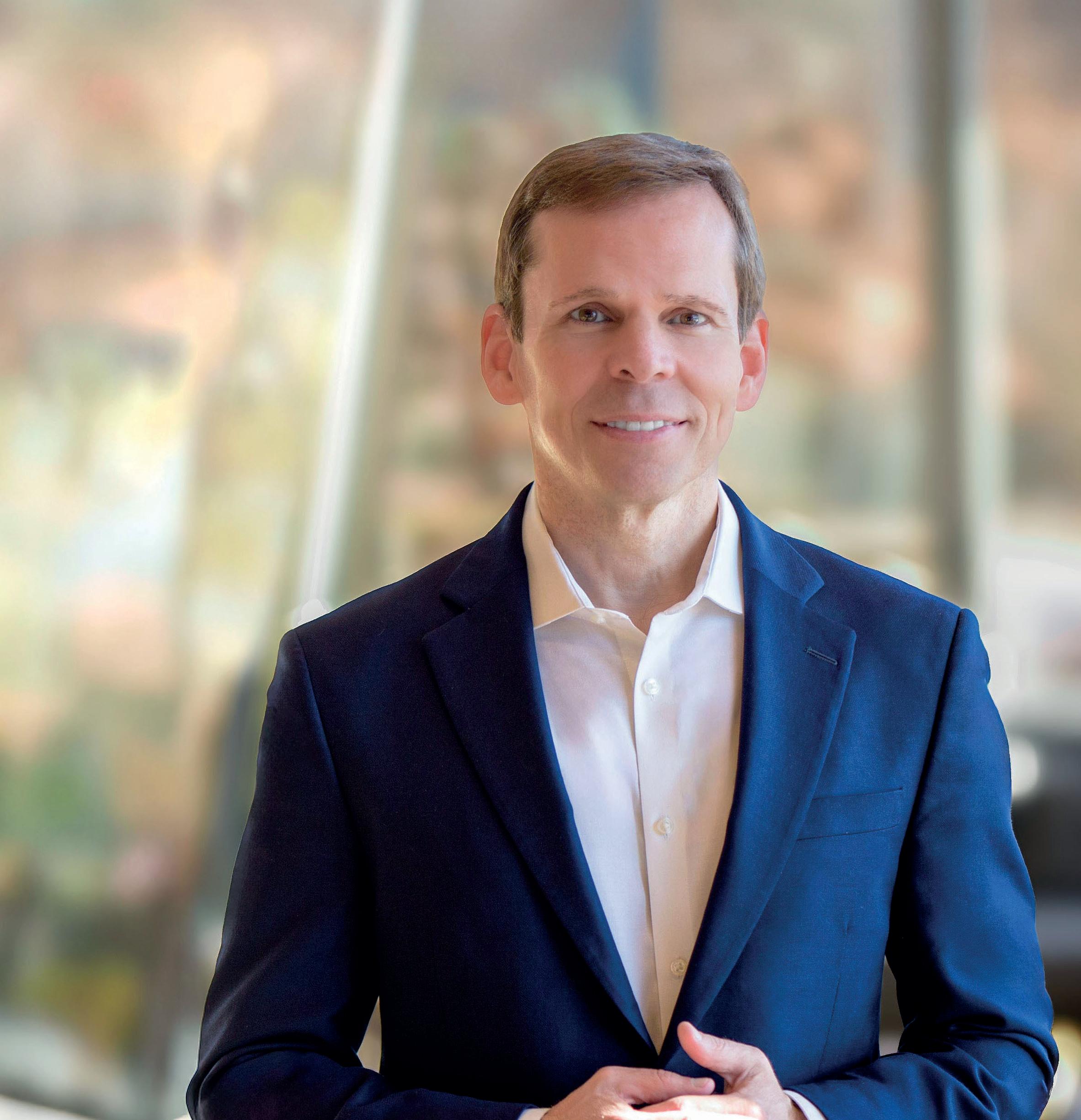
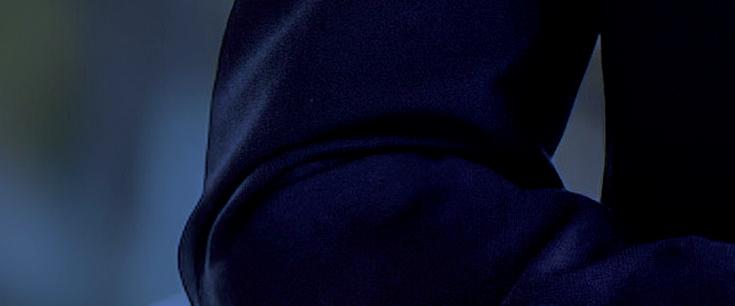
10,000 sites and 10 million members by 2030 – this the ambitious goal of Purpose Brands, spearheaded by its Anytime Fitness and Orangetheory Fitness brands. The CEO speaks to Kate Cracknell


What attracted you to the role?
Purpose Brands came together in April 2024, formed by the merger of Orangetheory Fitness and Self Esteem Brands. I joined in November 2024, drawn primarily by three factors.
Firstly, I love working with great brands and Anytime Fitness and Orangetheory Fitness are globally iconic. Anytime has a much larger global footprint, but Orangetheory has phenomenal brand recognition in the US.
Secondly, integrating the businesses and leveraging our new scale will be a large and complex task over the next three to five years and I’ve always been drawn to big challenges.
Thirdly, the fitness industry as a whole drew me in. We make the world a better place and that’s important to me, giving me energy as I get out of bed every morning.
It’s why Purpose Brands is such a great fit. A lot of companies talk about mission, vision and values. Purpose Brands talks about purpose, vision and values. It’s purpose that drives us – and our purpose is to make health and wellness accessible to people around the world, to in turn improve their lives. We already touch seven million people every year, but believe we can do even more. In this industry, scale matters. It isn’t about just setting up a gym and putting in equipment any more. Technology, recovery, 24/7 wellness support… all of this plays into people’s overall wellness. We can leverage our scale to have a big impact.

Tell us more about the benefits of scale
From a member standpoint, we can share best practice and harness the best minds across our business, enhancing the member experience and delivering even greater health outcomes across all our brands.
Let’s take Orangetheory as an example. This brand has led the industry in science-backed health improvements, building muscle and burning fat
and all the other great things an Orangetheory workout does for you; we talk about it as a daily health and wellness ‘vitamin’. Moving forward, we can use this expertise to help shape the physical training on offer at Anytime Fitness, The Bar Method and Basecamp Fitness. It goes the other way, too. Anytime has a well-established strength offering that might give us new learnings for Orangetheory’s Strength 50 programme, for example, while The Bar Method and Basecamp Fitness will have their own expertise to share.
Are you working on specific new offerings?
Other member benefits include the likelihood of cross-brand access for members from 2026. It’s too early to share many details, but we’ve selected a couple of geographies to run a pilot. We’ll go out with three different options and
There are 600,000 Orangetheory members globally
Other member benefits include the likelihood of cross-brand access for members from 2026
let the members decide what works for them; particularly in big multi-site businesses, I firmly believe decisions on programmes should not be made while sitting in a corporate office building.
So, we’ll be going out to some existing Anytime Fitness locations and offering members discounted Orangetheory memberships – and vice versa – as well as offering bundles to new prospects. We’ll see what’s most successful. Maybe all three will work. Maybe none will. But with complementary brands in our estate, it feels like a valuable opportunity to explore.
As a franchise business, we’ll need to transfer payments between franchisees to enable this. We’re looking at revenue splits on a per-member basis, which will likely factor in who’s doing the selling and who’s receiving the member or if the sale has been driven by corporate marketing – we can track and report of this.

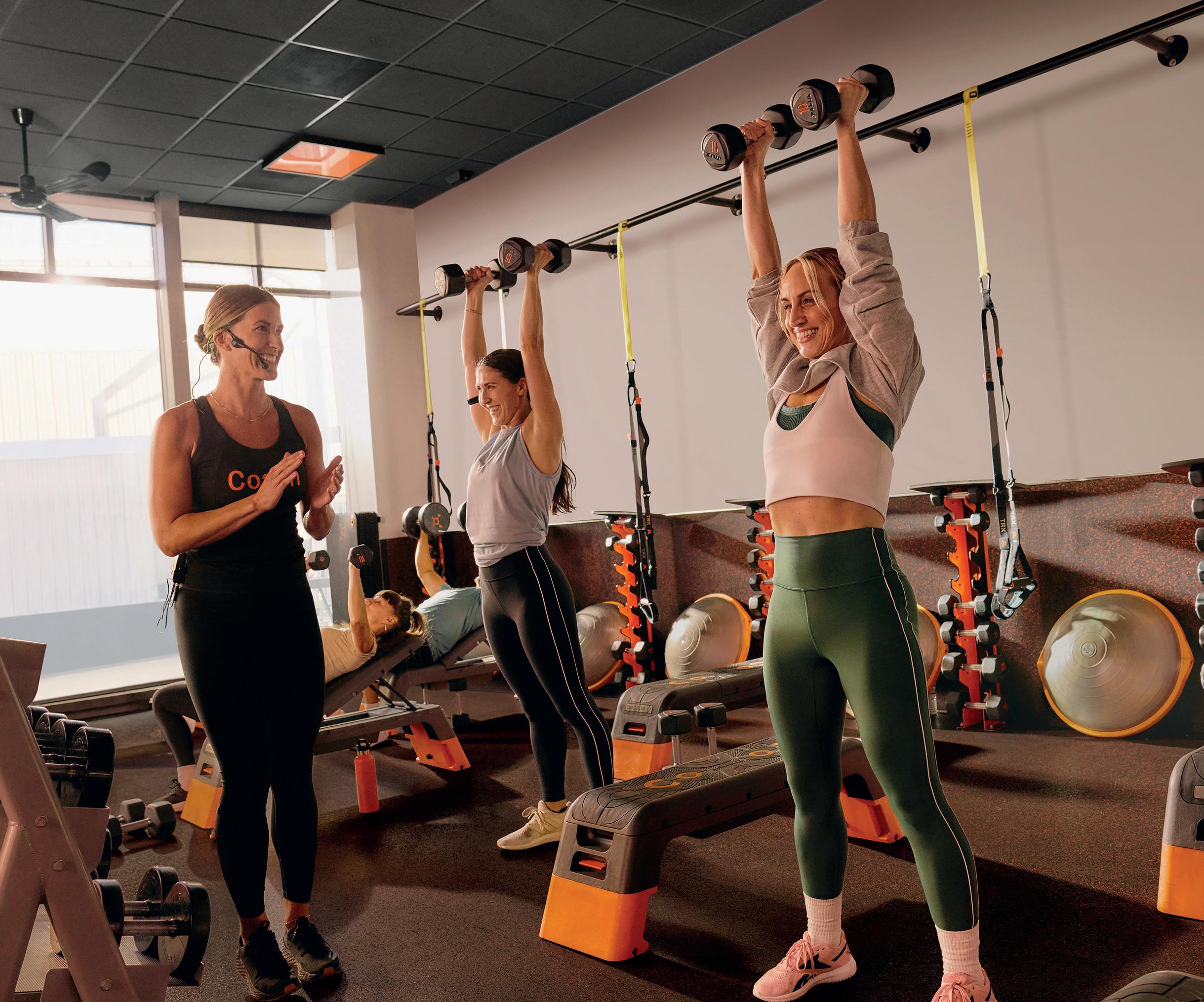


Who else benefits from your scale?
The benefits of greater scale are even more straightforward for franchisees than for members. Anytime Fitness and Orangetheory were both major players, but we just became twice as big. Whether it’s for equipment purchases, technology, reporting or marketing – and more – that scale drives down costs for franchisees across the business, meaning they can make more money.
The merger also brings new opportunities for our franchisees. We’ve already had enquiries from existing Anytime and Orangetheory franchisees interested in buying a franchise for the other brand – particularly internationally. We’ve seen a lot of interest from Anytime Fitness master franchisees wanting to take on Orangetheory too.
We’ve even had one franchisee ask if they can open a combined studio where the two businesses share a reception desk – an idea we may explore further down the road. While we’re not currently moving that idea forward, it’s certainly interesting. We get a lot of great ideas from our franchisees. For our team, greater scale brings enhanced career progression and development opportunities. We’re seeing some team members support all the brands in a new shared service role, while others Orangetheory
are going back and forth across the different brands. It’s all valuable experience that will help them grow and gives us greater strength in depth.
What innovation news can you share?
Recovery is an interesting area for us and one we’re actively promoting it to our Anytime Fitness franchisees. We’re encouraging the roll-out of red light saunas into the clubs, to bring red light therapy to people across the US and ultimately the world.
Then there’s longevity, which sits at the heart of the Orangetheory concept: the core Orangetheory 60 programme is specifically designed to help improve VO2 max, which we know is a key factor in longevity.
Another exciting one is our partnership with telehealth service Dr B This allows our members in the US to use the dollars in their Health Savings Accounts (HSAs) and Flexible Spending Accounts (FSAs) to help fund their gym memberships, so it directly supports our purpose of making health and wellness accessible. The service is already available at Anytime Fitness, Orangetheory Fitness and Basecamp Fitness in the US and will come on-stream at The Bar Method before the end of this year.

Recovery is an interesting area for us and one we’re actively promoting it to our Anytime Fitness franchisees

What has been your focus so far?
Since joining, my primary focus has been the integration of the two businesses. The way we’re approaching it, each brand retains its own brand leader and is independent from both member and franchisee standpoints. However, we now have shared services to increase efficiency behind the scenes – single teams in charge of areas such as finance, supply chain and technology across all our brands.
We’re also investing heavily in systems that will be implemented across our brands, even as they continue to act independently. We have a new HR system, a new ERP coming in late 2025 and new franchise development systems in the works. We’re also building an ecommerce platform that will run across all our brands, making it easier for us to execute our marketing and facilitate easy, best-in-class sign-ups for members.
Tell us more about these systems
I have to give credit to the Anytime and Orangetheory founders – Dave Mortensen, Chuck Runyon and Dave Long – who, before I joined, made the decision to invest heavily in the integration. Too often, I’ve seen companies cut corners, perhaps using one company system or the other and hoping it will be good enough. They didn’t do that, but embarked on the process of building a brand new foundation into which we can plug our five existing consumer-facing businesses. It’s also configured so we can plug in future acquisitions.
So that’s what we’re doing in 2025: making sure we’re set up right. And I can report that we’re on track, ahead of schedule and under budget.
How do you see this developing?
The exciting part about the integration is what it means when we get into late 2025 and into 2026, because that’s when we’ll be able to start leveraging our scale in ways we haven’t before.
As the largest player in the global health and wellness industry, we can do a lot of great things, scaling our expertise to help members across all our brands. It’s going to be a lot of fun.
Let me give you one example. We have a tremendous amount of data in the business that we haven’t been able to leverage in the past, due to a systems limitation or maybe an expertise limitation. But now we’re investing in our systems and have great experts coming into the business, we’ll be looking at how we use this data to personalise the experience and help members achieve even better results.
At Orangetheory, for example, we know how often people work out and what they do. We have body scans that show muscle and fat percentages, including for the 130,000 people
who completed last year’s transformation challenge; most of them chose fat loss as their goal and lost an average of 9 per cent body fat.
We’re asking how we use of this data not only to make our offering better for Orangetheory members, but also to enhance what we do at Anytime Fitness, The Bar Method and Basecamp Fitness too? This, as I say, is where it starts to get fun.
What’s the latest news from your brands?
In spite of being in an integration phase, our portfolio of brands continues to perform well: we’re positive in same-store sales and are growing revenues, system-wide sales and EBITDA. Anytime and Orangetheory are our largest brands and, from a unit count, our fastest growing.
For Anytime Fitness, I’d highlight the new design we’ve been rolling out. This is the first year where it’s really taken hold, both for remodels and new builds, with a lot of franchisees onboard. It’s a
beautiful design that’s also functional, with improved sightlines that make managers and coaches more visible and more accessible, while extra light makes the clubs more inviting to members. We also continue to leverage our relationship with Apple Fitness+, giving members access to great workouts at home as well as in the gym.
Since I’ve been with the company, we’ve entered new countries with Anytime Fitness: we’ve opened in Paris and are having success in the Middle East.
For Orangetheory, 2025 is predominantly about shifting perceptions, helping people realise it isn’t just about cardio but about full-body transformation.
Our new marketing campaign talks about building muscle and burning fat and we'll be really leveraging the transformation challenge.
We also have two Orangetheory studios in early pilots for new workouts and equipment. We'll continue to push things like this: experiments where we test, learn and – if successful – roll out.



Our partnership with telehealth service Dr B allows members in the US to use the dollars in their Health Savings Accounts to fund their gym memberships

Tell us about your growth plans
We have an ambitious goal of 10,000 sites and 10 million members by 2030 (first shared in an exclusive interview with Dave Mortensen in HCM. See www.HCMmag.com/mortensen). Acquisitions will be a core part of our strategy and wherever you are in the world, Purpose Brands will become the acquirer of choice. Our approach allows brands to retain their member proposition and what makes them distinct in the market. We'll simply leverage our scale to make them even more successful, so they can grow more quickly and grow globally. I believe this will be very appealing to entrepreneurs building their businesses.
There's still a lot of white space in the US and we’re far from being saturated with any of our brands, however, the majority of our growth will come from outside of the US.
Anytime Fitness is already 56 per cent international, with a great opportunity to now build out the Middle East. Eastern Europe is also on the radar, as well as north Africa, and there are territories in Asia we haven’t touched yet.
For Orangetheory, we’ve barely begun from an international standpoint. Even in the countries where we have a presence, we’re nowhere near saturated. We’ll probably start with the countries
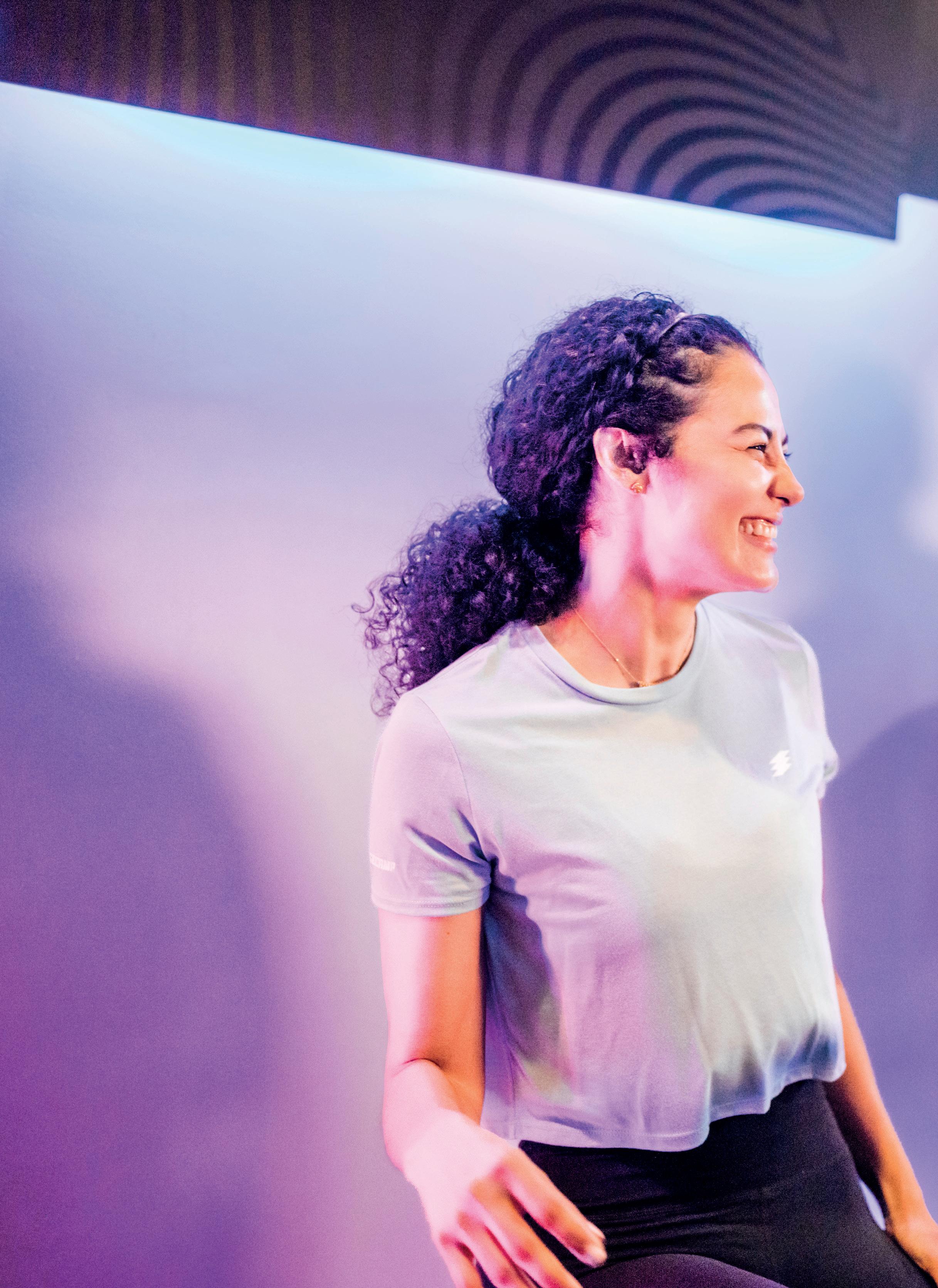
where we already have a small presence – Germany, France, UK – and build those out. Beyond that, our former head of Anytime Fitness International, Sander van den Born, is now leading Purpose Brands International. He has relationships with the international master franchisees and he knows the prospects. He’s already doing a great job growing Anytime’s international operation and will now do the same for Orangetheory.
There’s likely to be some growth for The Bar Method and Basecamp Fitness, too, including internationally and in Japan, there are already two Bar Method sites with a third in the pipeline, while Singapore’s Sumhiit Fitness studios [the brand name for Basecamp Fitness outside the US] are performing well.
There’s tremendous white space for Anytime and Orangetheory, both domestically and internationally, so these two brands are our primary focus. I wouldn’t want to diminish that by setting specific targets for The Bar Method or Basecamp/Sumhiit Fitness.
With the brand founders now on the board, we have very passionate people still involved in the business who are used to making decisions every day. However, when they recruited their team – me included – they recruited passionate people who

Wherever you are in the world, I believe Purpose Brands will become the acquirer of choice
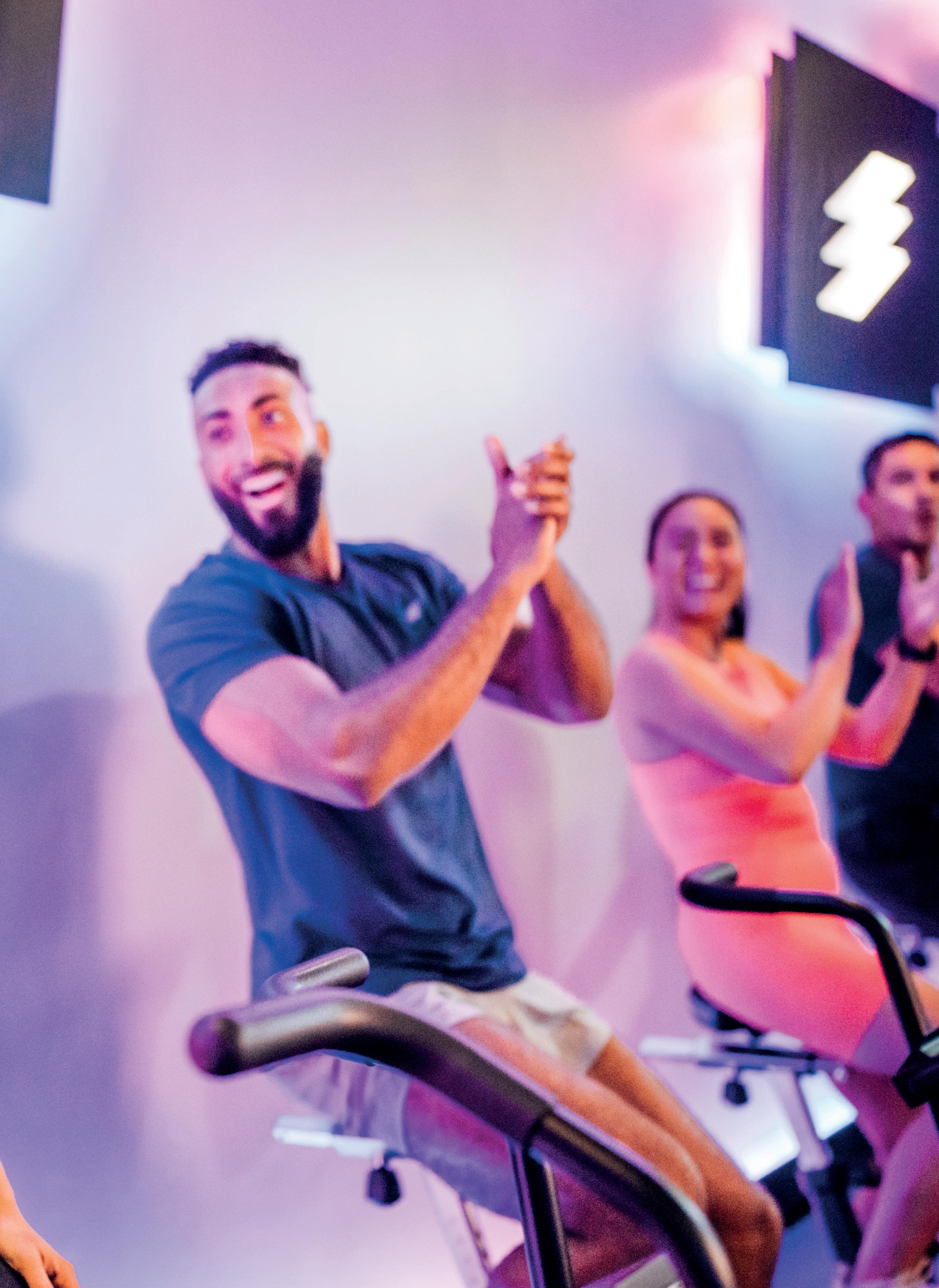
There's an ambitious target of 10 million members globally by 2030
Memberships across multiple brands are launching soon
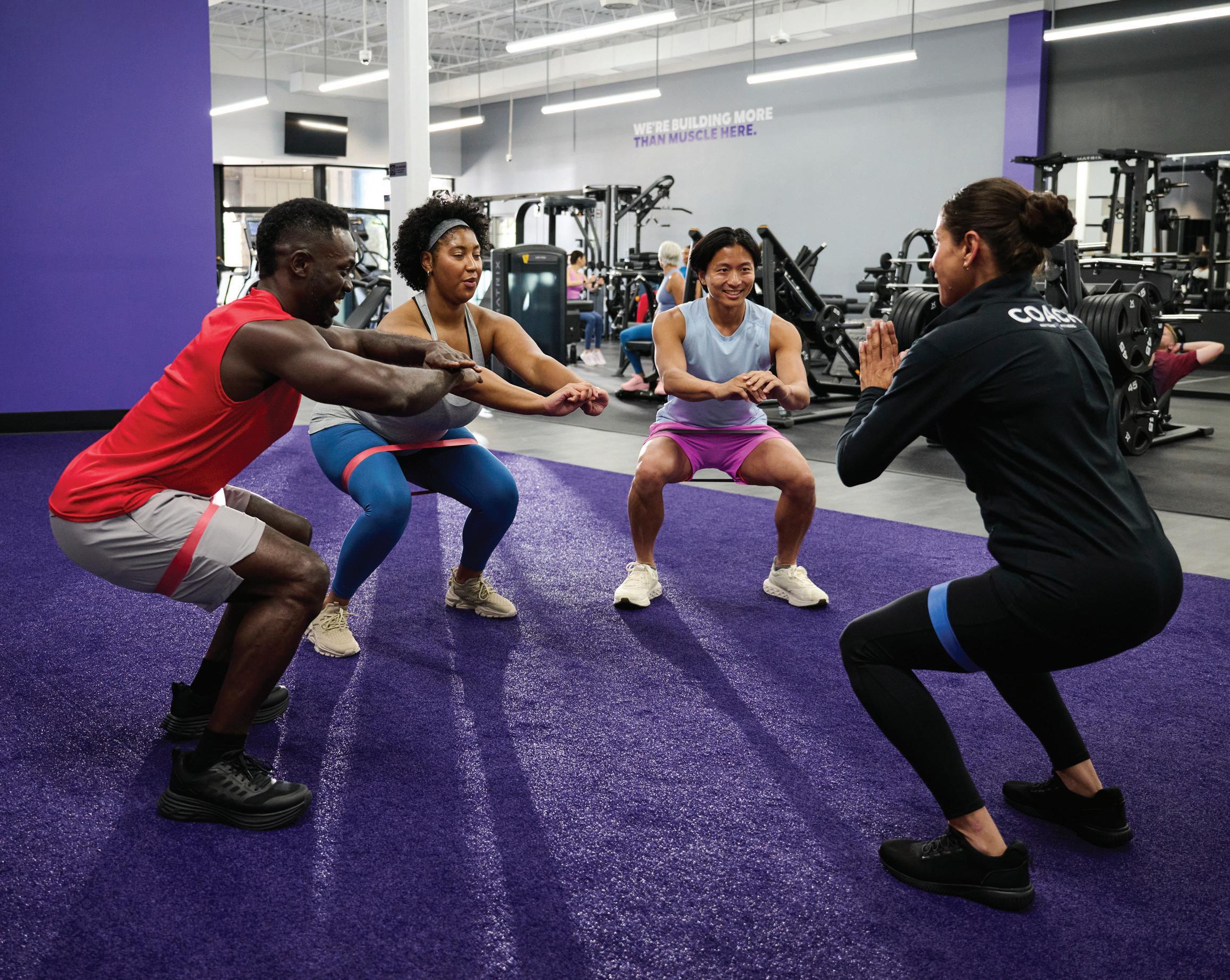
We have such a great group of experts – all dedicated to improving health and wellness –that I'm giddy about what we can do
want to continue to push their vision forward. And I have to say, they’ve been absolutely fabulous: the perfect blend of supportive and empowering.
We now have a complete leadership team, including a new chief financial officer, new brand president for Orangetheory and new chief commercial officer.
Additionally, the leader of Bar Method now also runs Waxing the City. So, we’ve had some changes in our team and now have such a great group of experts – all dedicated to improving health and wellness – that I'm giddy about what we can do. I’m also inspired by the way we’re developing younger people within our business,
with lots of initiatives where people skip levels to work directly with senior team members on very specific initiatives. That’s really exciting.
Last but not least, I enjoy getting out to meet with franchisees, especially those with just one or two units. They tell me how their clubs are allowing them to set up their child’s college fund or finally pay down their own student loans. These aren’t the sort of things you’ll see in an income statement, on a balance sheet or even in our monthly operating reviews, but they're evidence of the essential role Purpose Brands plays in their lives. That’s extraordinarily empowering and exciting to me and is extra fuel in my tank to push that bit harder. l



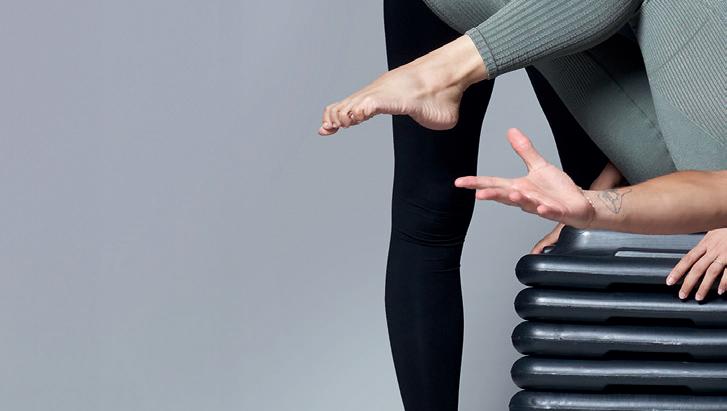








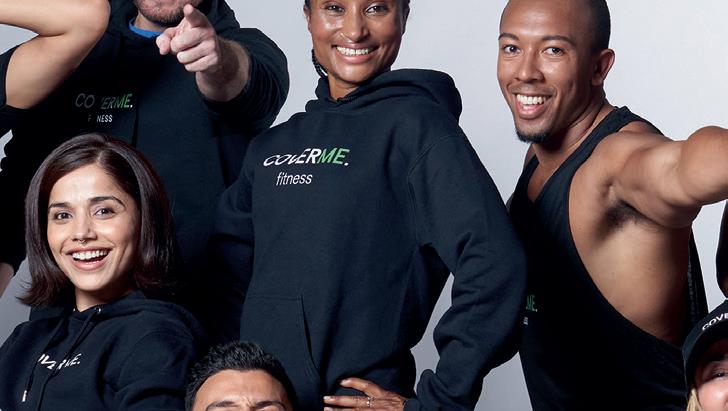


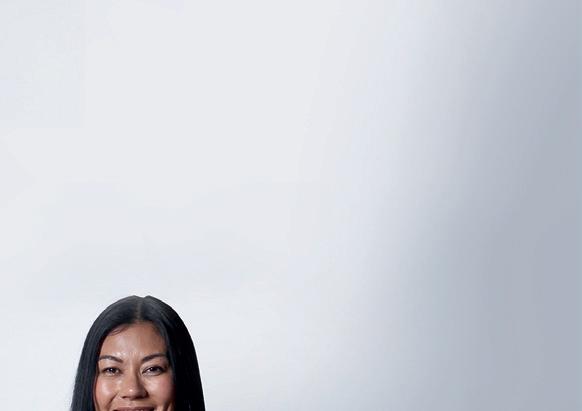
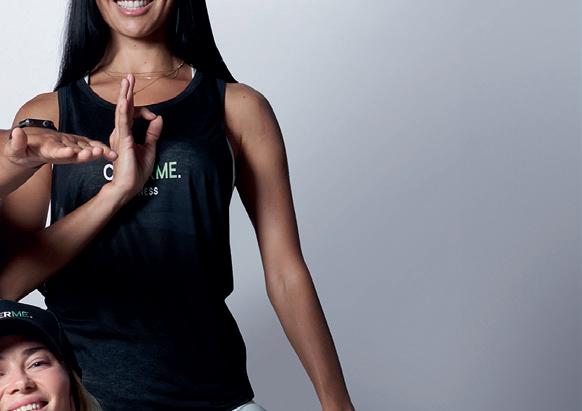
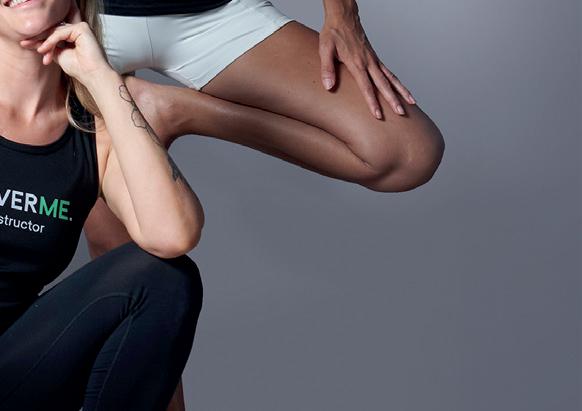



After only a month, Technogym App is being used by 83 per cent of members
Colets Health & Fitness is supporting active ageing with Technogym Biostrength
Colets Health and Fitness is an independent, not-for-profit health club with a rich history. The club offers gym, pool, group classes, squash courts and spa services to its community of 4,800 members, many of whom are families with multiple generations at the club.
The club’s ReFit Transformation project refurbished the gym and fitness studios, partnering with Technogym to install the latest cardio equipment, digital ecosystem, and wellness innovations. Anais El-Kadiri, head of gym, explains how Technogym Biostrength has enabled the club to create new membership offers for key demographics.
“As a not-for-profit, it’s vital that we reinvest into our facilities and amenities,” said El-Kadiri. “For our refurbishment we looked for best-in-class partners who could support our vision of delivering the best to members. Technogym offered advanced equipment, with Biostrength, digital solutions with Technogym App and ongoing education for our members.”
Creating connection with Technogym
Colets launched Technogym App as part of the gym upgrade and after a month, it had 74 per cent uptake and is now embedded into the member journey with 83 per cent of members across gym, classes, pool, and squash using the app.
Colets has a diverse membership and Technogym App’s content and functionality ensures everyone feels part of one club, with access to club communications, content, workout guidance and motivating challenges.
Spanning two spacious floors, the refurbished gym offers an enhanced workout experience that speaks to Colets’ different demographics. Standout pieces include the content-rich Excite Live cardio, and key pieces from the performance-focused Skill Line including Skillrun, Skillup and Skillrow. However it was Technogym’s latest AI-driven wellness solutions, Technogym Checkup and Biostrength, that have helped Colets create new offers.
Supporting healthy ageing with Biostrength Technogym Biostrength, the fully-guided, AIpowered strength product, was introduced to support members less likely to use the traditional free weights area. They soon realised it was the perfect tool to increase engagement in the over60s group, a demographic Colets is committed to with personalised training and education.

El-Kadiri and her team created a new health and vitality initiative, an eight-week course delivered in small groups using Technogym Biostrength.
Delivered by specialist trainers, the course aims to improve key metrics that may impact the health and wellbeing of over-60s members.
The eight-week course begins with a Technogym Checkup assessment at the start, which gives them benchmark data including strength and balance scores. After eight weeks of strength training and accessory work, they’re re-tested on Technogym Checkup giving tangible markers of improvement.


“For our refurbishment we looked for best-in-class partners who could support our vision”
Anais El-Kadiri, head of gym, Colets Health and Fitness
“Our members stay with us for a long time,” said El-Kadiri. “We are committed to helping them age well, and that means supporting them with strength, balance, fall prevention, confidence, and community.”
Feedback from Colets members highlights how Technogym Biostrength helped members engage with strength training and feel confident to continue. “The Biostrength products are excellent in giving me the confidence in exercising with weights, and helped provide great incentive for visiting the gym between sessions and joining other classes too,” said one.
Personalised member offers Technogym Checkup and Biostrength have been a huge success with the over-60s on Colets Health and Vitality Membership, helping older members track and improve their strength and balance, embed healthy habits and make connections with others on the same journey.
Situated on the gym floor, the Biostrength products have been a big hit across membership demographics, with Personal Trainers incorporating them into sessions and individuals using them for guided, efficient strength workouts with personal
Technogym Checkup and Biostrength
Colets is delivering an eight-week, over-60s course in small groups using Technogym’s advance equipment.
It begins with a Technogym Checkup assessment which gives benchmark data, including strength and balance scores, After eight weeks, members are re-tested to give tangible markers of improvement.

biofeedback. High demand for the equipment has led the Colets team to consider how the innovative tech could help them provide personalised programmes for other groups, including the club’s juniors.
“The full Technogym ecosystem, including the Technogym App, Technogym Checkup, and Biostrength gives us so many opportunities to support and educate different sectors of our membership.” said Anais. “We look forward to working with Technogym educators and trainers to deliver workshops and classes around wellness at every age.” l More: www.technogym.com
With research linking irregular sleep patterns with a higher risk of cardiometabolic disease and showing one bad night can negatively impact lifespan, sleep is finally getting the attention it deserves, as Kath Hudson reports
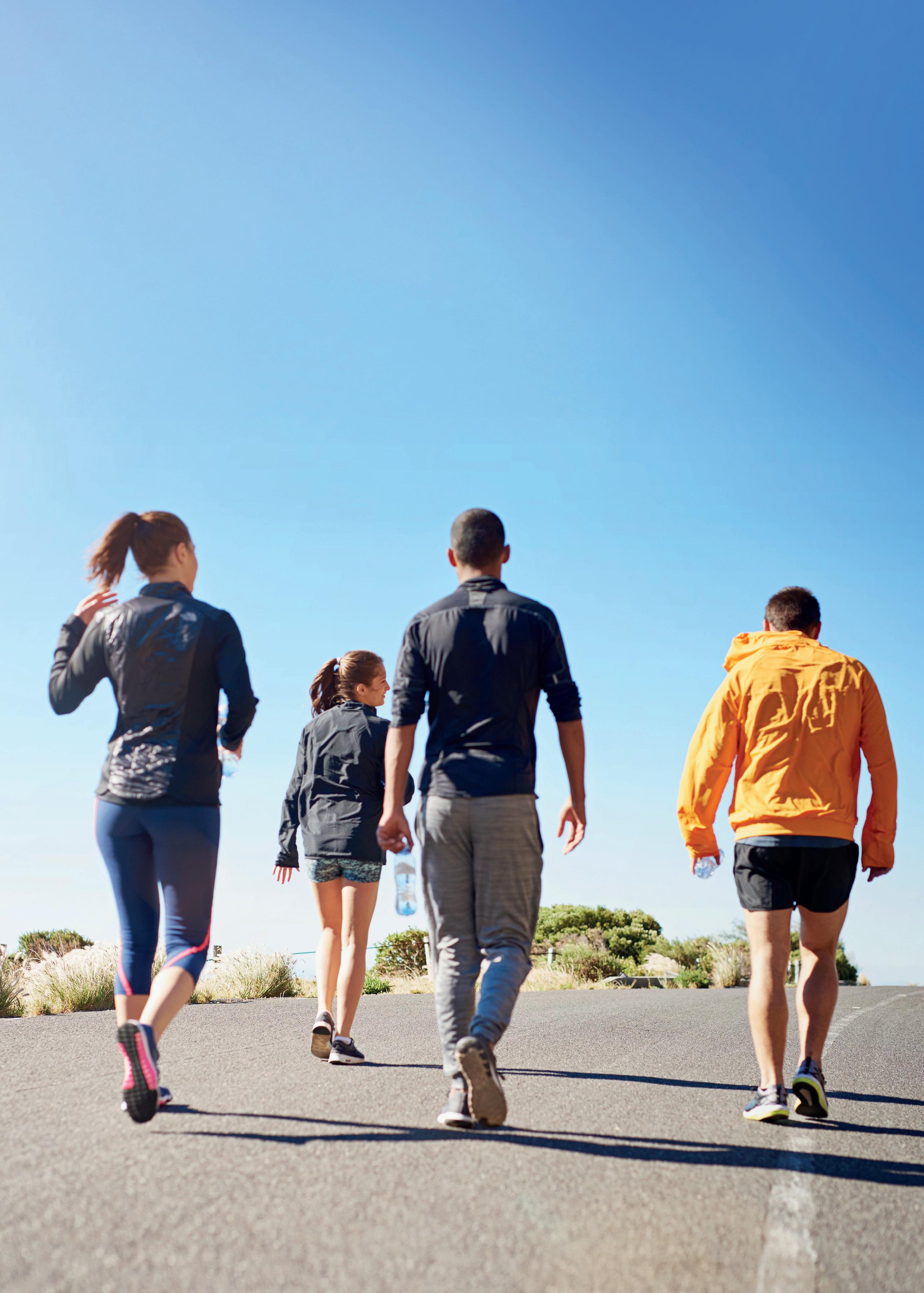
Exercising in the morning is a trigger to support sleep that night
Getting natural light in the first hour of waking is important, as it sets o the biological cascade which leads to good sleep
Oli Patrick Physiologist & Wellbeing Consultant
There’s a growing body of science to show that sleep consistency is a better predictor of mortality than sleep duration. Research also shows that people with the most consistent sleep and waking times have the best health outcomes. This is because hormones such as melatonin and cortisol – that drive daytime wakefulness and energy levels and regulate thousands of biological processes that are critical to staying well and living longer – are dictated by consistency. Getting natural light in the first hour of waking is important, as it sets


off the biological cascade which leads to good sleep.





A meta-analysis found that for every hour under seven hours there was a 6 per cent increased risk in all-cause mortality. However, every hour above eight was associated with a 13 per cent increased risk of mortality. This is likely because it’s indicative of some sort of sleep disorder, such as sleep apnoea, so people might sleep longer but won’t be getting such good quality sleep.
Research shows that getting an extra hour of sleep at the weekend could lead to a 20 per cent reduction in cardiovascular disease risk, however, three or four hours has an adverse effect.
As well as circadian rhythms, there’s growing interest in ultradian




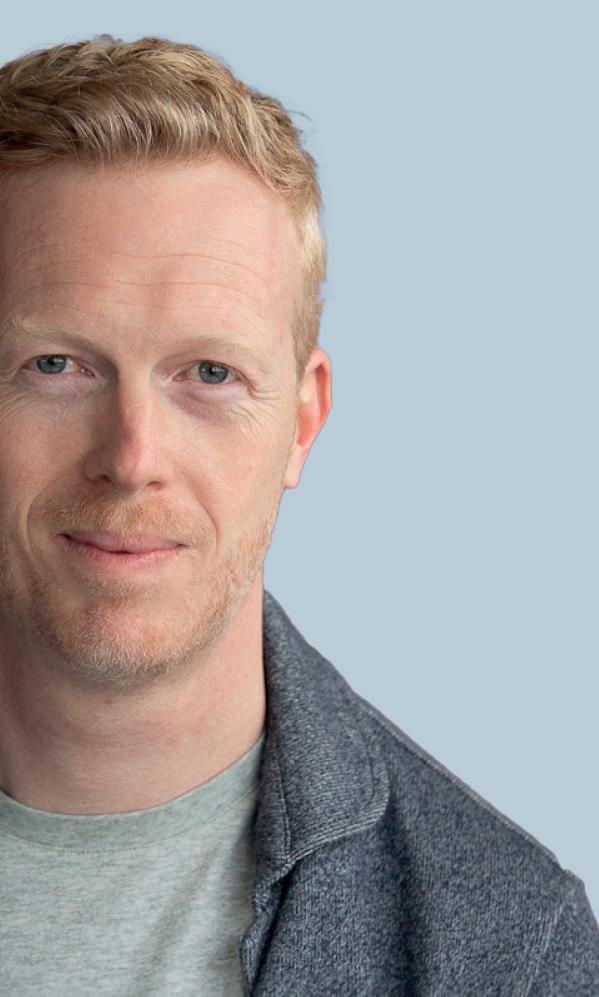
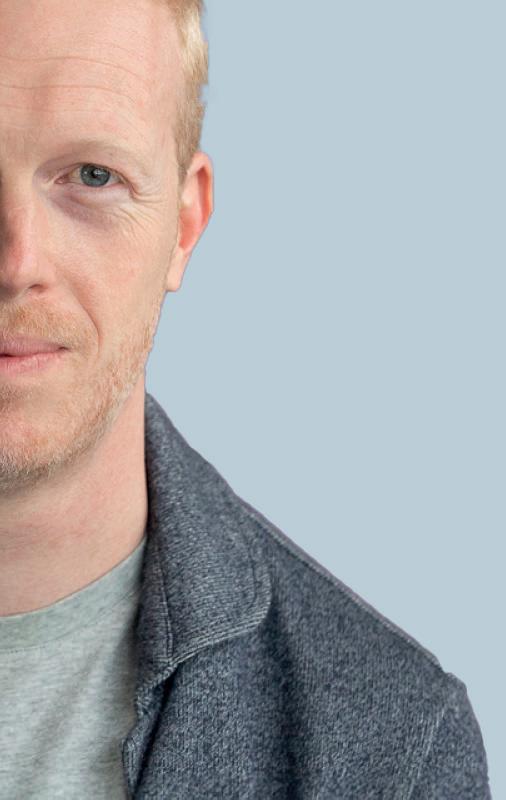
rhythms – the 90-minute cycles throughout the day that impact sleep. How we live each day dictates our nights, from the minute the alarm goes off, how it goes off, if you check your phone as the first instinct, whether you eat, or have coffee, or get access to natural light. Wearables can be useful in identifying the cause of sleep problems. Individuals differ in the impact alcohol, caffeine, eating late, exercising late has on their sleep. Wearables can help establish what personalised dosage of behaviour works for sleep patterns. However, they must be used with caution. People who have variables in their life which they can’t change – like young children or noisy neighbours – shouldn’t measure their sleep. And relying on a wearable to say how you've slept starts to erode balance. People should ask themselves how refreshed they feel and consolidate that with technology. Oli Patrick is founder of Pillar Wellness and co-founder of Future Practice and will be a keynote speaker at the HCM Summit in London on 23 October 2025 www.HCMsummit.live
The body’s ability to achieve deep, restorative sleep depends on a complex balance of hormones, neurotransmitters and metabolic processes
Louise Nicholettos
Director Cornwall Physio
Sleep problems are extremely common among my clients, and basic sleep hygiene, such as no screens before bed, often makes little difference. This is because the body’s ability to achieve deep, restorative sleep depends on a complex balance of hormones, neurotransmitters and metabolic processes that no amount of screen-time management can fi x when disrupted.
The two most common issues I see are problems falling asleep and nocturnal waking and the timing of sleep disruptions often reveals their underlying cause. Difficulty falling asleep can relate to melatonin production issues stemming from B6 deficiency (essential for converting serotonin to melatonin) or magnesium deficiency (nature’s relaxant that helps the nervous system switch off).
Waking between 1.00am to 3.00am usually signals blood sugar dysregulation. When glucose drops overnight, the body releases adrenaline and cortisol, triggering middle-of-the-night wakings with racing thoughts or anxiety, even

in individuals with normal fasting glucose.
Consistent 3.00am to 5.00am wakings often indicate cortisol dysregulation. This stress hormone should remain low overnight, but modern lifestyles can create flattened cortisol rhythms or premature morning spikes, leaving people physically exhausted but biochemically unable to maintain sleep.
Circadian rhythm and cortisol patterns are hugely influenced by natural light exposure but also by mineral balance, particularly magnesium, zinc, and sodium/ potassium ratios, which regulate adrenal function and neurotransmitter production which is essential for maintaining proper sleep-wake cycles.
Genetic variations, particularly in the MTHFR gene, significantly impact sleep by affecting methylation, a process essential for neurotransmitter production and hormone regulation. Thirty to 40 per cent of many populations carry at least one copy of the C677T MTHFR variant, which can disrupt both sleep onset and maintenance.
Methylation can be supported by ensuring adequate intake of methylation cofactors such as




synthetic folic acid), methylcobalamin (B12), B6, choline, and betaine, along with lifestyle factors that reduce methylation burden, such as minimising toxin exposure and managing stress levels.
The gut-brain connection provides another critical piece of the sleep puzzle. Intestinal permeability (leaky gut) and microbiome imbalances can trigger inflammatory responses that disrupt sleep centres in the brain, while impaired liver detoxification, which occurs primarily during sleep, can lead to restless, unrefreshing sleep.


Once people have diligently applied sleep hygiene principles without success, the next step needs to be some health detective work to find the underlying imbalance or root cause. When methylation is restored, blood sugar balanced, nutrient levels optimised, and detoxification pathways supported, sleep improvements often follow naturally.
Persistent sleep problems aren’t just inconveniences – they’re valuable signals pointing toward biochemical imbalances that –once identified – can transform not just the nights but overall health and add years to life.



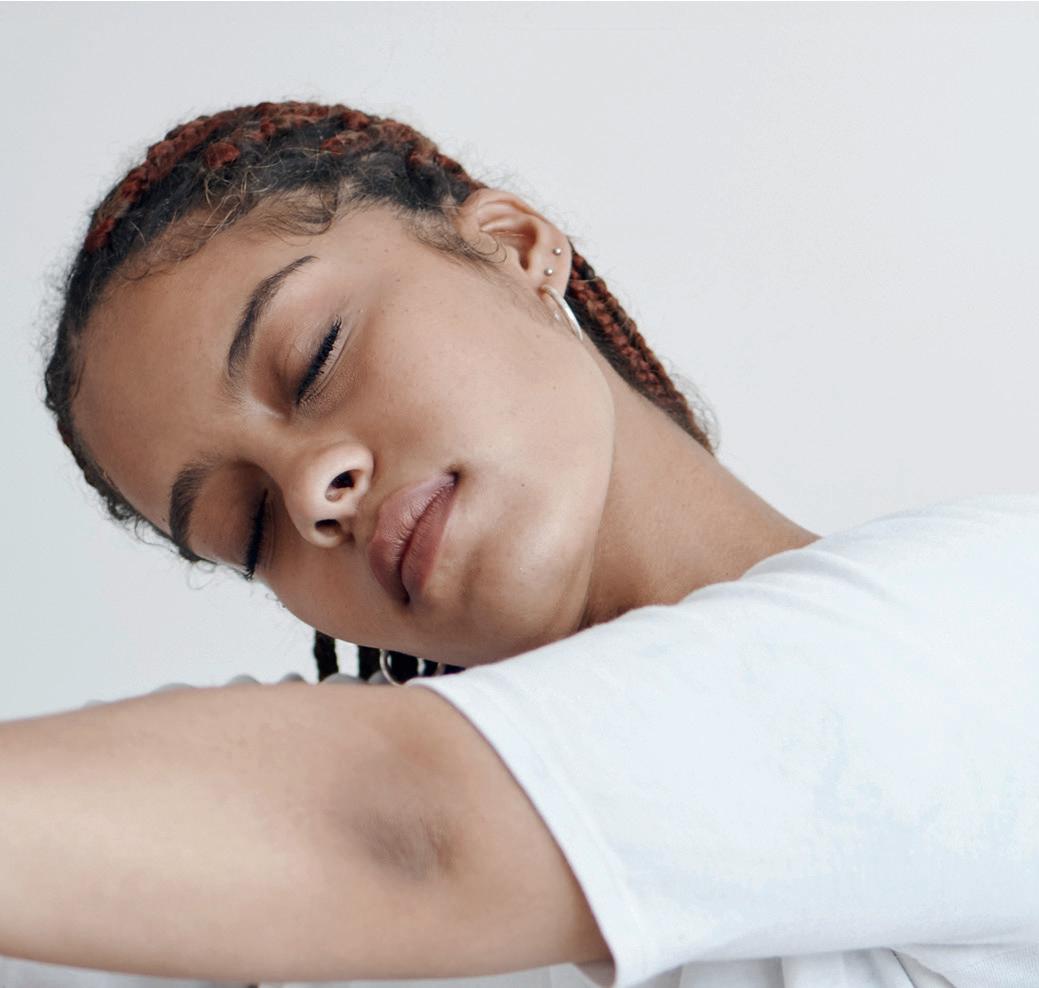
their clients
Shaun Traynor Founder Kip


While just as important, sleep, as a category, has lagged behind exercise and diet. Awareness is growing, but still people aren’t dedicating as much time or effort into their sleep as they are in these other two wellness pillars. One of the problems is the mentality that sleep is boring, or that they’ll be missing out. But when you don’t sleep well, cognition and mood are impacted, calorie intake and caffeine consumption increases, which then has an impact on the subsequent night’s sleep. Many of us have developed poor sleep hygiene. We’re ‘always on’ and don’t allow our bodies and minds to slow down and prepare for sleep – we spend all day in the chaos and demands of life and work, and in the evening work, scroll or binge

on Netflix. Then we crash into bed after functioning at 100mph and wonder why we’re too wired to switch off. This cycle can lead to insomnia, anxiety, burnout and depression.
Like diet and exercise, you have to put in a bit of time to achieve the results you want. The majority of people want to sleep better, but don’t dedicate the time to achieving it. We need to start seeing sleep as an enhancer of our lives, instead of something that gets in the way.
Trainers can help their clients by reinforcing behavioural changes that are most easily within their control –maybe stopping caffeine after lunch, limiting or even stopping alcohol on week nights; disconnecting from digital chaos at night and creating time and space to unwind, or creating a peaceful bedroom which makes you want to go to bed.

Shaun Traynor has partnered with experts in sleep science, psychology and behavioural health to create a device to break negative evening tech habits.
Kip uses a Disconnect Tag, which instantly disables distracting apps, paired with a mobile app featuring Sleep Coach which offers personalised guidance, expert-driven strategies and sustainable habits for better rest, such as expert-led breathing techniques.
If health were a tripod, sleep would be the leg we’ve ignored the longest
Dr Matthew Walker
Sleep scientist
University of California
Most wellness narratives still spotlight exercise and nutrition as the primary agents of health and performance. But sleep is the foundation of both. A lack of sleep erodes willpower, impairs glucose regulation, suppresses immunity and increases risk across nearly every major disease category. If health were a tripod, sleep would be the leg we’ve ignored the longest. While meaningful advances have been made over the last decade and sleeping is no longer seen as a sign of weakness or indulgence, culturally and commercially, we’re still playing catch-up. We need more messaging, as well as more environments, products and services that make it easier for people to get the sleep they need. Equinox Hotels’ commitment to this turns sleep from a talking point into a lived experience.
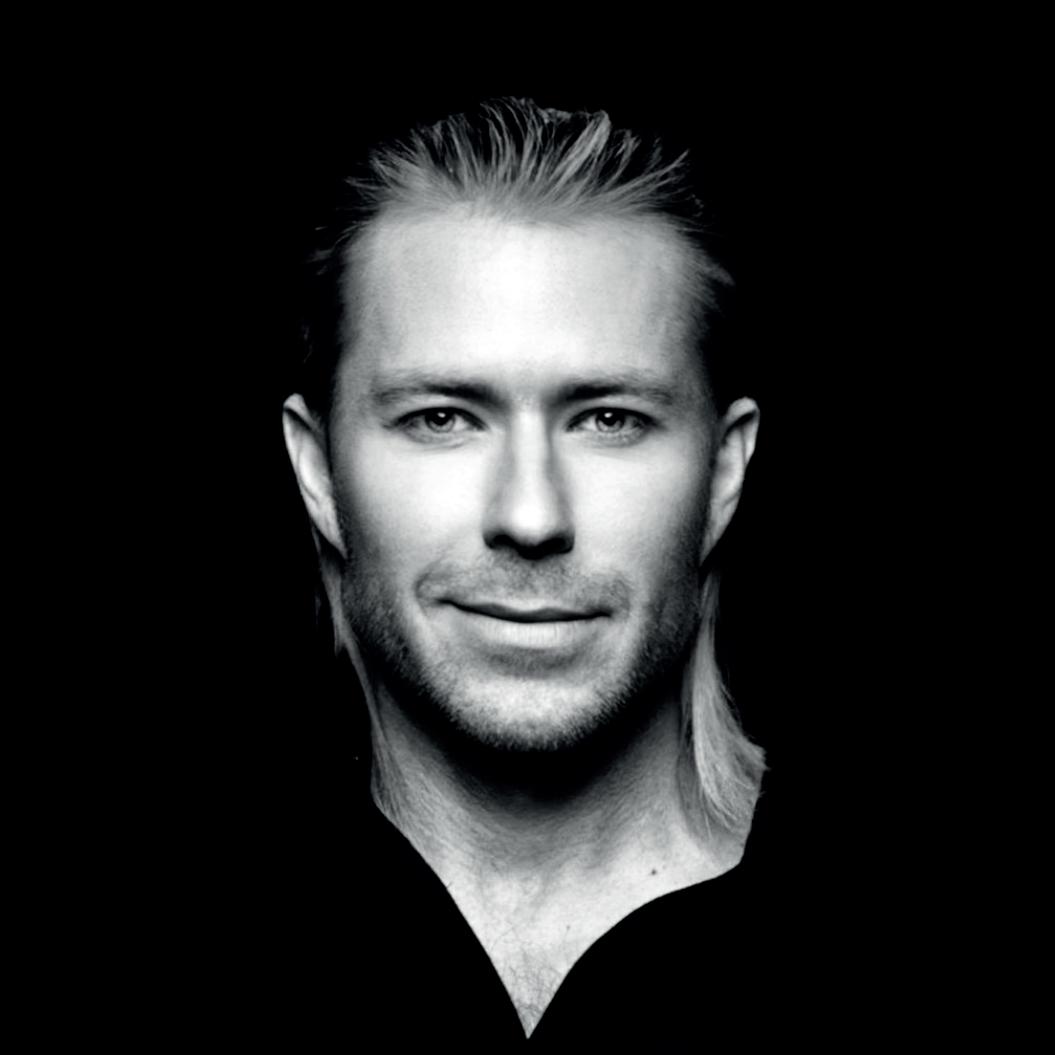
clock, particularly for hotel guests arriving from different time zones.
When light cues are timed correctly, they can accelerate circadian adaptation and promote better sleep at the right time of night.
Core body temperature needs to drop by about 1°C to initiate and maintain deep sleep, so we’ve used a temperature-regulating bed system to gently manage thermal comfort throughout the night, preserving that ideal state for high-quality, uninterrupted sleep and also the stages of sleep – especially deep and REM sleep.
One innovation which is coming down the tracks and will hopefully be incorporated into a later iteration of Sleep Lab is the incorporation of guided wind-down protocols based on each guest’s chronotype and stress levels.

Every feature in the Equinox Hotels' Sleep Lab was designed to give guests the best sleep of their lives. For example, the dynamic circadian lighting system isn’t just about ambiance, it’s about biology. It mimics the ebb and flow of natural daylight to help recalibrate the internal body
This would involve customised breathwork, light intensity, soundscapes, meal timing guidance and thermal adjustments synced to the individual’s internal rhythm. The infrastructure to support this kind of real-time personalisation is emerging and I believe it’s the future of sleep-forward hospitality.
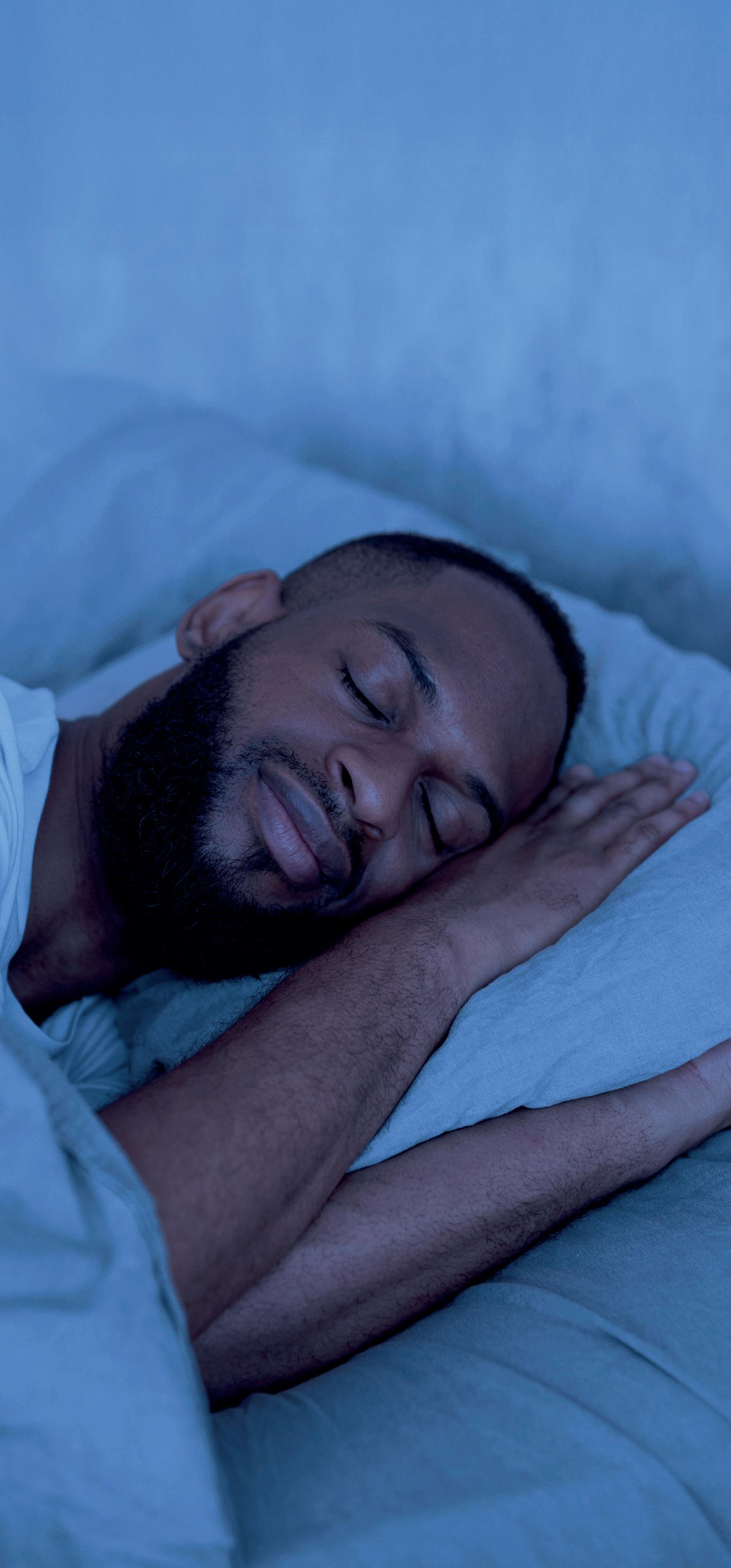
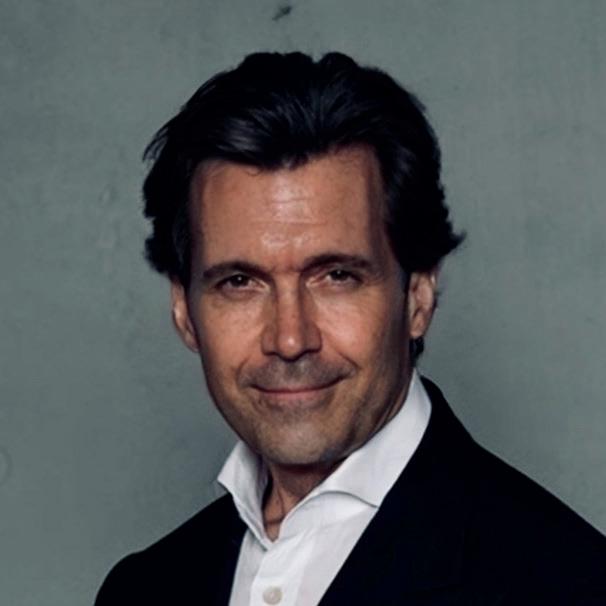
People think clearer, work smarter, train harder, recover faster and simply feel and look better when they sleep optimally
Equinox Hotels launched Sleep Lab in New York this summer, repositioning sleep from an afterthought to an essential, high-performance tool.
If we can rewire the sleep culture in New York – a city that runs 24 hours a day – we believe we can set a new standard in hospitality and health.
Of the hotel’s 212 guest rooms, four king suites are outfitted for the Sleep Lab. Everything is precision-engineered to optimise sleep, from temperature regulation to circadian lighting and next-generation biometrics.
We want to empower our guests with a deeper understanding of how sleep fits into the full circadian rhythm. Sleep is so more than eight hours spent in bed – it's an entire 24-hour experience, people think more clearly, work smarter, train harder, recover faster, feel and look better when they sleep optimally.
The Sleep Lab has received an overwhelmingly positive reaction.
As with food and exercise, people are often stuck between knowing what they should do to sleep better and actually doing it
Sleep expert and ambassador
Grey Wolfe
I’ve been observing the exponential increase in sleep problems for 30 years and believe it’s very much to do with the speed of life today. Technology has driven us at a pace that’s unsustainable given the design of our physiology and many people are finding themselves stretched to capacity.
We’ve also become restless and it’s become the norm for many to never take a break and to check their inboxes in the evening and even during the night, weekends and when they’re on holiday.
Global anxiety levels have increased as a result of wars and the financial and political upheaval. Even if we’re not directly affected we feel the fear and chaos and unless we learn how to rest in a strategic and disciplined way, it can take its toll on our health and our sleep. The introduction of AI is adding to mental overwhelm.
The overthinking process is a huge disruptor for many people’s sleep – especially those who I describe as sensitive sleepers. Combined, these factors have led

to many people forgetting what it means to rest – during the day and night – so no amount of sleep hygiene or the best mattress or bedding is enough to settle the dysregulated nervous system. While there's growing awareness of the importance of sleep compared to a few decades ago, there’s a big gap between knowledge and wisdom. As with food and exercise, people are often stuck between knowing what they should do and doing it.


The global sleep industry –projected to be worth US$950bn by 2032 – is flooded with products to help optimise sleep, however the starting point is for people to become aware, take responsibility and make better lifestyle choices. Consistent small changes can bring about profound changes. ●

1 Eat within 30 minutes of waking – especially important for women – this releases serotonin and oxytocin which later helps produce melatonin which aids sleep.
2 Go to bed earlier, before midnight is key
3 Hydrate hydrate hydrate: between 1.5 and two litres daily
4 Lay off the tech an hour before bed and for 20 minutes after waking
5 Be careful with caffeine: don’t use it as a substitute for food, or consume after 3.00pm





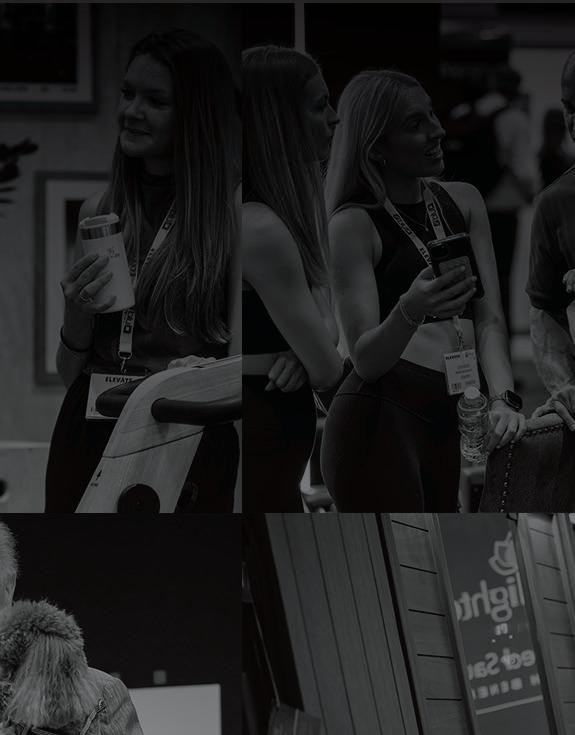
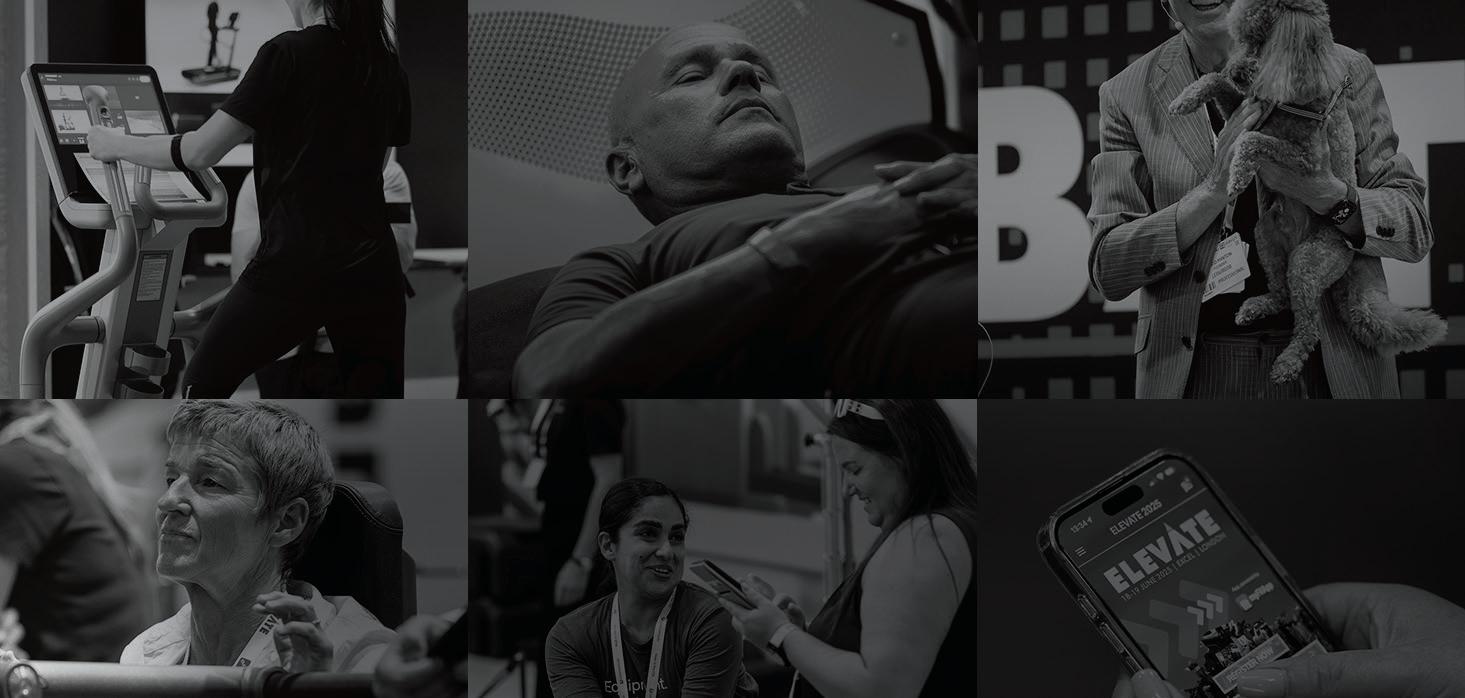






















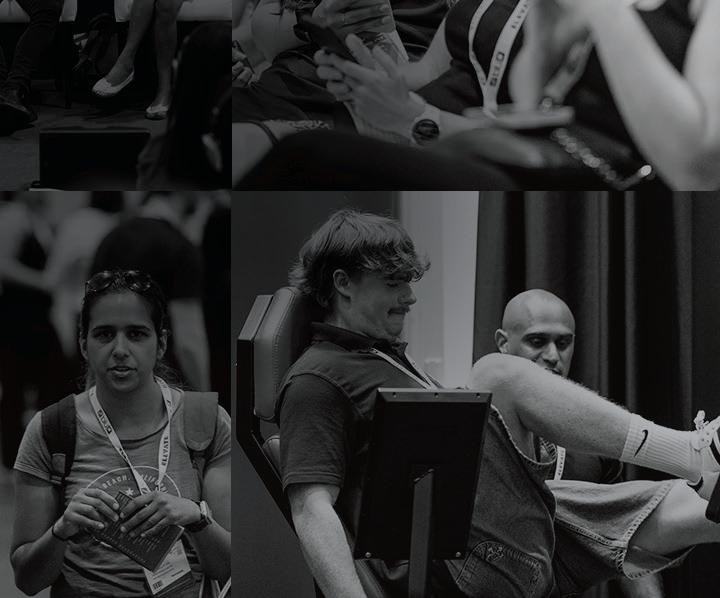
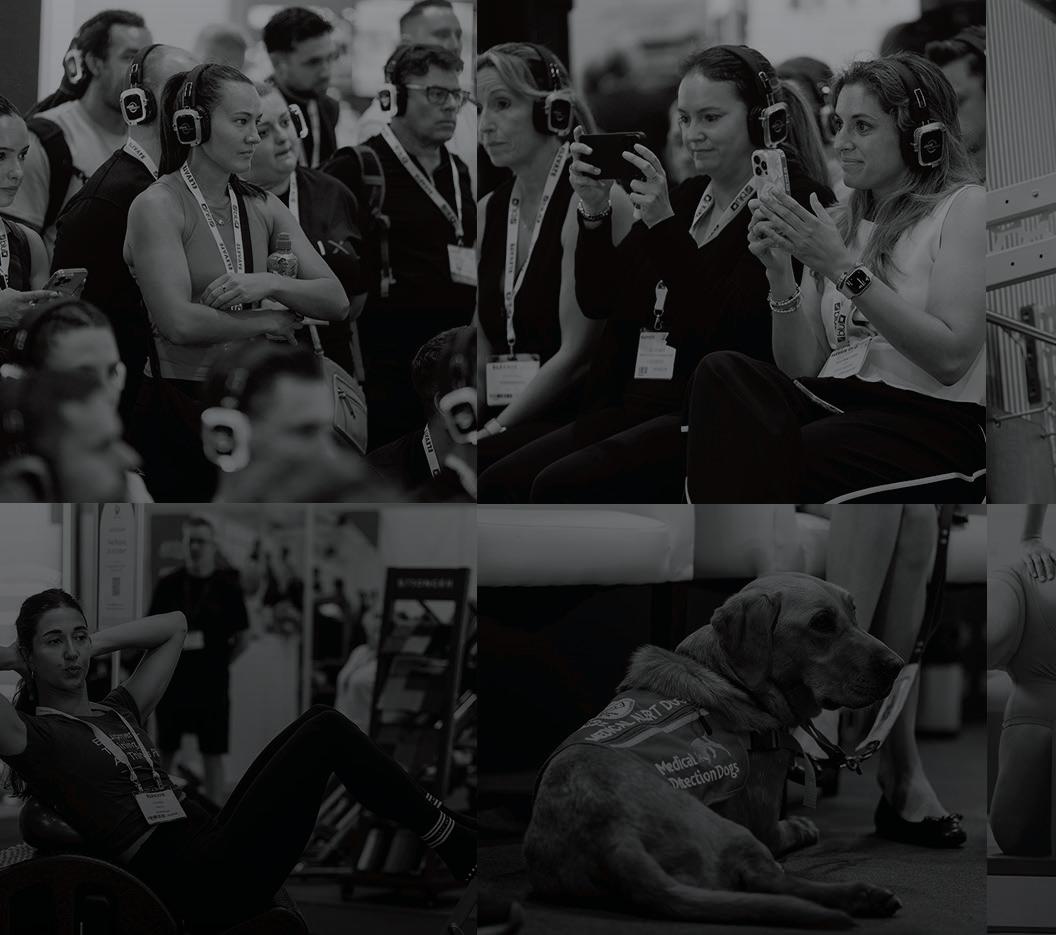





Deloitte India has joined forces with the Health and Fitness Association to assess the market potential of the Indian fitness market, as Kath Hudson reports
India presents one of the world’s most exciting growth opportunities for the fitness sector, says a landmark report from the Health and Fitness Association.
The India Fitness Market Report 2025, produced in collaboration with Deloitte India, dives into the market for commercial fitness facilities, looking at premium, boutique and value clubs.
The report heralds a new era in India’s wellness journey, where fitness is no longer a niche aspiration, but a national movement. It claims the momentum is undeniable and the opportunities are immense. From 2024 to 2030 the market size is expected to post a compound annual growth rate of 15 per cent.
Rising health awareness – partly driven by the government – technological innovation, evolving consumer attitudes, increasing disposable income, urbanisation, favourable demography and the proliferation of fitness culture is contributing to the sector’s development and opportunities.
“India has the world’s largest population, a dynamic and youthful demographic and a rising middle class, increasingly focused on health and wellbeing,” says HFA president and CEO, Liz Clark. “Although the country’s current fitness
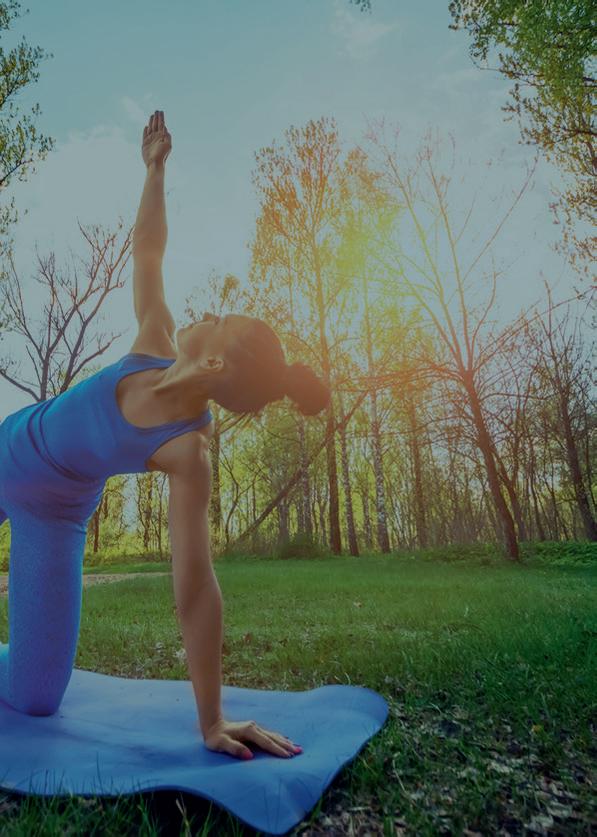


With continued innovation, strategic investment and supportive public policy, this market can deliver meaningful returns financially and improved health outcomes
Liz Clark, CEO, HFA
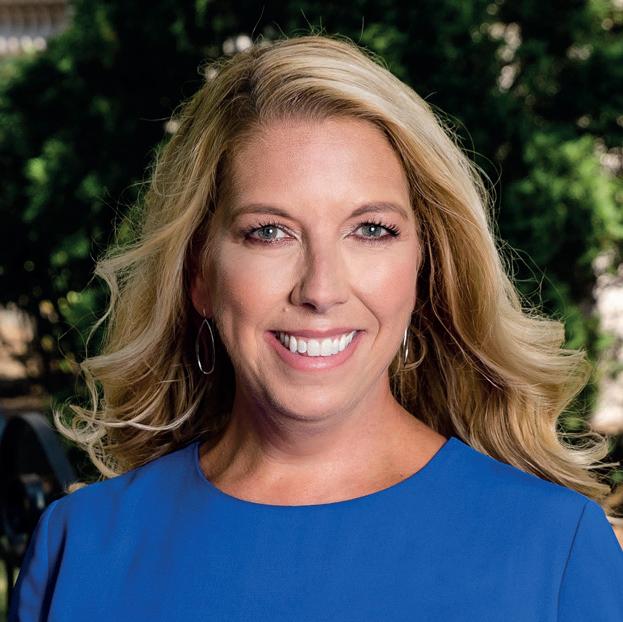
facility membership remains below 1 per cent, the market is on a steep growth trajectory and is expected to more than double in size by 2030.”
India’s commercial fitness sector is estimated to be worth INR 16,200 crore (US$1.94bn).
There are 46,500 facilities and 12.3 million members, with penetration being 0.8 per cent.
By 2030, the market is predicted to grow to INR37,700 crore (US$4.5bn), with around 23.3 million Indians having a gym membership and penetration doubling to 1.7 per cent.
Significant growth is expected in the top tier cities – Bengaluru, Mumbai, Delhi NCR, Hyderabad, Chennai, Pune, Jaipur, Lucknow, Kolkata and Kochi. These cities
contribute more than 56 per cent of market revenue and 42 per cent of members.
Many of the tier-two and lower tier cities remain untapped, but hold immense growth potential, due to increasing urbanisation and fitness awareness. Affordable chains which can penetrate these markets stand to gain the most.
The commercial fitness market is split three ways – value, premium and boutique. The value segment accounts for 56 per cent of market value; 78 per cent of the membership and 80 per cent of the total facilities. In 2030, it is expected to account for 53 per cent of market value, 79 per cent of membership and 78 per cent of facilities.
Premium facilities is a growing segment, forming 38 per cent of the market, with 18
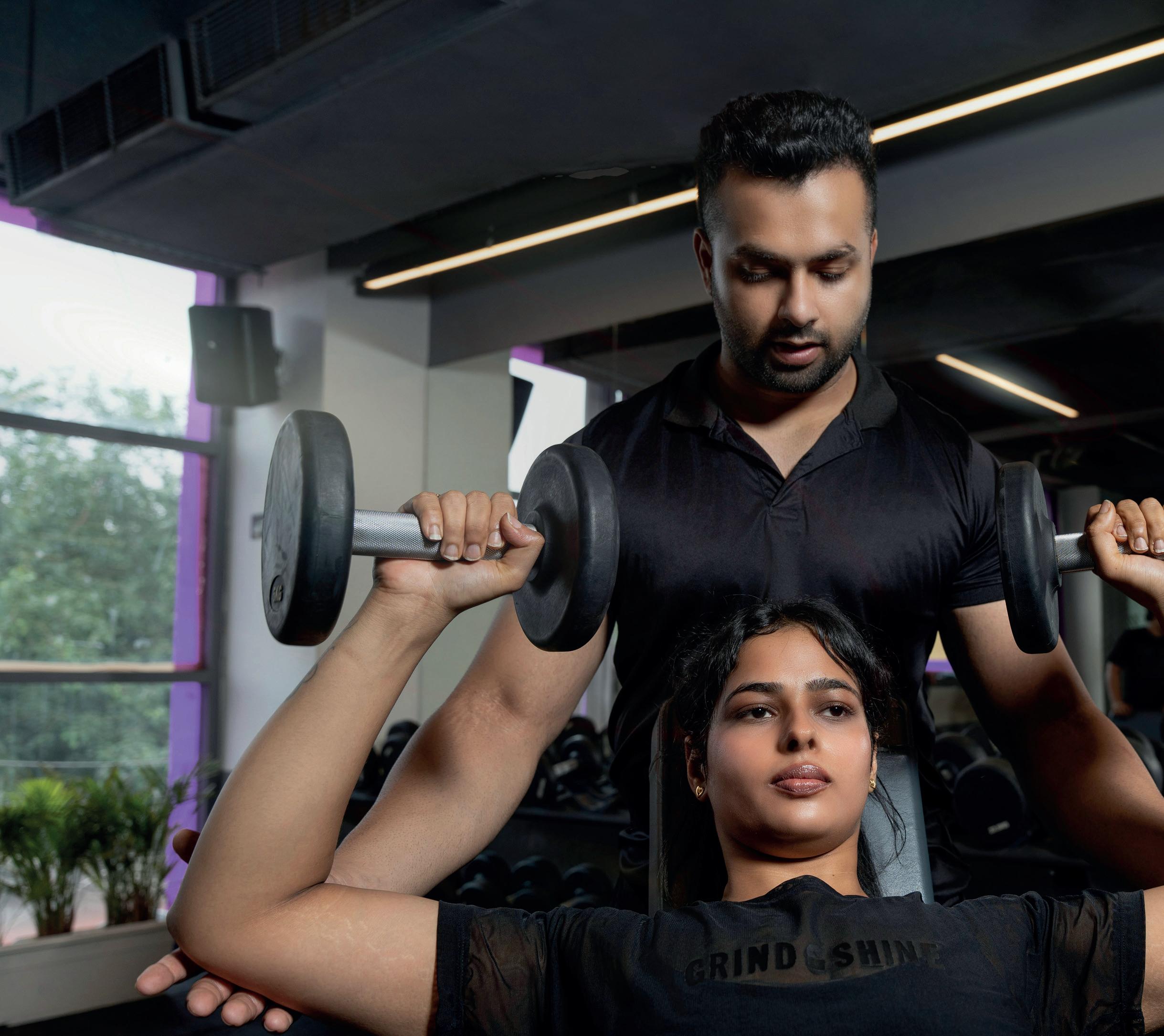
In 2024, India had the world’s largest population – 1.4 billion people – and 65 per cent are under the age of 35
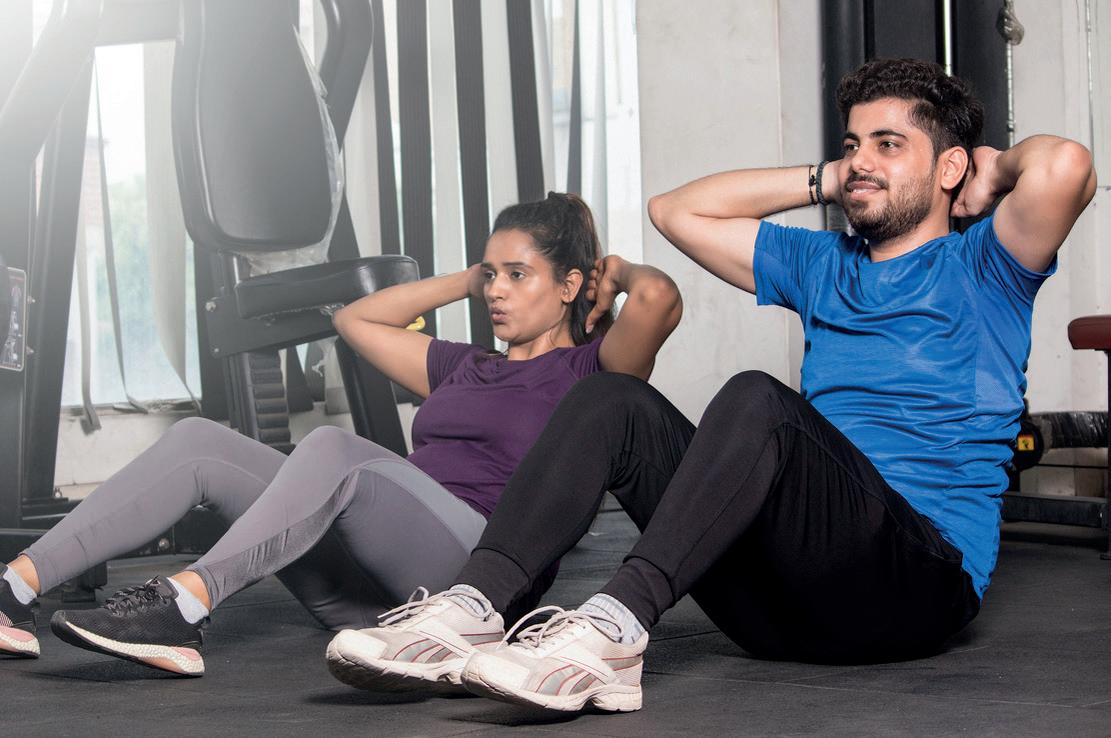


Source: Deloitte
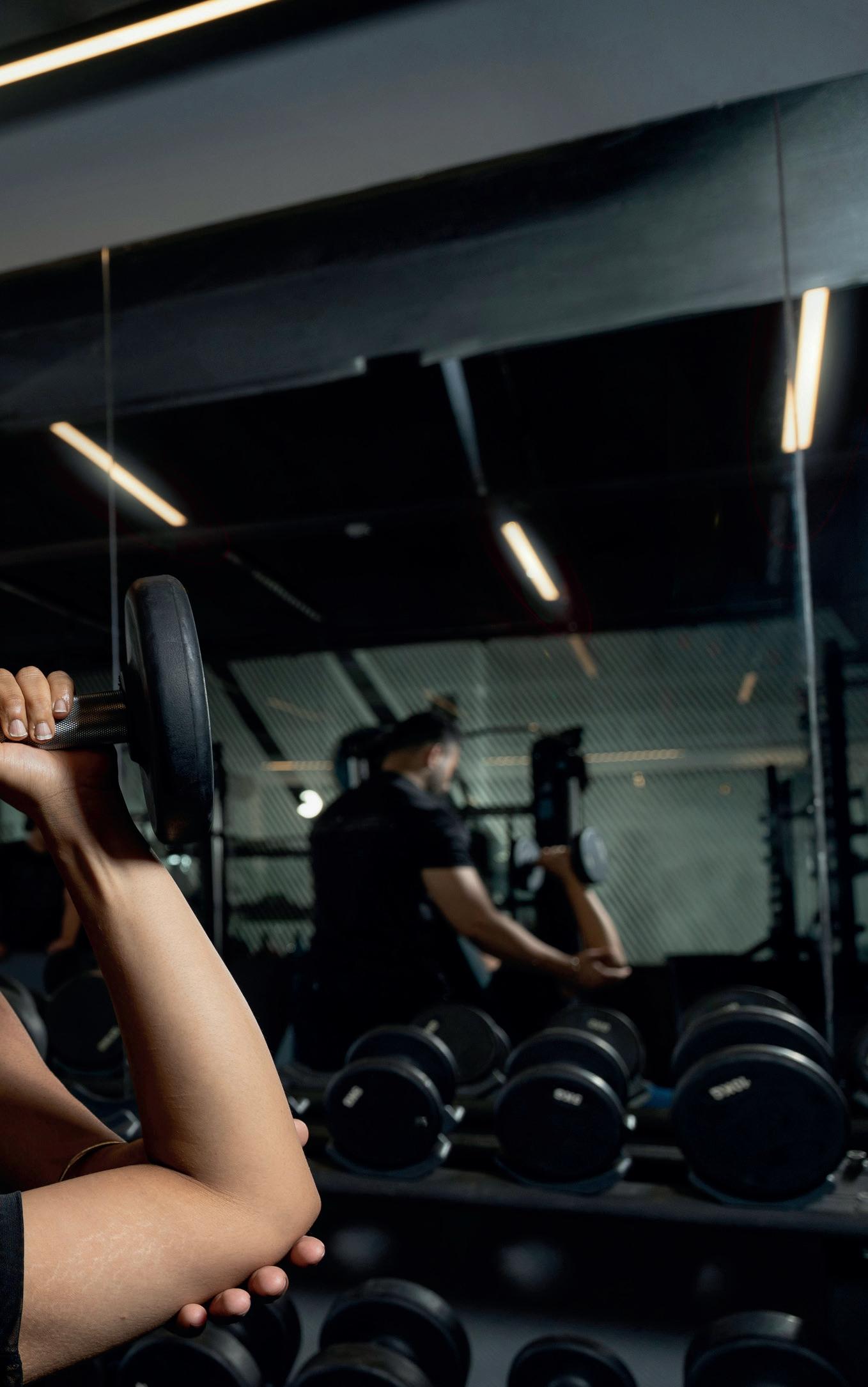
per cent of the membership base and 12 per cent of the facility count. They’re expected to account for 39 per cent of the market by 2030, as well as 16 per cent of the membership base and 11 per cent of the facilities.
Focused around single modalities – with yoga being popular – the boutique segment has a 7 per cent market share; 4 per cent of the membership base and 8 per cent of the facilities. By 2030 boutiques are projected to reach 8 per cent market revenue; 5 per cent of members and 11 per cent of facilities.
All three industry segments are expected to see robust annual growth between 2024 and 2030. The growth rates for Premium (16 per cent CAGR) and Boutique (19 per cent CAGR) are projected to be somewhat stronger than Value (14 per cent CAGR).
This explains why Value's overall share of market revenue is expected to decline marginally from about 56 per cent in 2024 to 53 per cent by 2030, although revenue for the Value segment is projected to more than double from US$1.09 billion in 2024 to US$2.39 billion by 2030.
The market is fragmented with only a few national-level operators. The challenges include the lack of adequate fitness infrastructure outside top tier cities. Retention is also currently a challenge, with
Public health outcomes have been improving in India

many members leaving their gyms for home workouts or taking temporary breaks.
Fifty per cent of non-members claim they do not want to change their daily routine for fitness activities.
Affordability is an issue, with 52 per cent saying the primary reason for not joining a fitness facility is the price. Inactivity is prevalent, especially in lower income households, and women have higher rates of inactivity than men. Unpaid activities, such as running, cycling and indoor and outdoor games are popular.
In 2024, India had the world’s largest population – 1.4 billion people – and 65 per cent are under the age of 35. There are 956 million people in the target fitness market age group of 18- to 62-years-of-age. Of these, 10 per cent – 138 million people – are involved in physical activity.
The report identifies potential to convert fitness enthusiasts into paying customers through community-driven, low-cost options. With companies increasingly investing in employee wellness programmes, corporate wellness presents a further opportunity.
India has made significant strides in improving public health outcomes through the National Health Mission through preventative health and public health initiatives, including the Fit India
Significant growth is expected in the top tier cities, which contribute more than 56 per cent of market revenue and 42 per cent of members
Movement which encourages healthier lifestyle with regular movement and balanced nutrition. Clark says: “For industry and public health leaders alike, the message is clear: India’s fitness sector is on the rise. With continued innovation, strategic investment and supportive public policy, this market can deliver meaningful returns financially and improved health outcomes.” l Kath Hudson is news editor of HCM magazine and editor of the HCM Handbook.


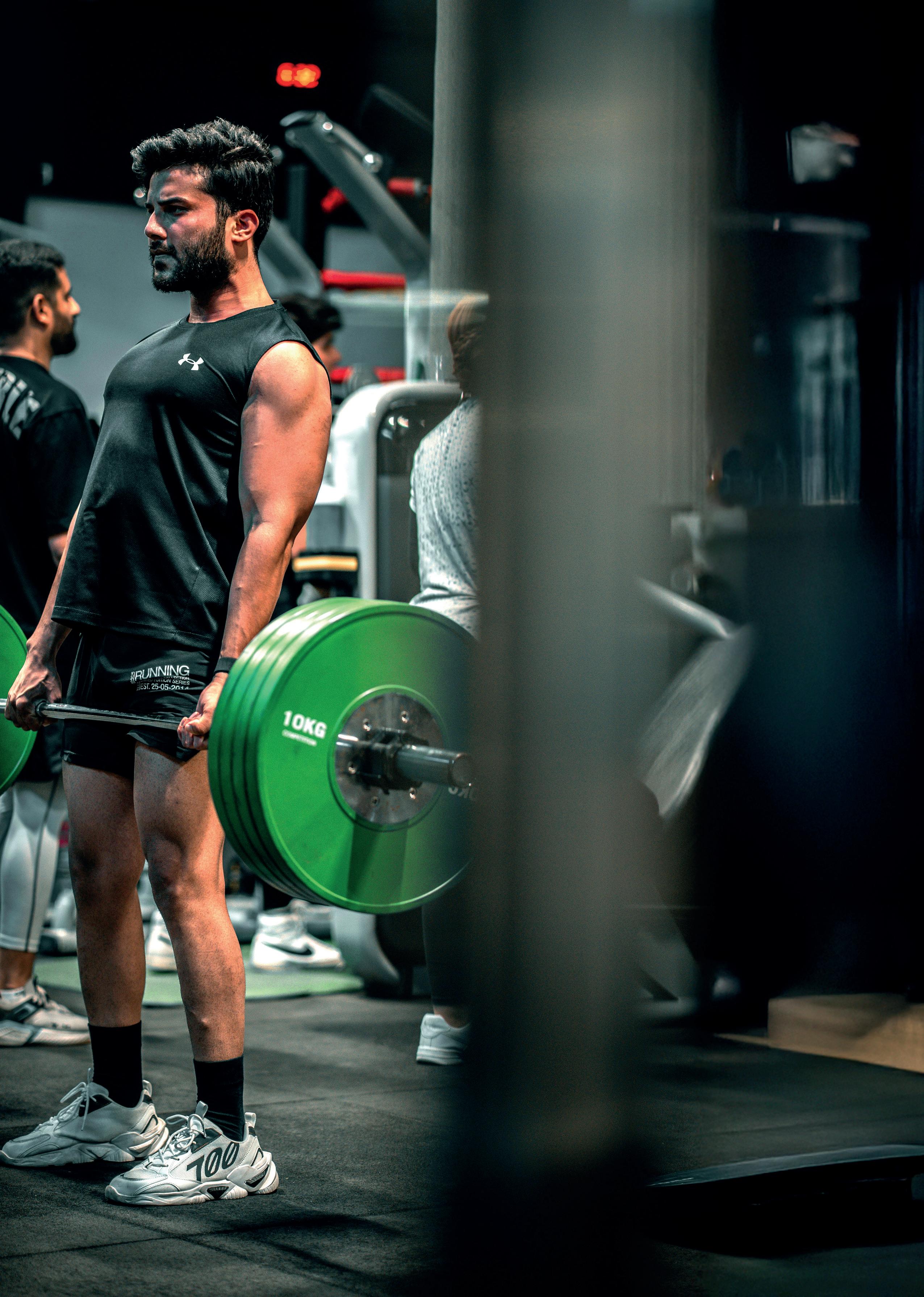

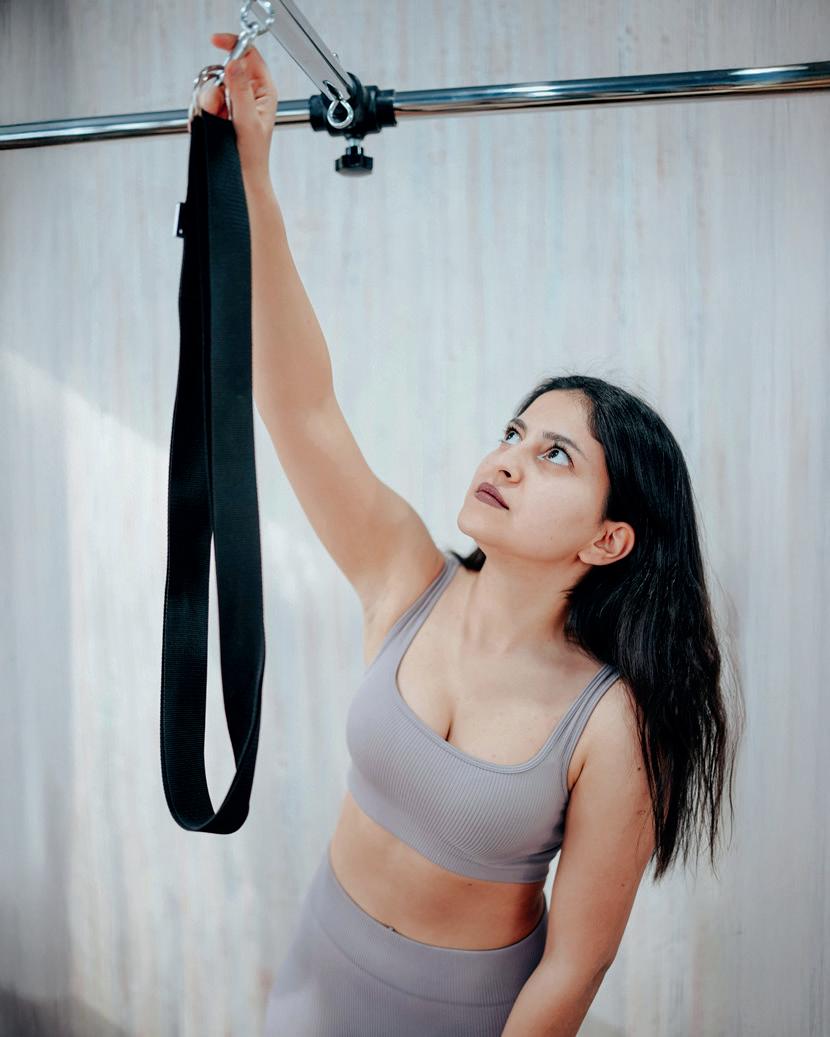

Source: Deloitte India/HFA
Competitive fitness events are booming and the health clubs adapting to this demand are creating highly-engaged communities, Dan Barker from BLK BOX explains
What’s your view on the rise of fitness events such as Hyrox?
They do a great job of making people really feel as though they’re athletes, giving them a real, tangible reason to train, way beyond aesthetics or health. It also means gyms are shifting their focus towards performance-based training, which creates a more engaging and purpose-driven experience for members. Fitness facilities and gyms are becoming teams, where members get to travel to different events to participate alongside their community.
From my experience, events such as Hyrox also act as a gateway into the wider world of competitive fitness. For many people, it’s their first taste of structured, goal-driven training and once they’ve done one, they want more. I’ve seen people go from Hyrox to marathons, triathlons, even ultramarathons and Ironmans. It’s sparked a real shift in mindset around performance and personal achievement.
How has this trend been developing?
Initially, functional fitness was very niche and limited to CrossFit boxes and strength and conditioning spaces. But over the past few years, with the rise of Hyrox and ATHX, we’ve seen a huge uptake in more mainstream gyms adopting this style of training.
I’ve seen PT studios – whose USP was personalised one-to-one training – introduce group training models and classes to accommodate the trend and we’ve even seen leisure centres innovating and investing in spaces to specifically support this type of training and competition preparation.
What’s currently in demand?
At BLK BOX, we’re seeing high demand for sled tracks, turf, ski and row machines, wall-ball targets, sandbags, functional rigs with attachments and storage that keeps the space clear for multi-modal training. People are looking for an event-style community experience, so choosing equipment that mimics what they’ll face in competition is key.
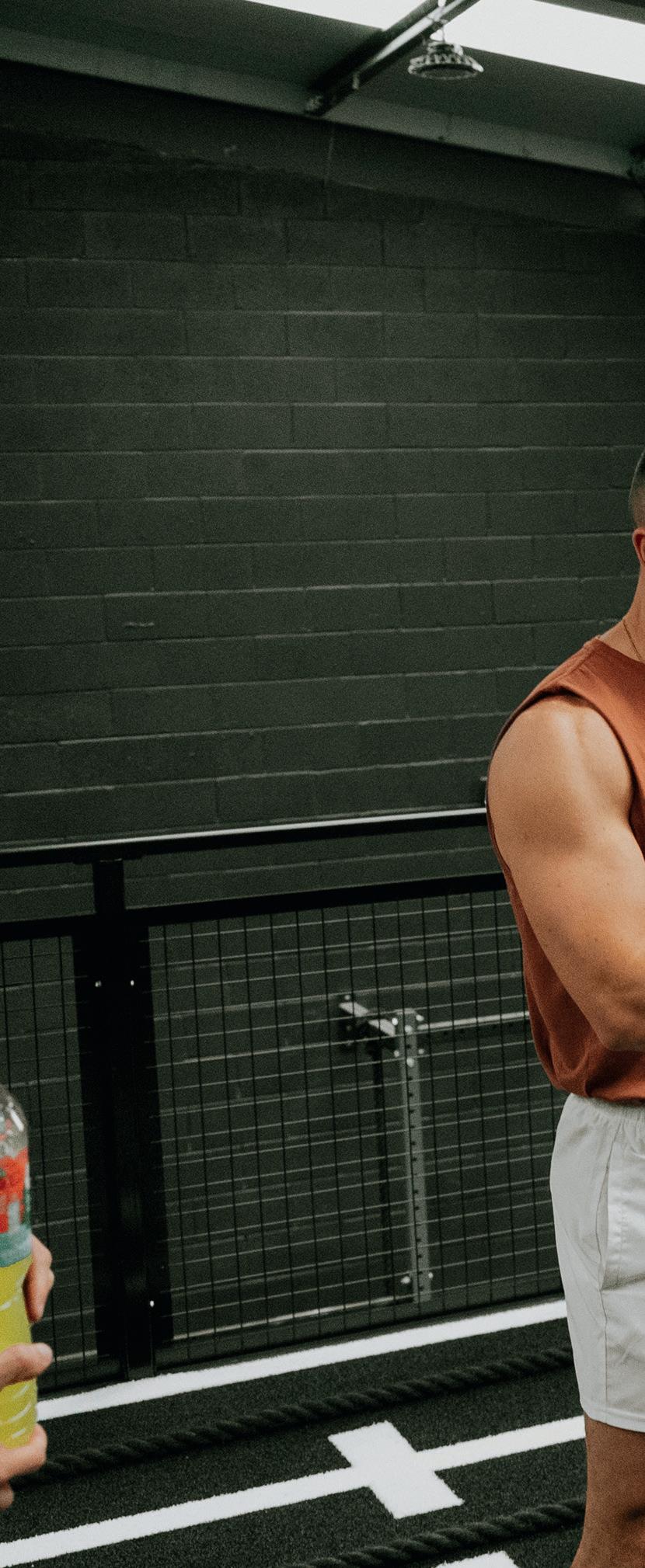

Beyond that, it’s about creating spaces that feel dynamic and aspirational, but that are also welcoming.
Can a gym layout attract new members?
The right layout doesn’t just support the training; it sells the experience. A well-designed space signals to potential members that the gym understands the
I’ve seen people go from Hyrox to marathons, triathlons, even ultramarathons and Ironmans. It’s sparked a real shift in mindset around personal achievement
Dan Barker, BLK BOX

demands of modern functional fitness, and that it’s serious about helping people train with purpose.
We’ve designed spaces with clear flow and open areas for coach-led sessions, made to accommodate the demand of larger class numbers without compromising on the experience.
What advice would you give to operators looking to offer this type of training?
The key is to design a space that’s accessible and adaptable, while still delivering the performance and functionality expected by members who are committed to serious training. It should be suitable for everyone – from those just starting out to more experienced gym users – and support a wide range of training styles and goals. Create Hyrox-ready zones, but not Hyroxexclusive. That means ensuring enough open floor space to perform key movements properly. Don’t just squeeze in a 1m x 10m sled track, for example, but allow room for transitions, group sessions and event-style flows.
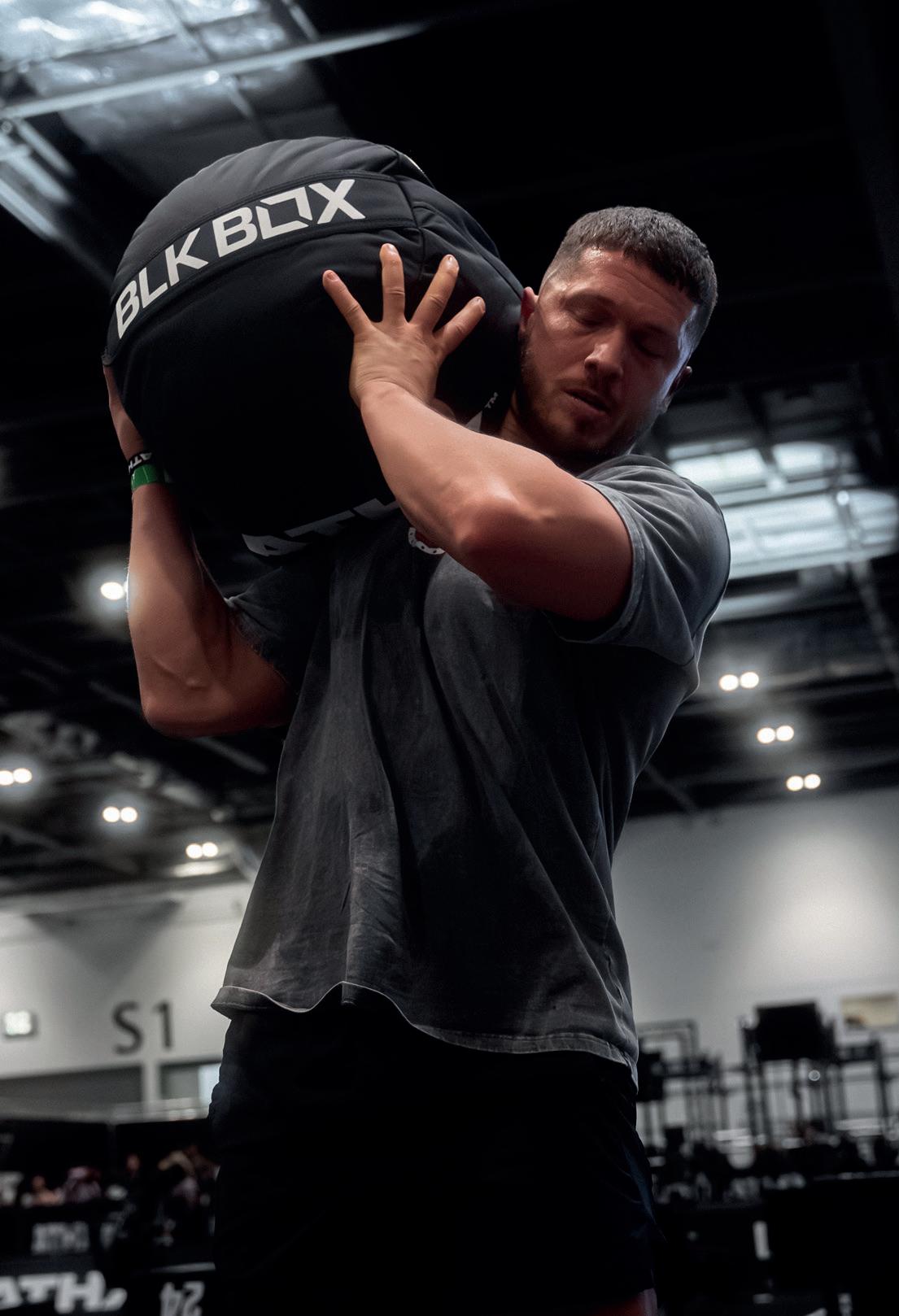
Boundary CrossFit chose to install a Hyrox zone on the mezzanine level

People are looking for that ‘event-style’ community experience, so equipment that mimics what they’ll face in competition is key
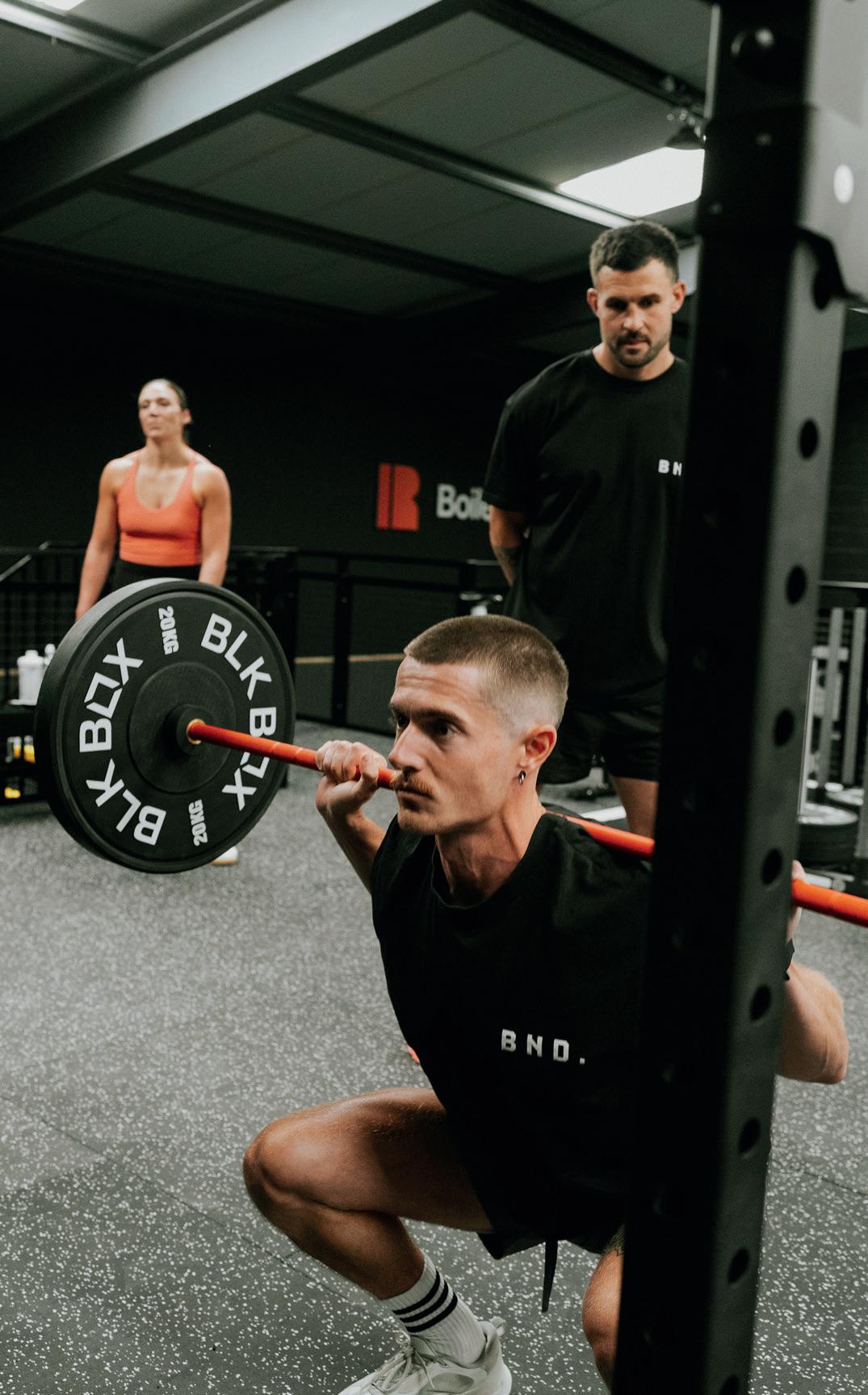
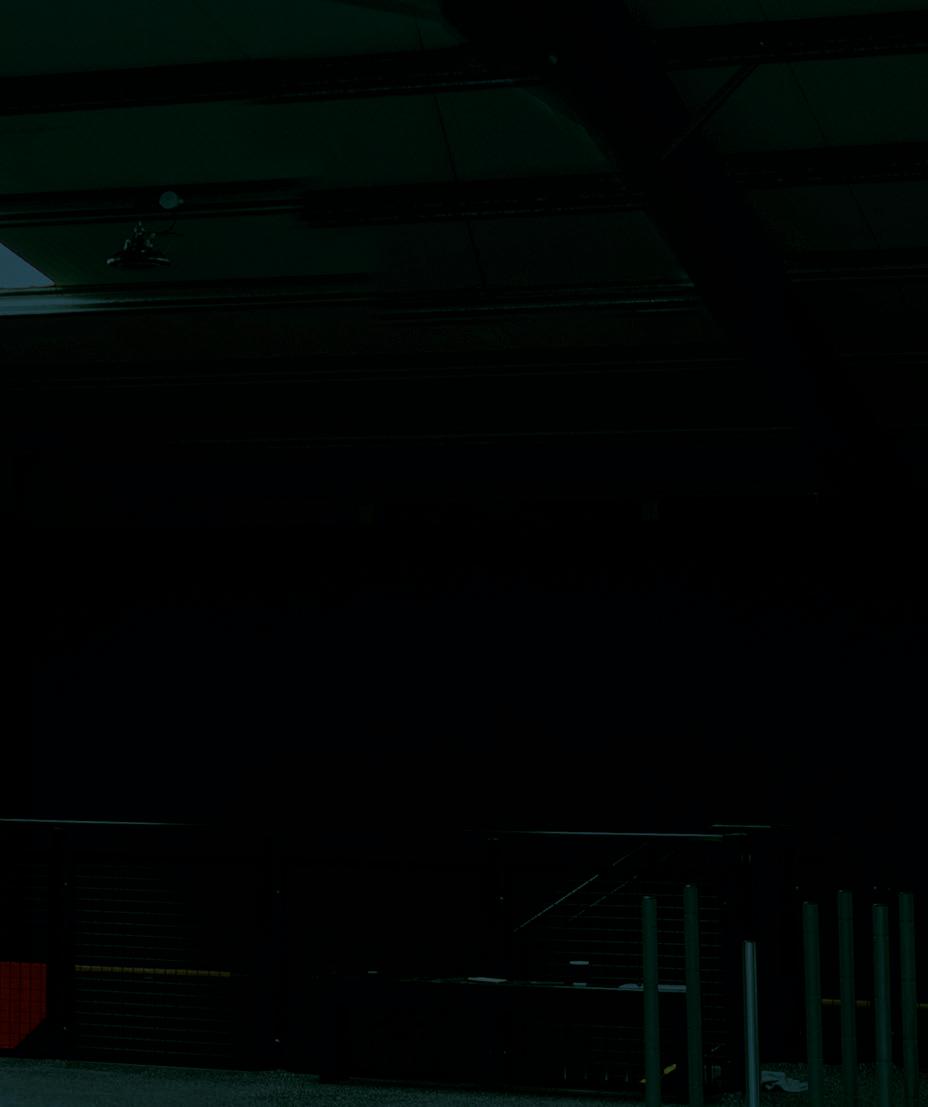
Boundary, Belfast now has training areas for both Hyrox and Crossfit, following an installation by BLK BOX
In 2020, BLK BOX partnered on the launch of Boundary CrossFit in Belfast, a premium warehouse facility.
By March 2025, the team was looking to integrate training for Hyrox into the space on a 9m x17m mezzanine above the gym floor to create a dedicated functional fitness zone without disrupting the CrossFit setup below.
BLK BOX led the CAD design and floorplan, using black, red and stainless steel accents to maintain brand continuity. The result is a premium mezzanine space featuring a sled lane, pull boxes, squat racks, cardio kit and more –all designed to support the Hyrox methodology. With CrossFit downstairs and Hyrox above, the facility now runs simultaneous programming tailored to different goals, with room to expand into strength and cardio-based classes.

Future-proofing is also critical. Flexible layouts, durable flooring, and smart storage solutions help create a space that can evolve with training trends while keeping the environment safe, clean, and efficient.
Offer intro sessions, skill workshops and scalable programming to meet all ability levels. And most importantly, ensure your coaches are well-trained and genuinely passionate, because the sense of community is what keeps people coming back.
How can operators provide for core members as well as niche groups? Through balance, zoning and communication and also by creating designated areas that serve different training styles.
Most members will still want access to strength, cardio and floor space, so keep those areas intact, but creating functional fitness zones that all members can access will go a long way to keeping everyone satisfied.
It’s important to communicate clearly with members, so they understand it’s an addition and not a replacement. Done right, it can help retain members by giving them new ways to stay motivated. ● Danny Barker is business development manager at BLK BOX
More: www.blkboxfitness.com
Representing the next generation of hosted buyer events, designed to bring together like-minded leaders in the club and fitness industry through scheduled meetings, interactive education sessions, and purpose-driven networking experiences.


Connecting suppliers with buyers representing North America.
September 21-24 • Four Seasons Hotel Westlake Village, California
Nestled in the Santa Monica Mountains, Four Seasons Westlake Village offers a serene luxury five-star retreat with a world-class spa, gourmet dining, and beautiful gardens, perfect for both leisure and business.
Connecting suppliers with buyers representing Europe and The Middle East.
October 14-17 • Higuerón Hotel Malaga, Spain
Higuerón Hotel Curio Collection by Hilton is a five-star luxury hotel on the Costa del Sol, offering stunning Mediterranean views and a blend of contemporary design with local culture. Contact Our Team Today!
info@weworkwellevents.com www.weworkwellevents.com


Once the preserve of elite athletes, recovery is now firmly in the mainstream, with consumers driving demand, as Liz Terry reports
As health clubs, spas and social wellness concepts evolve to meet the expectations of increasingly informed and performance-conscious consumers, investment in recovery facilities and services has become a priority.
Recovery isn’t just an add-on, it’s a commercial opportunity in its own right and done well, it can transform the member experience and create a point of difference in an increasingly crowded marketplace.
TechnoAlpin
Consumers are seeking a more holistic approach to the management of their health and increasingly understanding that physical gains, injury prevention and long-term wellbeing rely as much on healing and recovery as they do on exercise.
Science meets experience
Contrast bathing is one of the most popular and fastest growing recovery modalities, with saunas, warm pools, ice baths, snowrooms and cryotherapy being combined to create a variety of concepts.
Alternating hot and cold stimulates circulation, accelerates the removal of metabolites from the tissues and supports faster recovery.

A well-designed contrast bathing area signals to members that they’re entering a premium wellness environment, with hygiene a major consideration for many – ice baths with an accumulation of body hair floating in the water won’t cut it.
Also important is energy-efficient kit, to reduce operating costs and we’re seeing heat from data centres –for example – being reused in health club and leisure settings.
The issue of how cold to go is one operators are grappling with, as some consumers find very low temperatures too hard to handle.
This isn’t an issue with the actual facilities, but with the way they’re being managed, with cold baths set at too low a temperature for many.

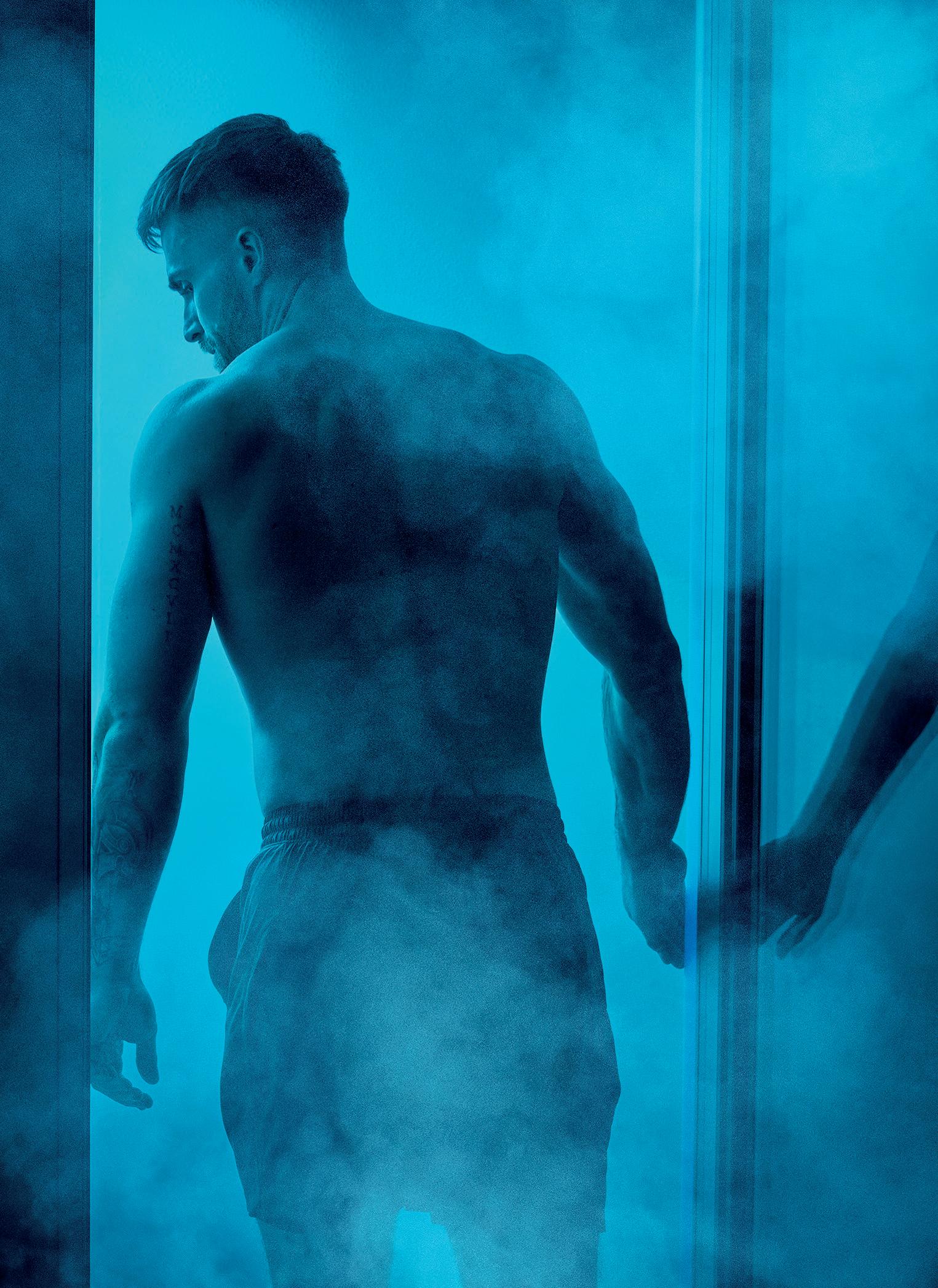

This is especially important given the menstrual cycle can impact the way women respond to and are able to tolerate cold at certain times.
Some operators, such as Third Space in London, are opting for a more forgiving ‘cold’ option to make contrast bathing more accessible, while still being effective. Others are installing equipment such as TechnoAplin’s snowroom (-10º) or showshowers, which deliver falling snow to create a contrast without shocking, while Pure Group in Hong Kong has developed a contrast bathing shower experience for its new Re:set concept.
The aim is to effectively engage consumers with contrast bathing by offering temperatures that
work for the majority, while still supporting those who really want a really hardcore ‘cold’ experience.
Also emerging is cryotherapy, which exposes the body to temperatures between -110°C and -150°C for 2-4 minutes, triggering the fight-or-flight response, with vasoconstriction and endorphin release reducing inflammation and reperfusion delivering oxygenand nutrient-rich blood to aid repair and recovery.
Cryotherapy units come in a range of sizes and can be combined with other modalities, such as intermittent vacuum therapy – supplied by Art of Cryo – to deliver new types of recovery.
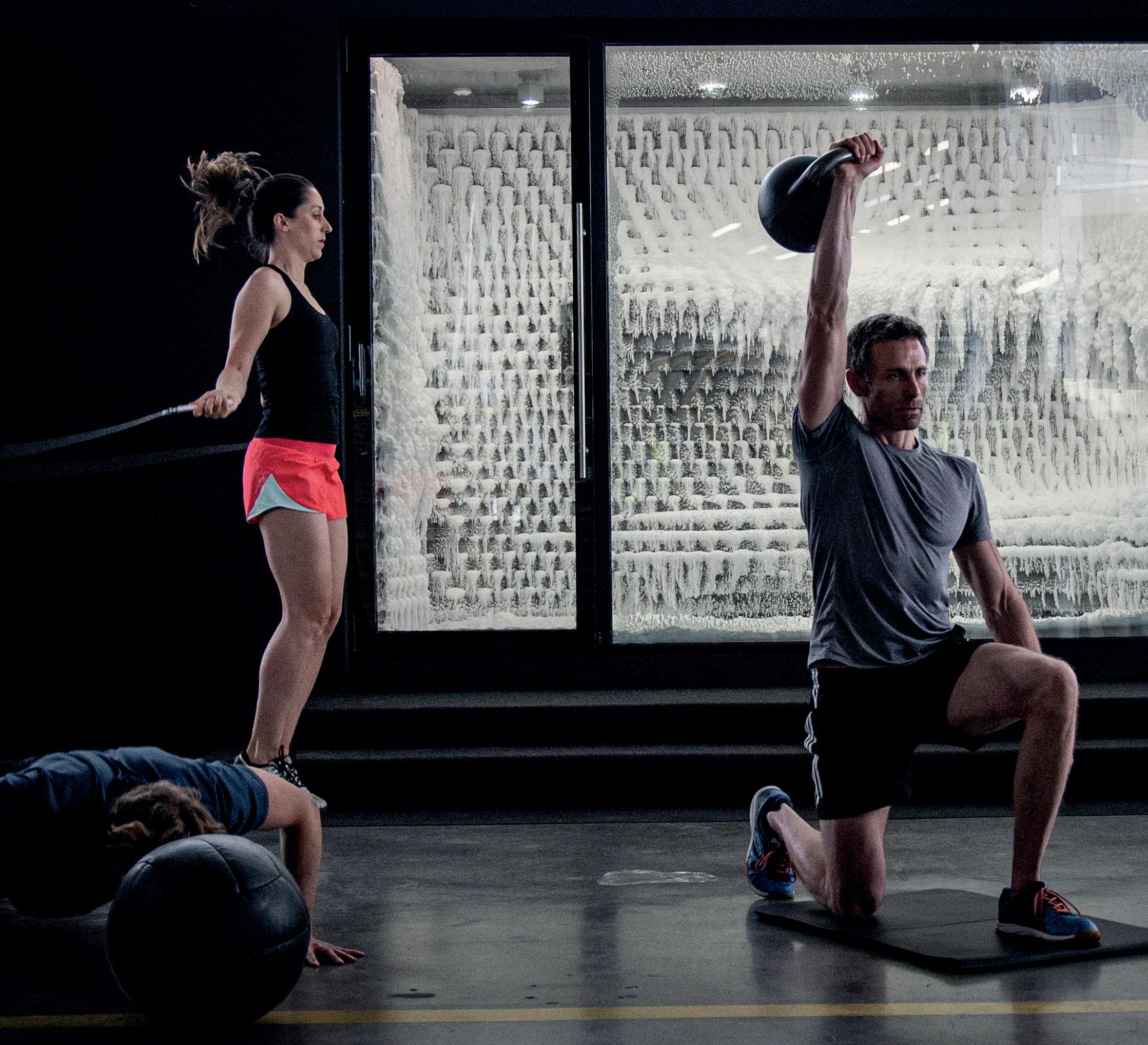


Massage and therapy beds provide operators with a scalable means to monetise recovery or deliver it cost-effectively
One of the most powerful modalities, massage, can speed healing and recovery, rebalance the body and resolve adhesions, especially when combined with acupuncture.
Making a therapy room available, staffed by therapists who are trained to work with athletes will elevate a club to another level.
However, regular massage is beyond the budget of many consumers, opening the door for automated and mechanised systems – such as HydroMassage beds by Wellness Space Brands, which are used by Planet Fitness and offer high utilisation without staff costs.
In addition, robot massage systems from companies such as Aescape, Cap Six and Robosculptor (www.hcmmag.com/robotmassage) can deliver convenience for members, while enabling operators to offer a service with lower overheads.
They’ll never beat a great massage from a therapist, but can be an effective add-on and also attractive for people who are less comfortable being touched.
Scheduling needs to be tightly managed, because HBOT sessions typically run for between 60 and 90 minutes, which impacts throughput when compared with more time-efficient recovery modalities
The power of compression
Compression boots, such as Normatec by Hyperice and Therabody’s RecoverAir are becoming a regular sight in gyms, illustrating the commercial appeal of portable, lower-cost tech that can deliver results, as more people become interested in training like an athlete. With benefits ranging from reduced muscle soreness to faster return-to-training, these products, with their compact footprint, hygienic design and relatively low cost make them an easy entry point into recovery for health clubs.
Tapping the light spectrum
Light therapy – or photobiomodulation – is one of the most exciting growth areas in recovery, as it extends far beyond muscle repair. Proven to deliver results across a number of areas, including antiageing, skin rejuvenation, stress reduction and sleep
optimisation, it appeals to athletes and members seeking wellness solutions and rehabilitation.
Light therapy uses specific wavelengths of light to stimulate cellular function and accelerate recovery. Red light (around 600–700nm) penetrates superficially, supporting skin repair, circulation and the creation of collagen. Near-infrared light (800–1,000nm) reaches deeper, aiding muscle recovery, reducing inflammation and promoting mitochondrial energy production. Some systems combine red and near-infrared for a synergistic effect. Blue light is also used in some cases for its antimicrobial benefits to improve skin health.
Photobiomodulation can also reduce DOMS, help joint mobility, speed up tissue repair and improve overall wellbeing, making it a versatile recovery tool.
Going hyperbaric
Hyperbaric oxygen therapy (HBOT) chambers, such as the one at Surrenne in London, are beginning to appear as part of high-end recovery offerings. These sealed chambers deliver oxygen at increased atmospheric pressure, enabling more to dissolve in the bloodstream and are believed to accelerate tissue repair, reduce
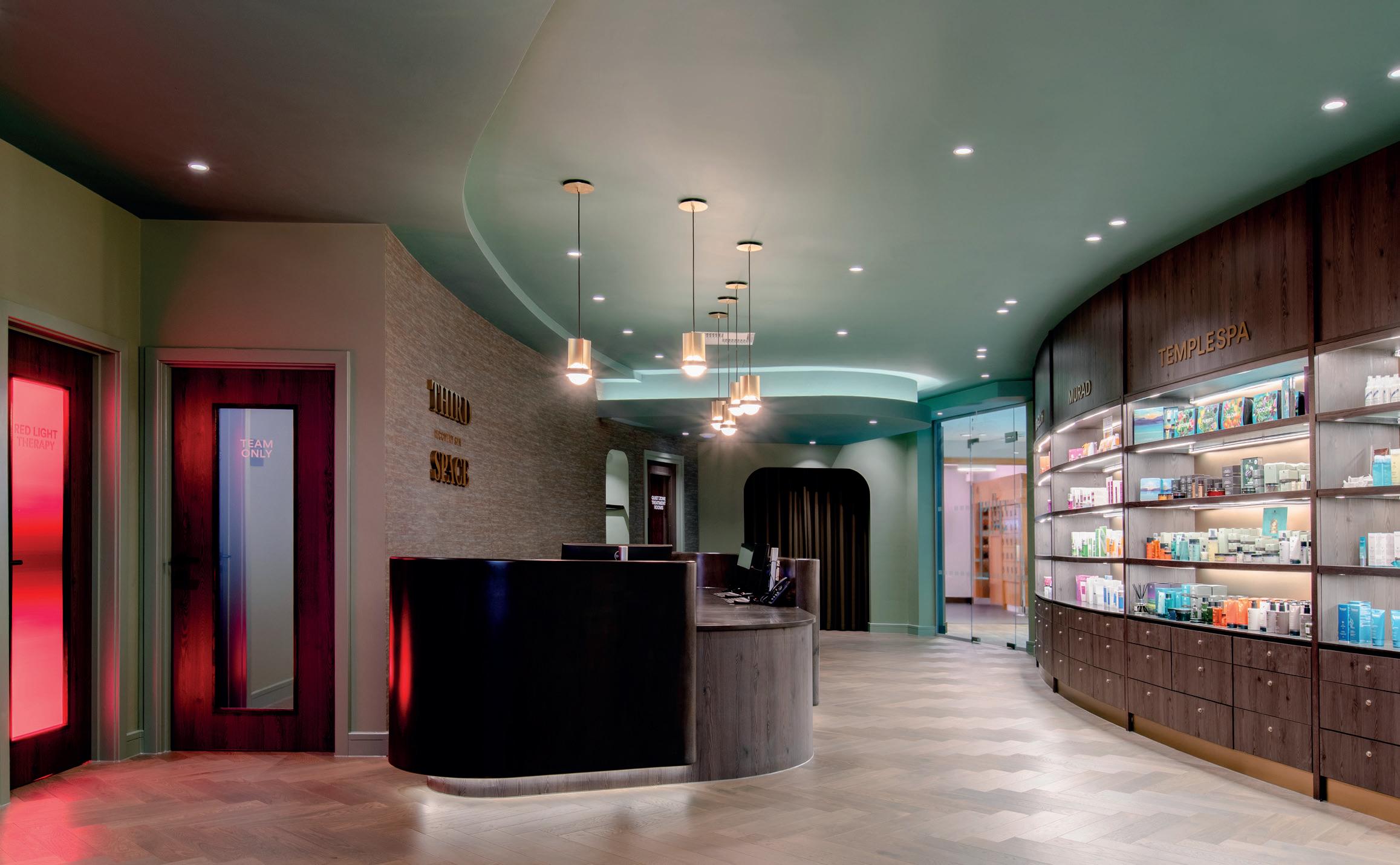

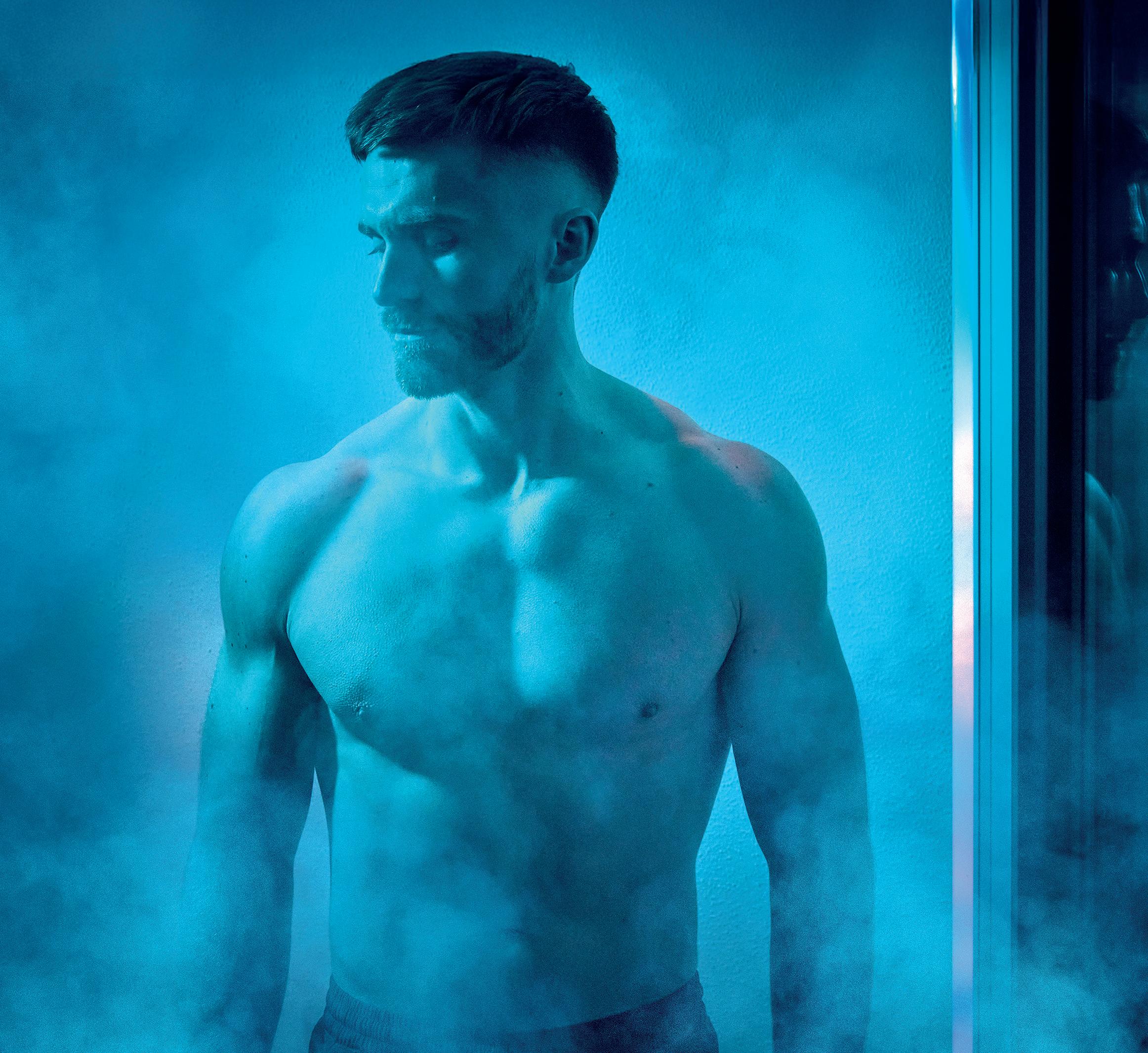
inflammation and support post-exercise recovery.
From an operational point of view, HBOT chambers need dedicated space, medical-grade installation and trained staff. Scheduling needs to be tightly managed, because sessions typically run for between 60 and 90 minutes, impacting throughput when compared with compression or light therapy.
Operators are advised to view HBOT less as a high-throughput offering and more as a premium, service that’s positioned within recovery suites or sold as part of a performance membership.
HBOT is a semi-medical intervention with some associated risks, so trained supervision is essential.
All these offerings can be positioned next to rest, stretching or spa areas and supplemented with classes such as breathwork, meditation, pilates, yoga and sound healing to create recovery zones. By integrating recovery into membership tiers or offering pay-per-use sessions as an upsell, clubs can tap into new revenue sources while also delighting members and supporting their wellness journey. l Liz Terry is editor of HCM

We’re excited to announce that our new club at The Whiteley will have a Recovery Spa

At Third Space we’ve been consistently investing in our gym floor recovery areas with mechanised rollers, Normatec boots, massage guns and so on. We also offer massages across the clubs alongside our sports medical offering of physiotherapy, osteopathy and podiatry.

The sauna is now our most used facility, with 69 per cent saying they use it regularly ahead of weight training, leading us to increase the space allocated to it.
All our clubs have saunas and steamrooms and our latest locations have full spas with multiple saunas, steamrooms, hydro-pools and cold plunge. We also run contrast classes which rotate between the saunaw and the cold plunge.
We just relaunched our Recovery Spa in Canary Wharf, London, which has cuttingedge treatments such as cryotherapy, red light, vibroacoustics and a wide range of massages from sports to sleep as well as relaxing facials.
We offer a Recovery membership to access these treatments regularly and are excited to announce that our new club at The Whiteley will have a Recovery Spa. Overall we see a continued demand for all recovery services. Over the last few years the utilisation of the saunas and steamrooms has increased dramatically, with over half of members citing them in their top three reasons for joining.
We see a similar trend for stretch and recovery gym floor areas and this heightened focus on recovery has resulted in members making additional visits to their club solely for recovery purposes, thereby increasing both their frequency of visits and dwell time. For example, we’ve observed that members from City clubs visit our Wimbledon spa with their partners during weekends. All of this feeds into our space allocation when designing and refurbishing clubs.
Looking ahead, we’re already building a new dedicated luxury spa at our Islington club and are extending cold plunges and ice baths to as many clubs as possible to enable members to enjoy contrast therapy – we have stunning spa spaces coming up at The Whiteley, Chelsea, and Paternoster sites. We also plan to roll out a smallerformat Recovery Spas to a number of other sites.
Growing visitation for recovery is leading us to review our locker quotas for new clubs, adding in ‘drop and go’ lockers for those partaking in activities that don’t need showers.
We’ve also noticed other operators struggling to maintain the cold and cleanliness of their ice baths, so have paced our rollout to ensure we meet our high standards of service.
More: www.thirdspace.london
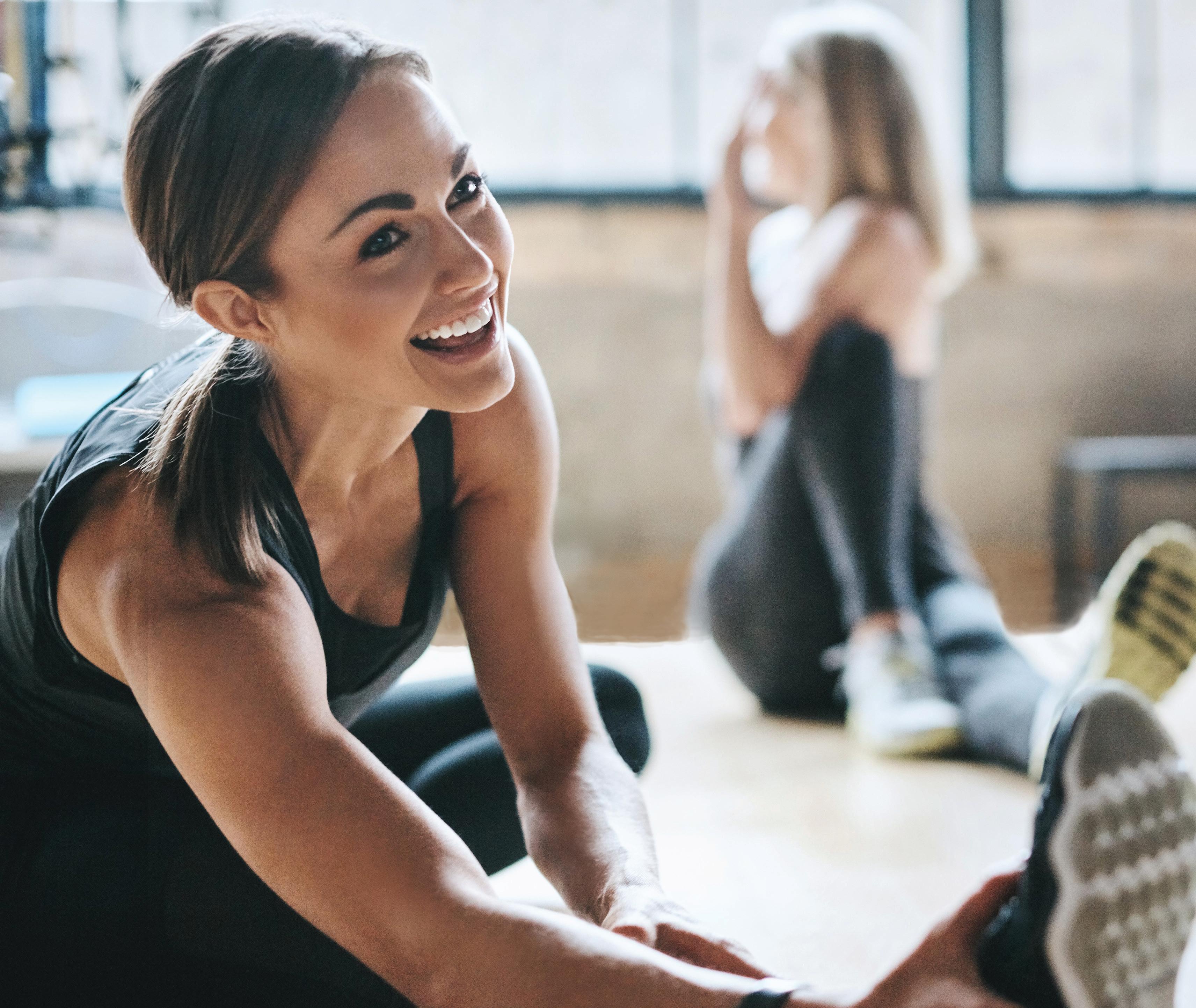


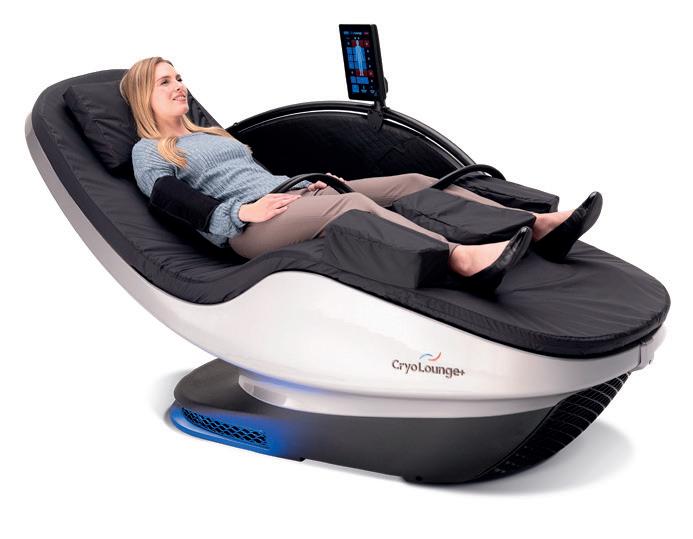

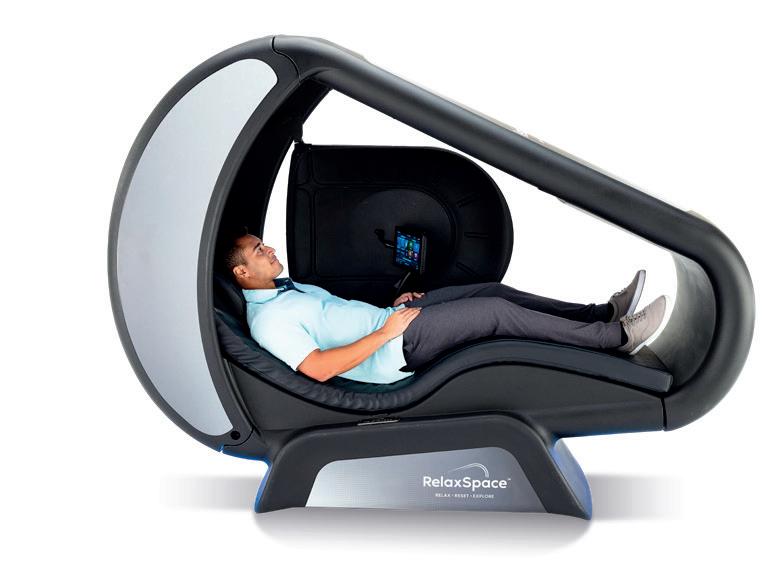


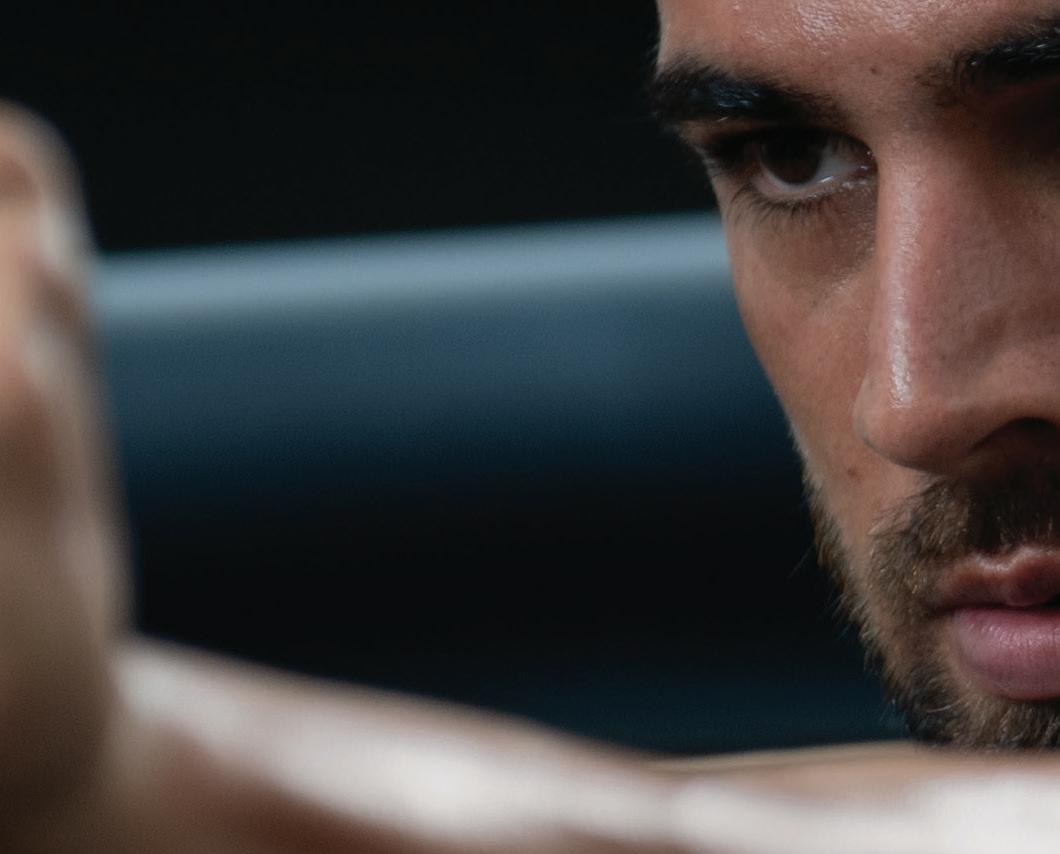
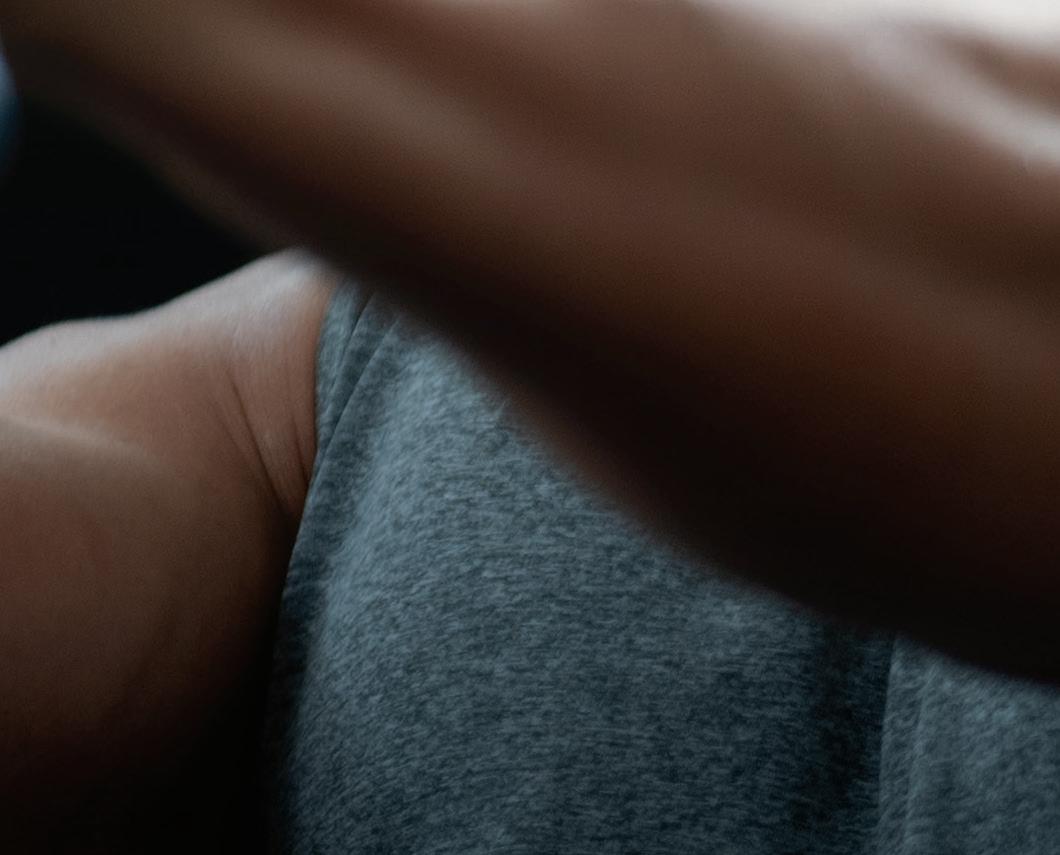
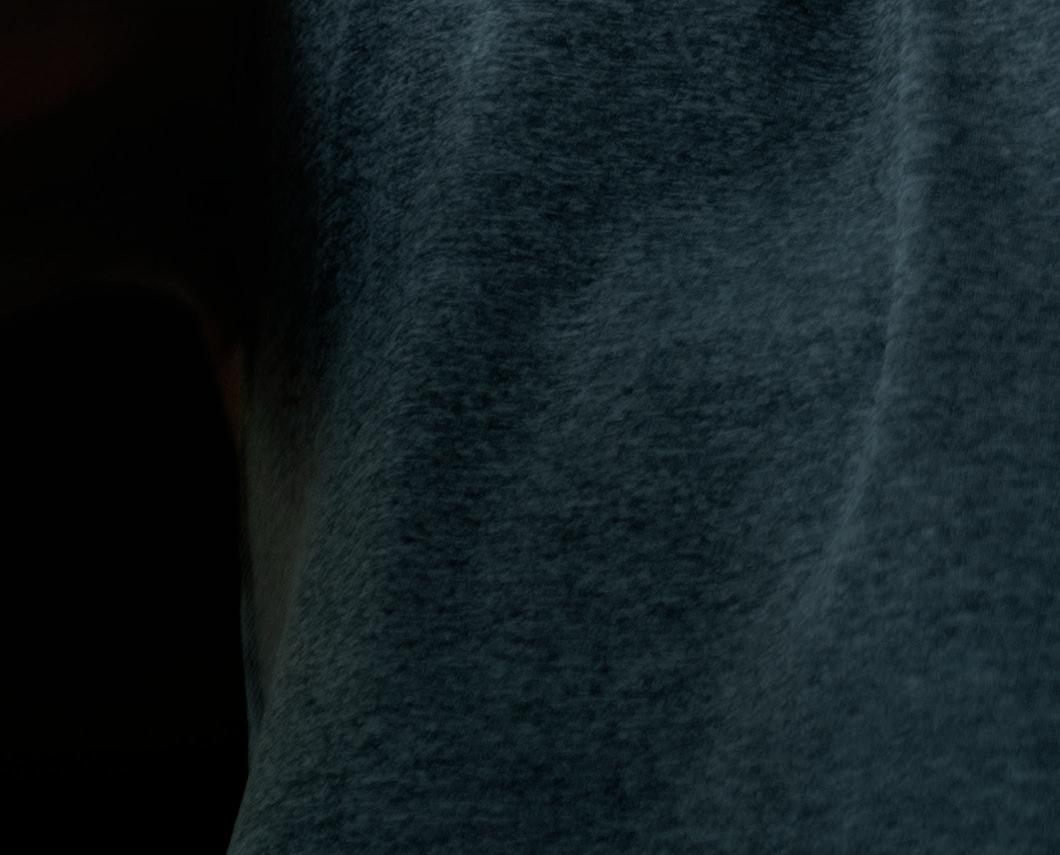

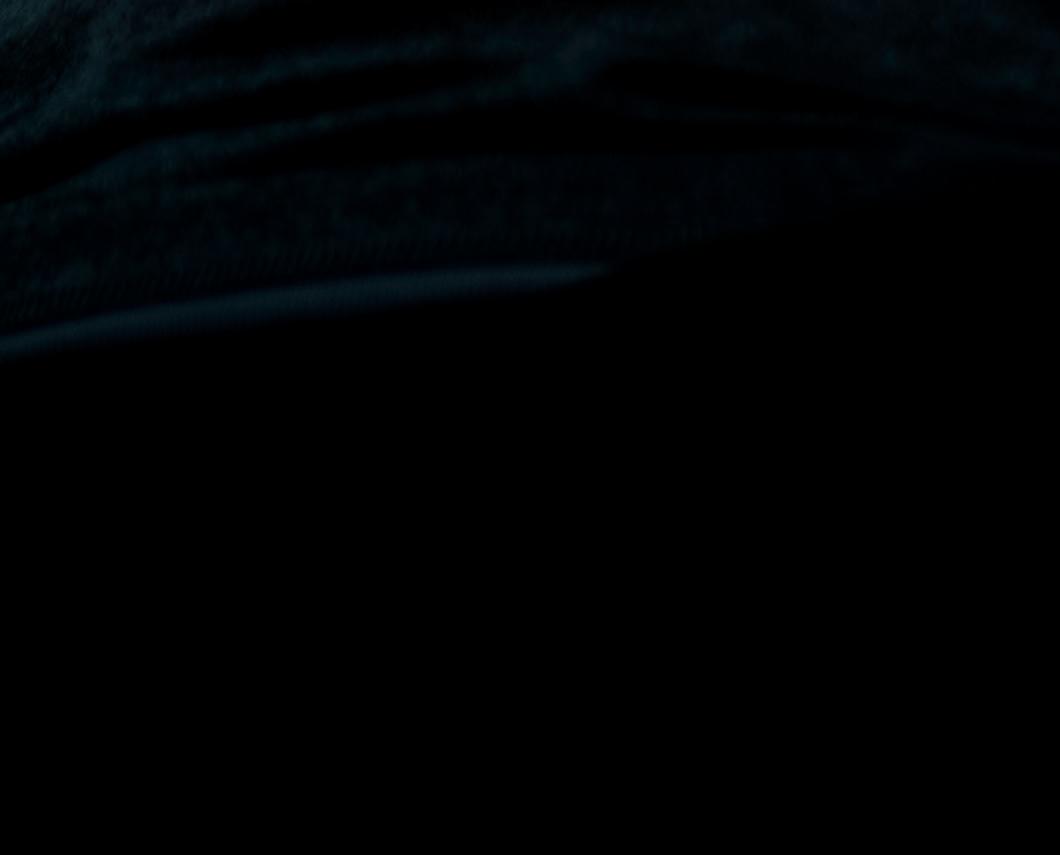

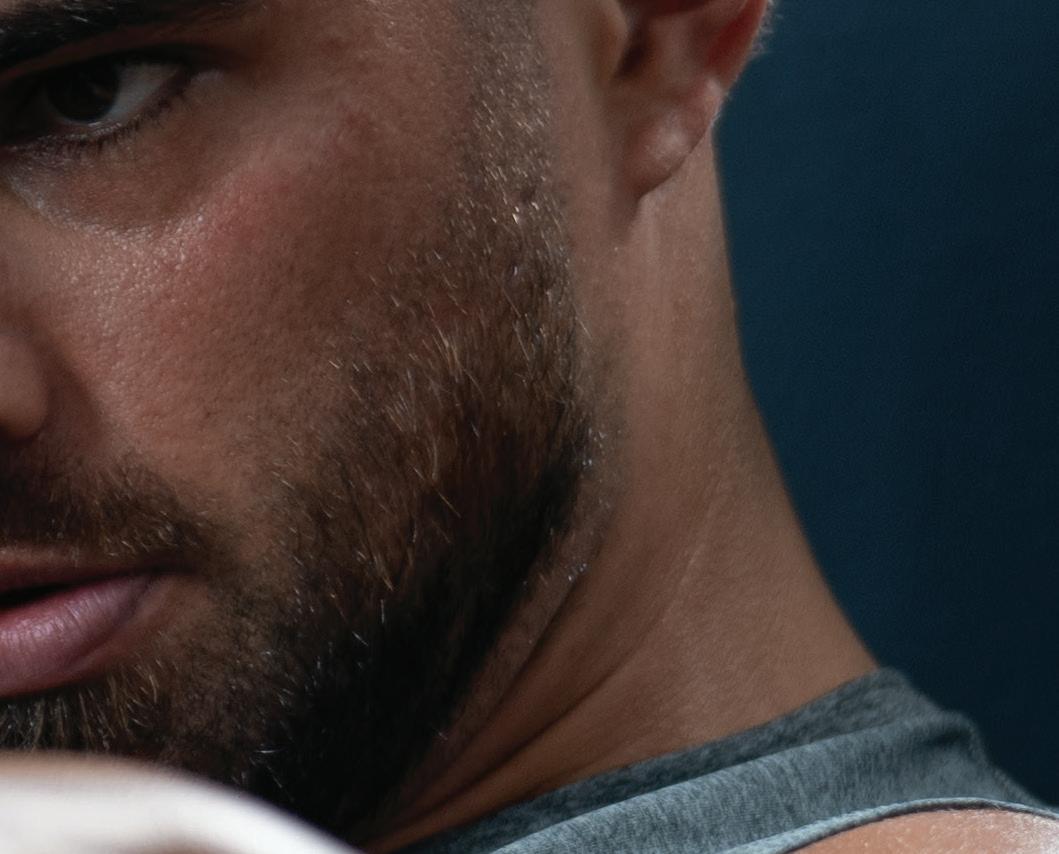
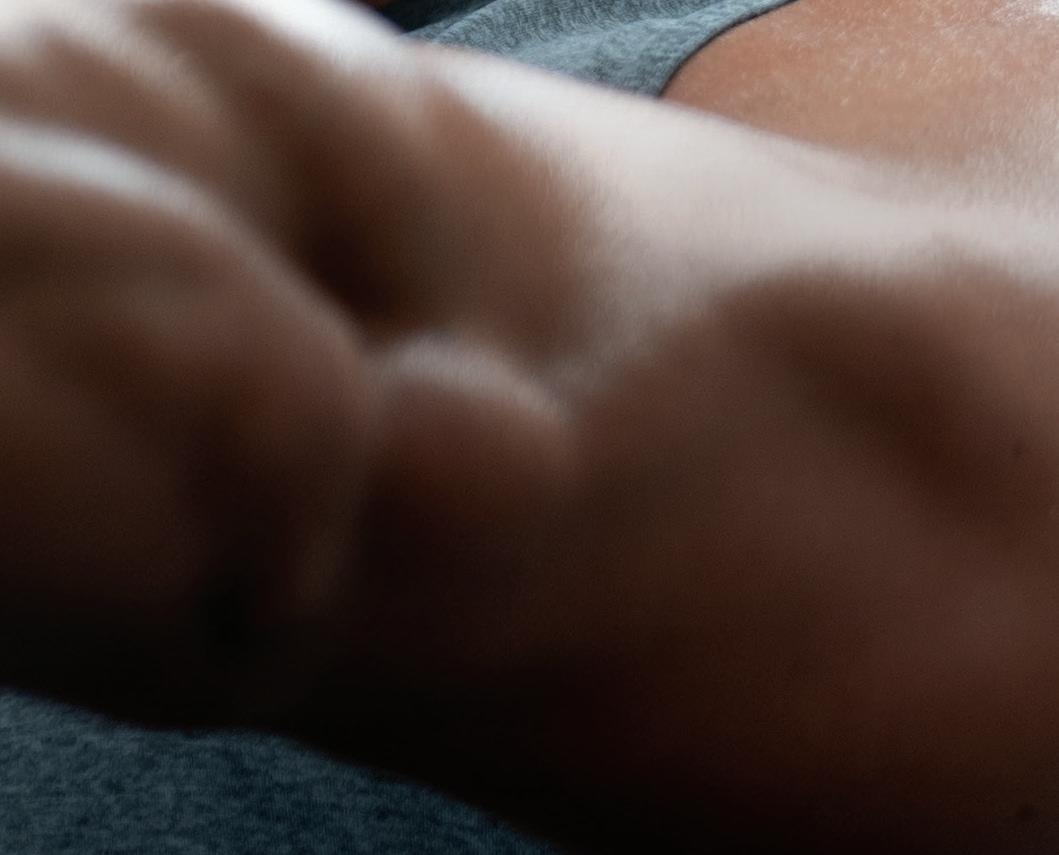




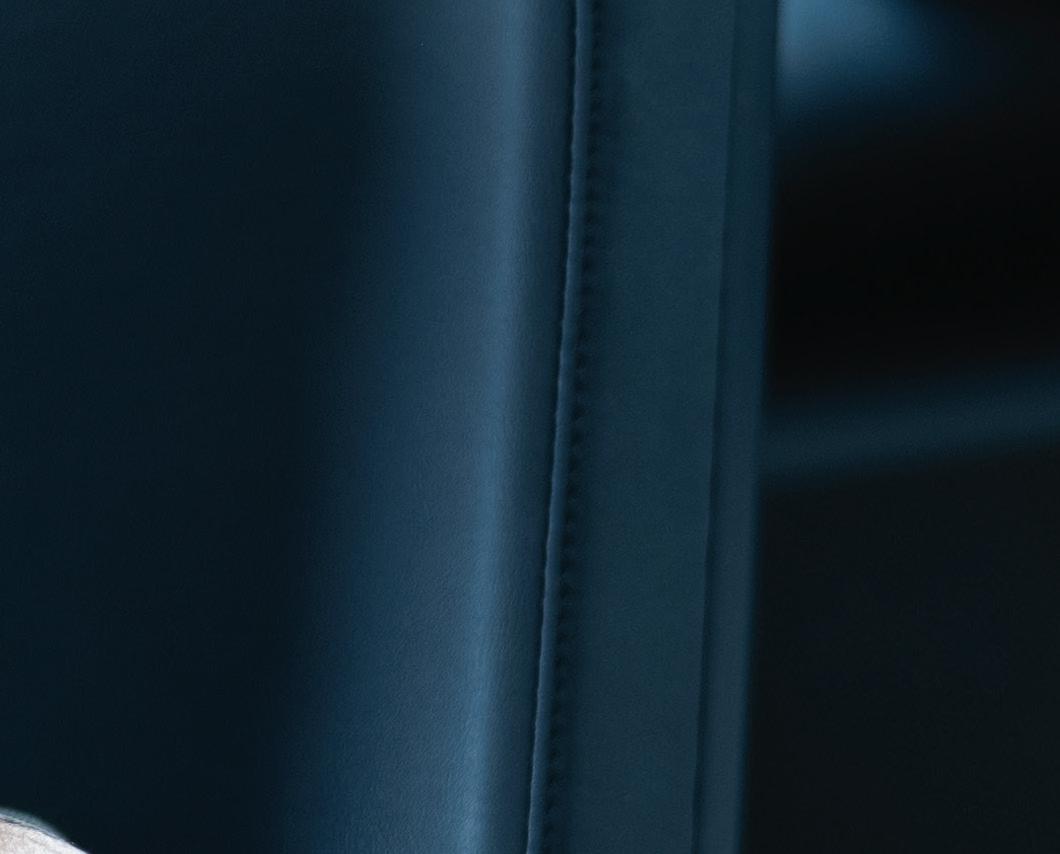

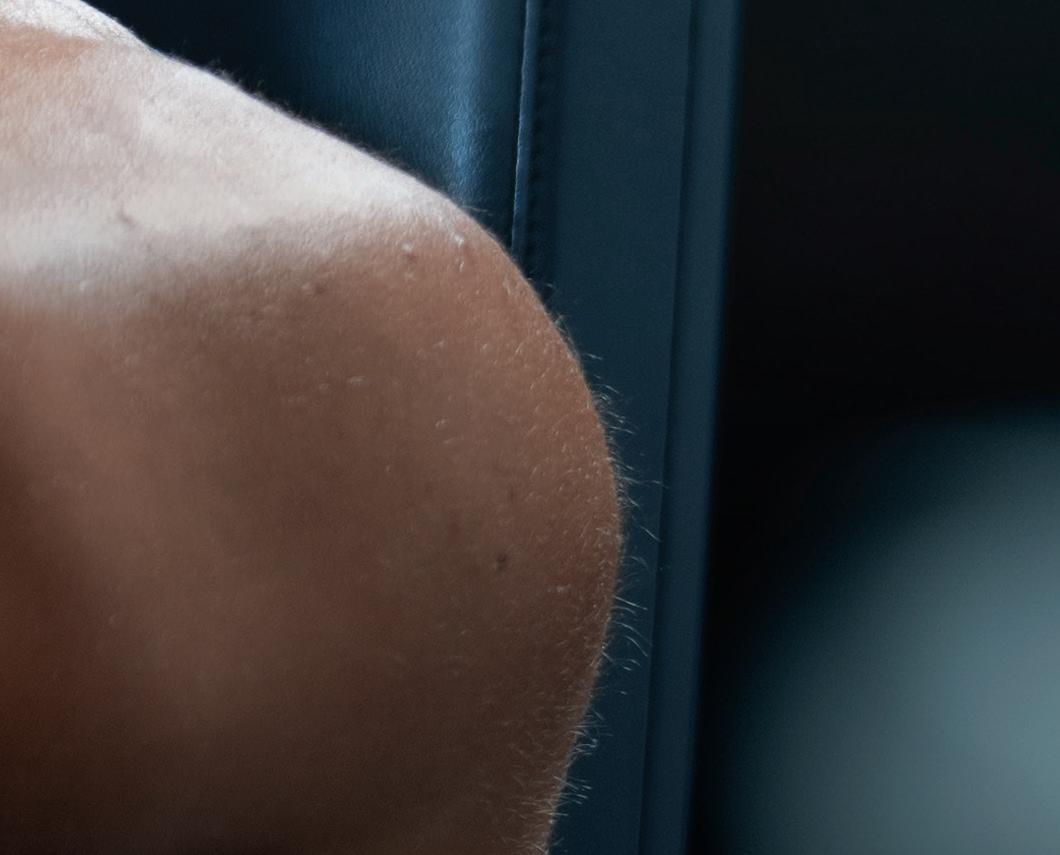
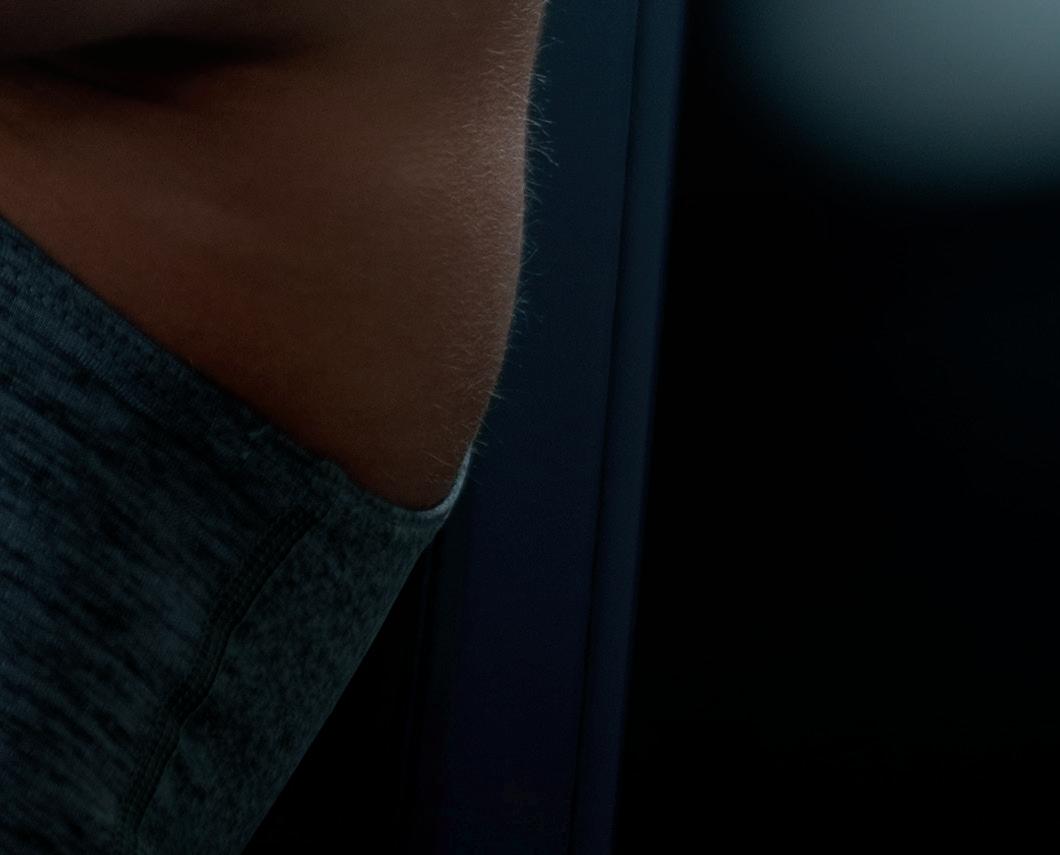





Gym spaces were all reimagined by Matrix Fitness
We look inside a major five-site refurbishment, as Matrix partners with Pembrokeshire Leisure
Matrix Fitness has partnered with Pembrokeshire Leisure to deliver a transformation across five of its leisure centres – Tenby, Fishguard, Milford Haven, Pembroke and St David’s – in one of the most ambitious fitness upgrades in the region.
For Pembrokeshire Leisure, this was about more than equipment, it was about redefining what community fitness could look and feel like for the people of Pembrokeshire.
Gary Nicholas, leisure services manager, explains: “We weren’t looking for a supplier, we were looking for a partner who could understand our communities and Matrix came to the table with excellent equipment, creativity and a collaborative mindset.”
Matrix Fitness provided, end-to-end support, from layout design and equipment selection to flooring, branding, graphics and staff training. Standout equipment features include Matrix’s Versa Dual Strength range and Cardio Endurance series, with console selections tailored to each gym.

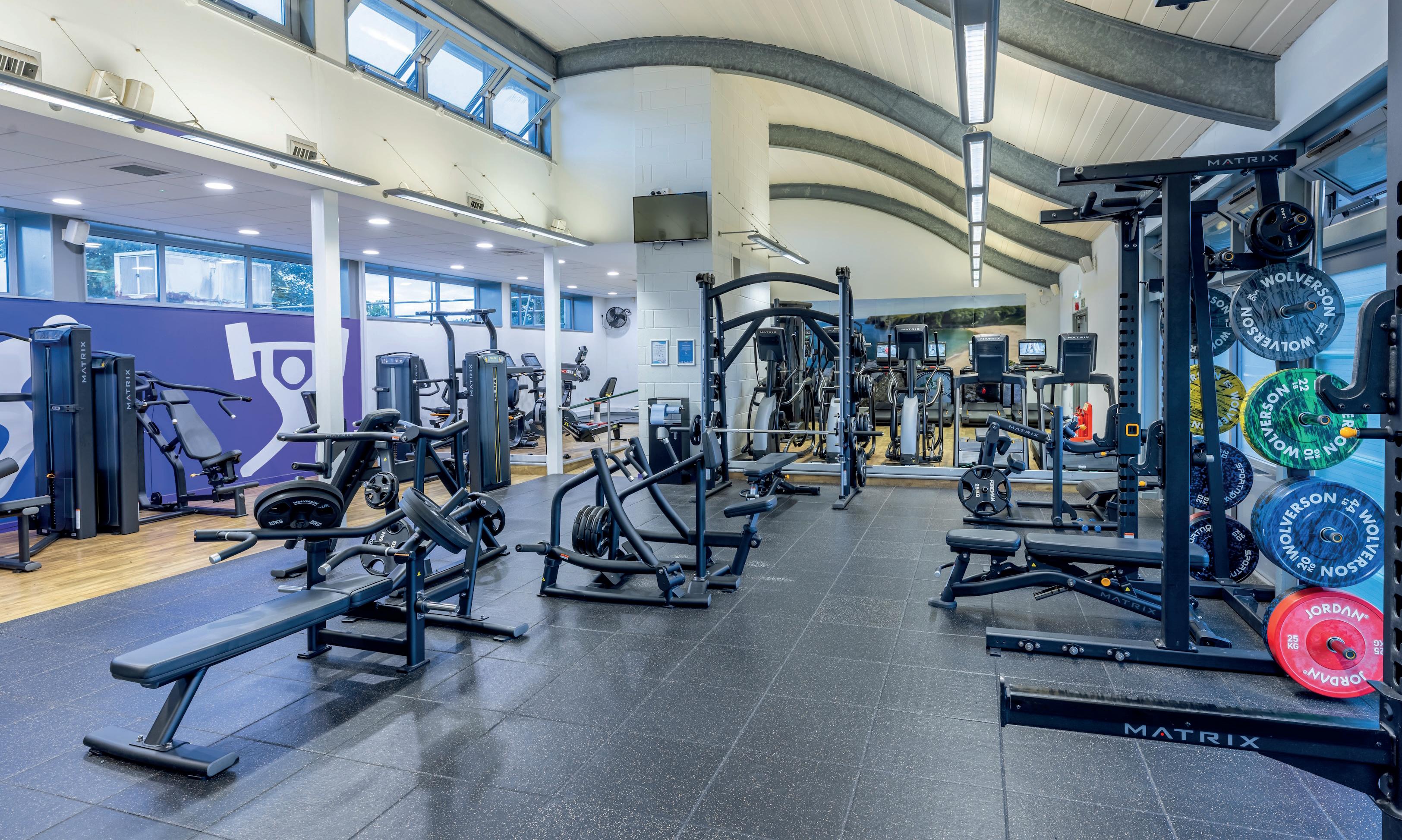
Matrix also added Welsh language interfaces on cardio consoles– a detail valued by members.
St David’s was reimagined with dual-use Matrix equipment and space planning to maximise functionality while improving accessibility and flow.
The value of group exercise Group exercise and member engagement were central to the refurbishment. Matrix delivered a staff training programme, led by education specialist Lynn Wilson, including a five-year MX4 small group training plan. This initiative is empowering trainers to activate gym floor spaces, driving participation and retention to boost the bottom line.
Lisa Starkey, facility manager, adds: “Matrix didn’t just install equipment, it helped us reimagine our gyms. The layout, equipment and programming have created spaces that are welcoming, vibrant and functional.
“Feedback from members and staff has been overwhelmingly positive and our facilities have never looked or felt better,” she says.
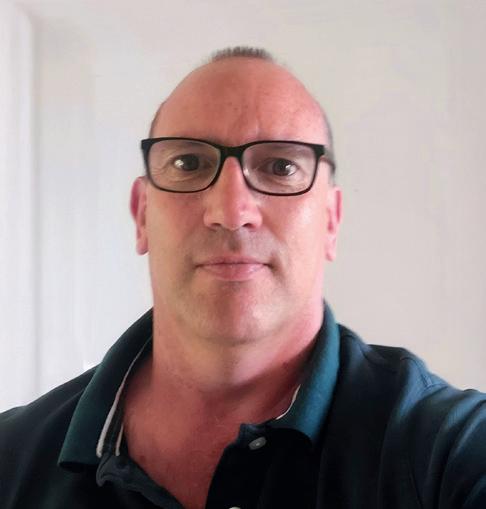
“We weren’t looking for a supplier, we were looking for a partner”
Gary Nicholas
An integration with EGYM –including Genius and AI-driven training support – has further enhanced the user journey, offering real-time feedback and goal tracking – especially valuable for the diverse user base.
From the outset, the partnership has focused on service delivery, community impact and long-term member engagement, all while retaining flexibility and value.
Tim Grainger-Smith, head of regional sales at Matrix Fitness, concludes: “This project is a perfect example of what’s possible when a true partnership is formed. It’s never just about the equipment, it’s about listening, co-creating and delivering bespoke spaces that inspire people to move, connect and thrive. We’re proud to be part of that journey across all five centre.” ● More: www.matrixfitness.com

Born in South Africa, Terrence started his career working for Reg Parks launching Gold’s Gym in South Africa. In 2014, he suffered two cardiac arrests, prompting him to study mindfulness and meditation. He talks to Magali Robathan

What do you do?
I’m a wellbeing expert – a qualified clinical hypnotherapist, NLP practitioner and mindfulness coach. I started my career as a personal trainer and Pilates teacher, so when I sit down with someone, I bring that knowledge and experience to help them raise themselves to the next level. We work together to use what they have and edit that to create the best version of themselves.
How did you get into the fitness industry?
I grew up in an orphanage in South Africa, and landed in a permanent foster house at the age of eight. It wasn't a good situation, and at 16, I realised that I had to walk away from my foster family if I wanted to survive. I had no parents or financial backing, so I just had to find a job – any job. I worked in various part-time roles, before landing a position at a bank.
One day at the bank, I got talking to one of the clients. He said, I'm bringing a gym group called Gold's

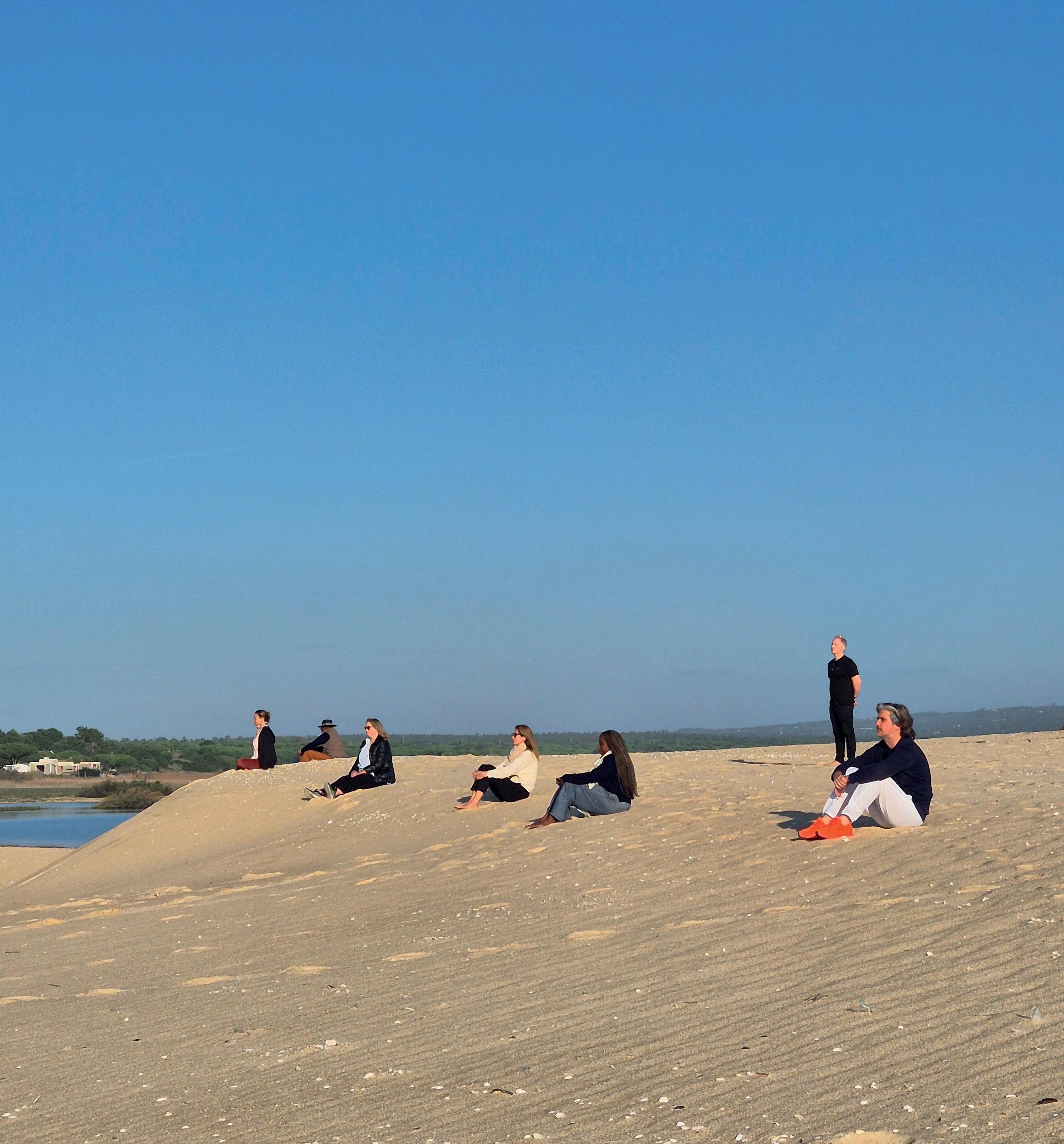

Gym to South Africa. Come and help me launch it. That's when my life changed – I went into the fitness industry, fell in love with it, and never looked back.
How did your career develop?
One day when I was working in the gym, this guy called Reg Parks – an ex-Mr Universe – approached me. He said he’d been watching me, he liked the way I trained my clients, and he wanted to work with me. I studied the Women on Weights strength training programme, and started getting really good results with the women I worked with. Someone asked me, why is it that you get better results than other trainers that do the same as you do? I realised it was because I listened to my clients and took their emotions into consideration. If it was the time of the month when they weren’t feeling strong I might focus on flexibility rather than weight training. If my client had just had a fight with someone, instead of doing a workout that would increase their blood pressure further, I’d
I’d lost my sincerity and my authenticity and forgotten to take care of myself
do exercises to bring it down. By taking emotions into consideration, the body responded better.
I then met a model who was also a ballet dancer – he had an amazing way of moving and holding himself that just made you notice him. I was used to seeing fit people, but his physique, the transverse muscles, his core – were totally different. He told me it came from doing Pilates, so I decided that I needed to study and teach Pilates.
In 2000, I came to the UK – initially just for a holiday – and very soon I had people interested in working with me. That’s where my career in the UK began. I became very interested in the mind, and that motivated me to qualify as an NLP practitioner and clinical hypnotherapist.
What led you to meditate?
I began to do well in my career, training quite a few well-known individuals – I was being flown in private jets to Mustique and getting caught up in that whole
Shortly after my app went to number one, I had two cardiac arrests. During my recovery, I realised that something needed to change

lifestyle. In 2013/2014 I developed two hypnotherapy apps, and in 2014 they went to number one on Apple and Google. I had this big celebration and there was a feature on me in The Sunday Times Style magazine. Someone said, ‘you've made it’ and I remember just thinking something was off. I’d lost my sincerity and my authenticity and forgotten to take care of myself. Shortly after my app went to number one, I had two cardiac arrests – my heart stopped for 20 minutes. During my recovery, I realised that something needed to change. A friend of mine said, have you ever thought of meditation and mindfulness? I was initially resistant, but I became more and more interested. I was lucky enough to meet Jon Kabat-Zinn (author and professor credited with popularising MindfulnessBased Stress Reduction) at a function – we sat down together for 10 minutes or so and when I got up I knew this was something I had to learn. I studied meditation and I believe it saved my life. Since practising meditation my heart rate has come down. I’m calmer, more content, more in control. I feel a though my brain has got more information to share with me that was almost cut off by my stress and my anxiety. I can hear myself now.
How did the Brain Edit develop?
I knew I had to share what I’d learned with the world. Gradually, I started creating a programme using everything I’d learned using my meditation training and as a clinical hypnotherapist, personal
trainer and NLP coach. The Brain Edit is a practical, easy to understand programme that helps people to take control of their mental wellbeing. It consists of three pillars: mindful meditation, which is the foundation of the programme; the Triple Three Technique, which is a method I’ve developed to help people navigate daily challenges in their lives; and mental exercises to help people achieve their goals.
This life has challenged me and I’ve had to learn certain tools to survive and thrive. I want to share what I’ve learned to help others thrive.
What led to the creation of the retreat?
Christian Louboutin is one of my closest friends. I’ve also worked with him as a coach, fitness trainer and Pilates teacher.
He opened his hotel, Vermelho, in Melides in Portugal in 2023 (www.hcmmag.com/louboutin and www.vermelhohotel.com). After a couple of years, the marketing company that works with him suggested running retreats at the hotel and he immediately thought of me.
I’ve done retreats before, and they’re wonderful, but often the people there go home afterwards and they’re like, ‘now what?’ I really wanted this one to be different.





I decided I’d take the Brain Edit to the retreat, so people can learn principles and techniques that change their lives in the longer term.
The three night retreat takes place twice a year and promises to help guests harness the power of their mind and cultivate lasting change in their lives.
Called the Brain Edit Meditation and Mindfulness Retreat, it launched in 2024. The next will take place from 23-26 November this year.
It includes lectures, guided meditations, breathwork and one-to-one sessions, as well as group yoga sessions and exclusive use of the hotel facilities, which include a pool and the Sanctuaire spa, which specialises in ancestral care.
How has your background as a PT impacted your work?
My background has had a huge impact on the way I work today. Why do people go to a personal trainer? Because they don’t know where to start. We give them a simple programme of achievable exercises that gets harder as they get stronger. We go on that journey with them and support them as they progress.
It’s just the same with mental wellbeing. The brain works like a muscle – it learns through
I feel as though my brain has got more information to share with me that was cut off by my stress and my anxiety. I can hear myself now
repetition. What I learned about the basic principles of how to create a habit has really come into my work now, because it's precisely how I’m able to help people to change their relationship with their thoughts and their mind. l










Define your strength, fitness and functional training zones with one of our anti-slip rubber floor coverings or maybe utilise our bespoke, seamless polyurethane surfaces to transform your health and wellbeing spaces. Whatever your flooring requirements are we can help to create exceptional training environments for your members.

















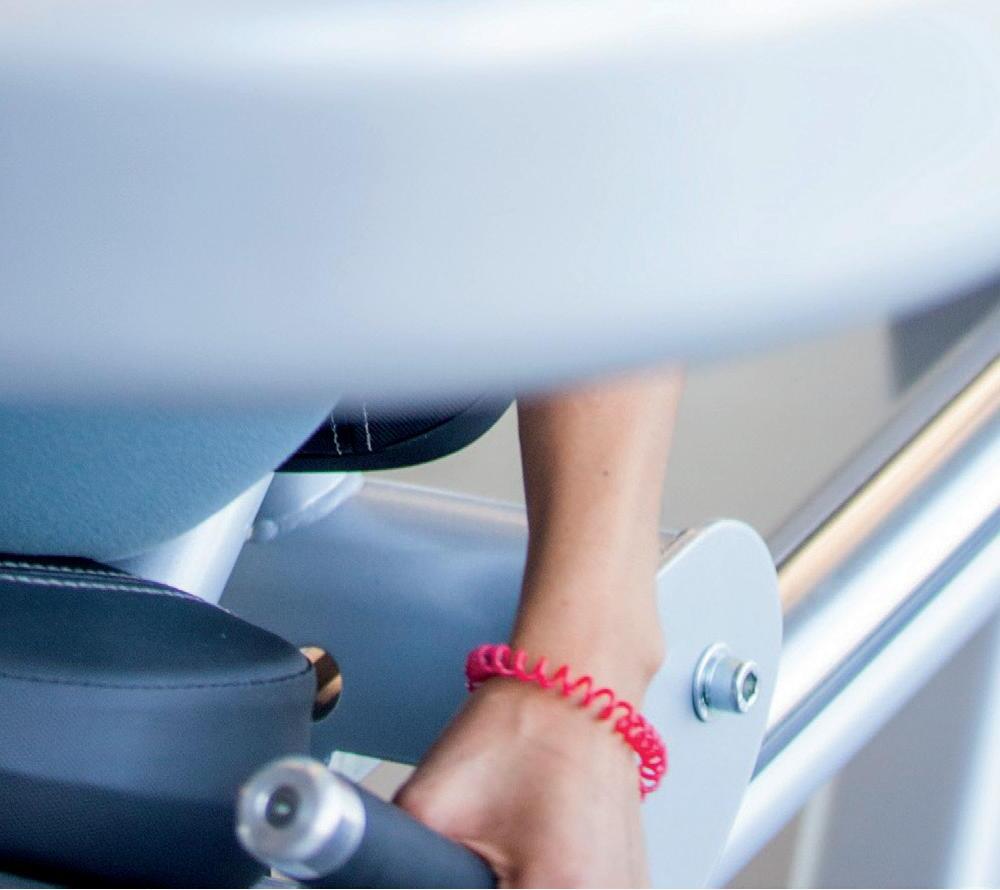

















































Our main objective remains Olympic inclusion, a goal we’re pursuing with passion and pragmatism





















































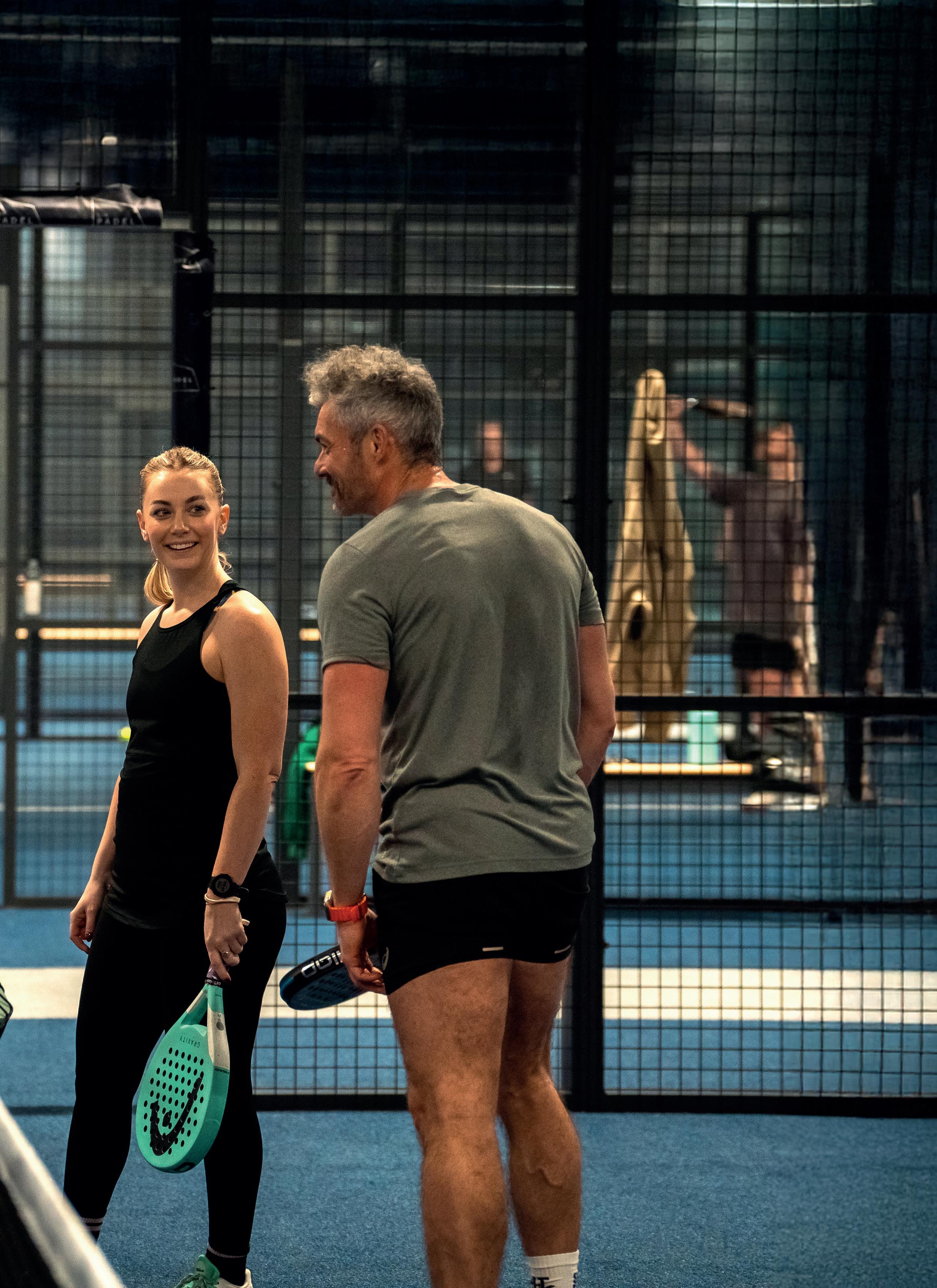






































Padel and pickleball are experiencing exponential growth and more health clubs could be tapping into their popularity, as Luigi Carraro and Karen Mitchell explain






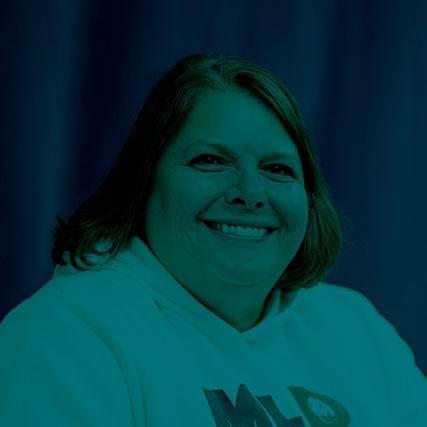
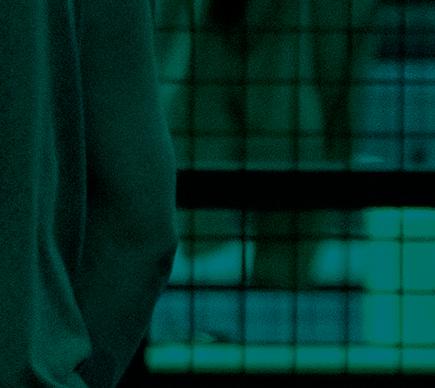

Padel players have gone from 8 million in 2018 to 30 million globally today
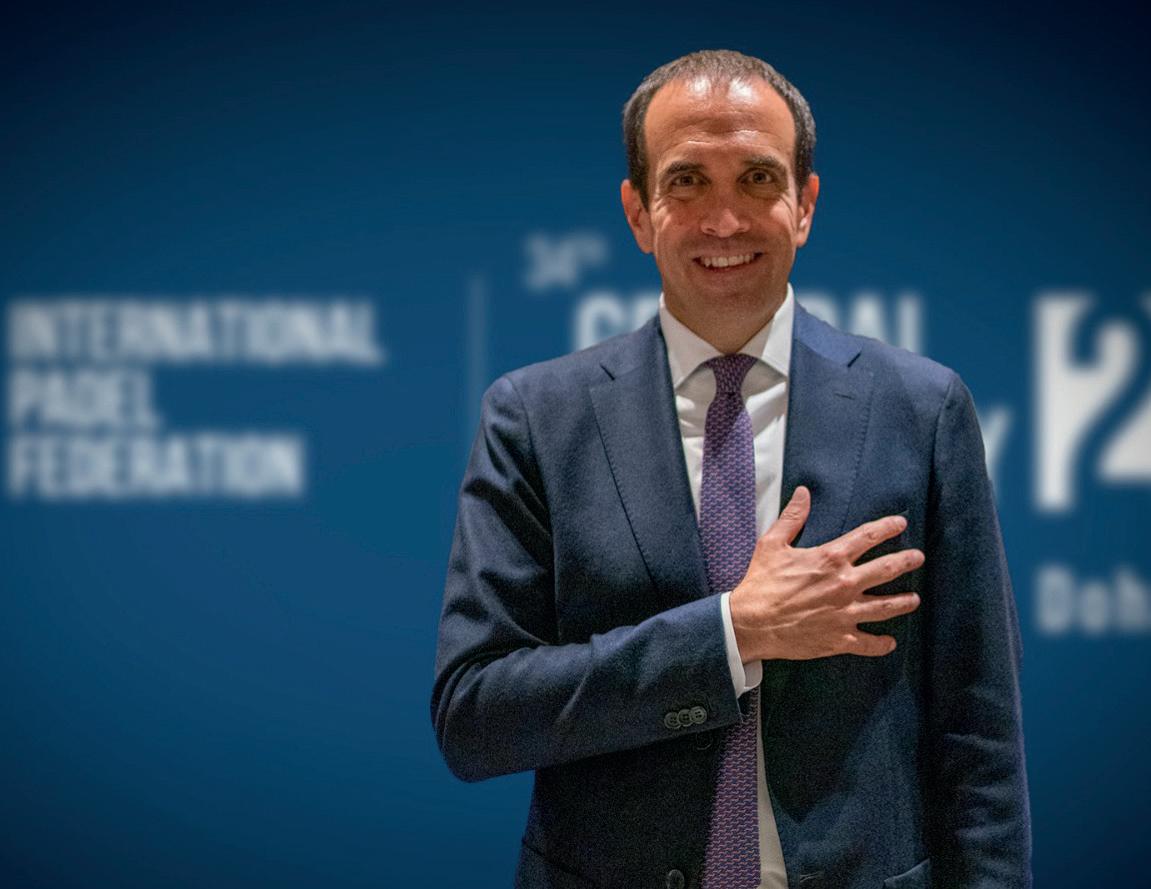
President
The International Padel Federation (FIP) was established in 1991 and since my first election as president in 2018, we’ve seen a 250 per cent increase in affiliated federations, growing from 32 in 2018 to 87 today.
To fully grasp the scale, I should explain that we expanded from eight million players in 50 countries in 2018 to 30 million in 150 countries in 2024. This represents the fastest growth in sport’s history, not due to any magic wand, but the collective effort of passionate individuals across the FIP family worldwide.
In the early months of 2025, 16 new countries officially joined the FIP. Globally, padel clubs have surpassed 23,000, up from 19,000 last year, with over 70,000 courts, up from 7,000 clubs and 21,000 courts in 2018 – which were mostly concentrated in Spain and Argentina.
Today, these two countries account for just 35 per cent of global courts, with the remaining 65 per cent spread across five continents.
Luigi Carraro is president of the world governing body for padel tennis, whose mission is to govern, promote, and develop padel globally – grounded in principles of integrity, inclusivity, social interaction and cultural exchange.
What’s happening at grassroots level?
Grassroots development is a top priority for us. We work closely with national federations to ensure growth in all countries, leveraging local resources and expertise to boost participation.
There’s now a unified world ranking, a Race to the Finals and a FIP-governed professional and youth tournament system, as well as world and continental team competitions
Premier Padel, our elite circuit, has elevated our sport to new heights, thanks to Nasser Al-Khelaifi’s vision, his passion for sports, and Qatar Sports Investments. The






















































The FIP World Padel Report 2024 captures the sport’s extraordinary global growth – not just in numbers but also geographically. Regions such as Asia and the Middle East are becoming significant expansion centres, transforming padel into a global sport and moving it beyond its traditional European and Latin American focus. The sport has seen a rise in female participation: today, 40 per cent of padel players worldwide are women, highlighting the success of efforts to promote gender equality both on and off the court. This trend is evident among amateurs and at the professional level, with more female athletes competing internationally and gaining visibility. FIP’s Research & Data Analysis Department is currently working on the next report to be published later in 2025








Padel appeals to both sexes, and it’s normally played as doubles















24 Premier Padel tournaments worldwide showcase the best male and female players, offering spectacular events that serve as a powerful vehicle for promoting padel.
Also, two key projects in our development strategy are the Cupra FIP Tour and the FIP Promises Tour. The former provides players with opportunities to gain international experience and improve their FIP rankings, offering a vital platform for emerging talents. The latter targets young athletes, offering high-level tournaments essential for nurturing the next generation of champions.

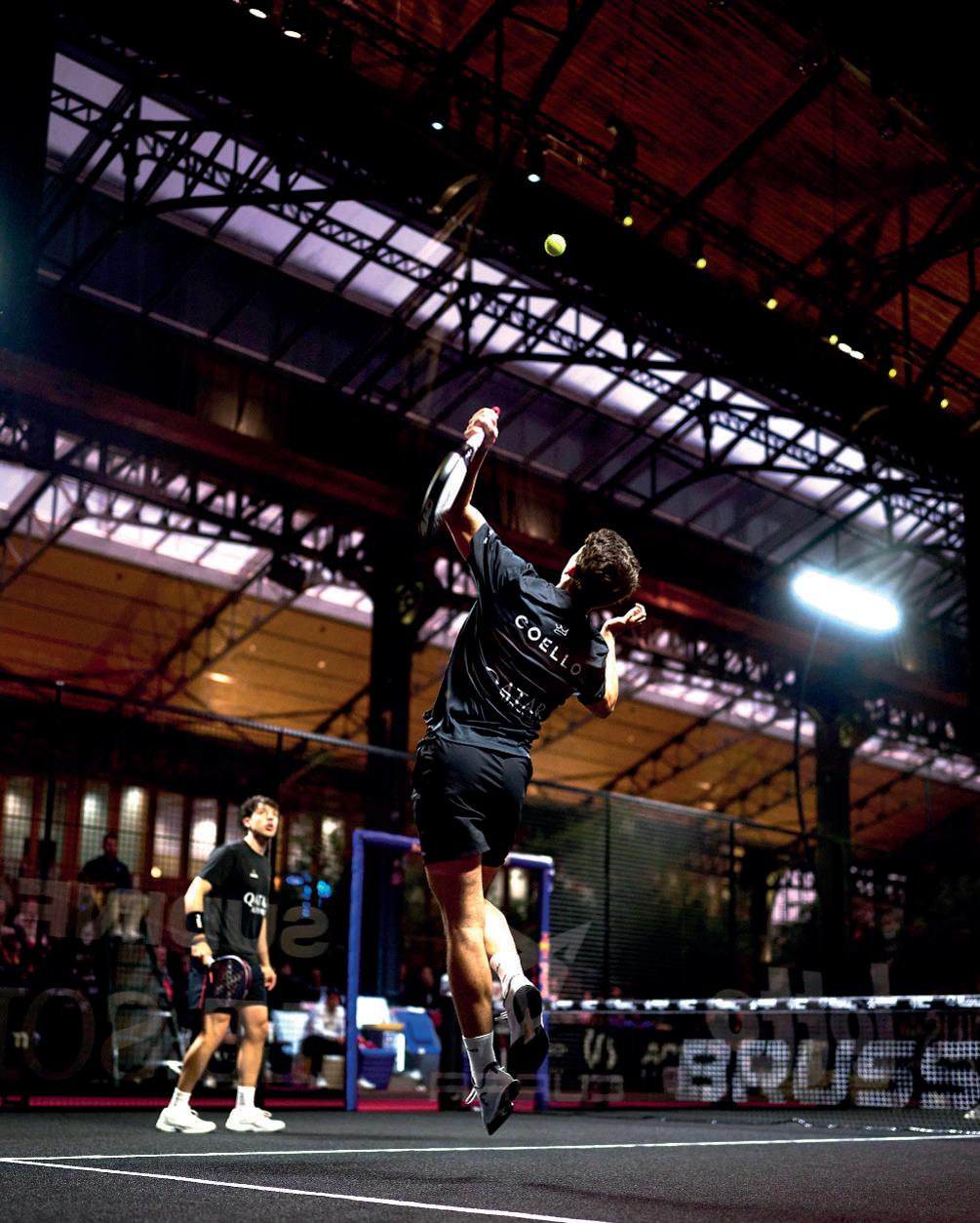


















Padel








































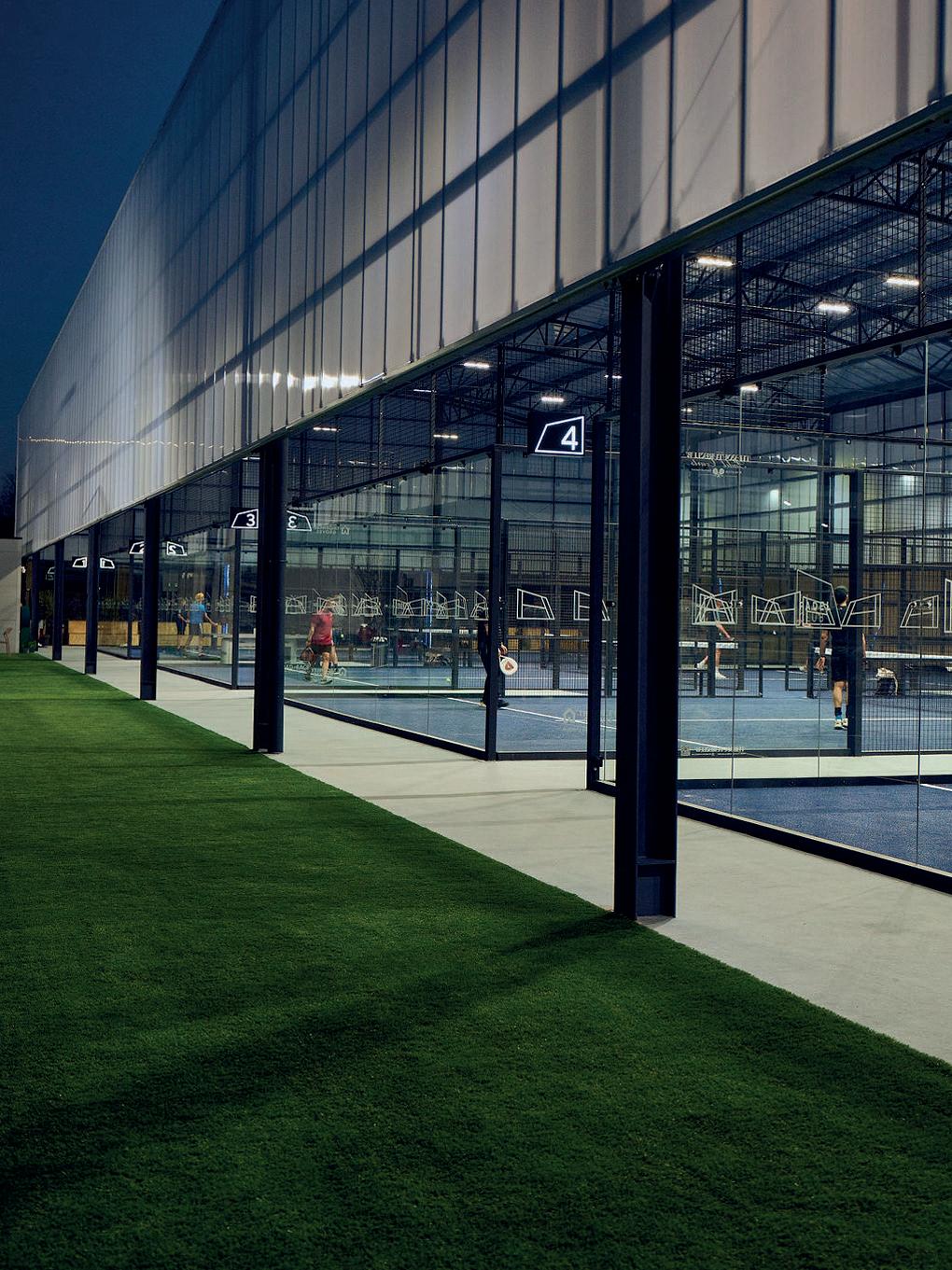






National federations affiliated to FIP: 71
Host countries: 130





Clubs and facilities: 19,800
Courts: 63,000
The fun and ease of approach are fundamental factors for anyone looking to promote padel
From an individual perspective, padel greatly contributes to mental and physical wellbeing, socialisation and inclusion. In padel clubs, men and women regularly play together, sharing the court much like in a gym or fitness space. Moreover, the fun and ease of approach are fundamental factors for anyone looking to promote padel.
The introduction of new competitions such as the FIP Intercontinental Cup – a Europe vs Americas challenge inspired by golf’s Ryder Cup and Laver Cup for tennis – which is among the most anticipated developments,

alongside the FIP World Cup Pairs in Kuwait, which will take place in November this year.
The FIP Intercontinental Cup is scheduled to be held in London in 2026, marking the city’s first major padel event.
Our vision for padel’s future is to continue promoting access to the sport at all levels and ensure its sustainability through smart, innovative policies.
Our main objective remains Olympic inclusion, a goal we’re diligently pursuing with passion and pragmatism, fully aware that padel deserves to be represented alongside the Olympic rings.
We aim to see padel in all health clubs and sports centres and why not in schools, as an inclusive sport rooted in communities?
The federation would like to see padel in all sports and health clubs


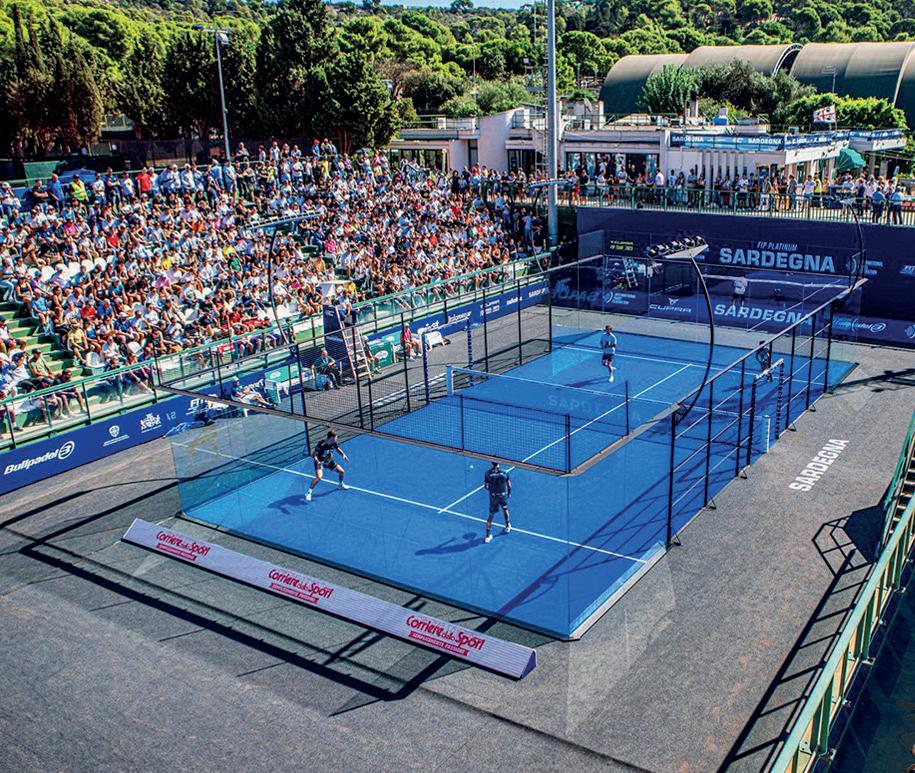
now has a number of international competitions each year


Amateur: 30 million
Professional: 600,000
Percentage of female players: 40 per cent
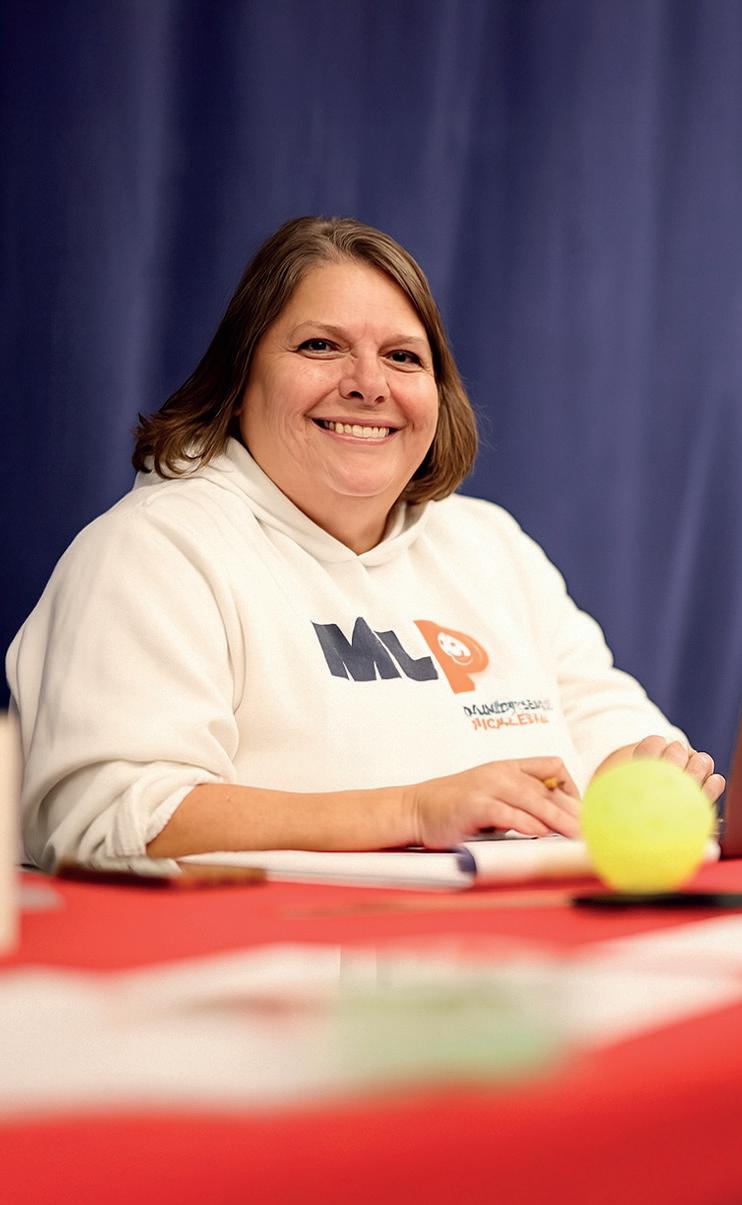
Karen
In the past year alone, we’ve seen a 79 per cent increase in registered members in the UK. We estimate that over 45,000 people now play pickleball regularly at nearly 1,000 venues across the country. The number of venues has grown in step with player demand – it’s truly an exciting time for the sport.
We’ve also seen explosive growth in competitive and social events. The appetite for leagues, festivals and tournaments has never been higher. Last year’s English
Karen Mitchell discovered pickleball in 2015 and quickly became hooked. Her passion for the game led her to co-found Pickleball England (PbE) in late 2018, with the organisation officially launching to the public in January 2019.

As the National Governing Body, we’ve set an ambitious target: one million players by 2030
Nationals attracted over 1,000 registrations, while the English Open welcomed more than 2,000 players – making it the largest pickleball event in Europe.
Doubles leagues are now running in every region, with some areas hosting multiple leagues due to high demand, while tournaments are being organised by both clubs and commercial providers across the country. With official recognition from Sport England and Pickleball England confirmed as the National Governing Body, we’ve set an ambitious target: one million players by 2030.
Health clubs offering pickleball could attract a diversity of members

























































Pickleball is typically played on a badminton-sized court, with a recommended minimum of five feet of clearance around the perimeter. Many dance studios or multi-use spaces can be repurposed for play, provided the flooring is hard and there’s a ceiling height of at least 15 feet to allow for the ball trajectory. To get started, clubs need basic equipment – paddles, balls and a portable or fixed net – along with court lines. It’s also important to have trained facilitators who can guide new players. Pickleball England offers low-cost workshops (£50) across the country to train these individuals.
By offering pickleball, clubs can attract a more diverse member base, increase daytime usage, and provide a fun, inclusive activity that keeps members engaged and active.

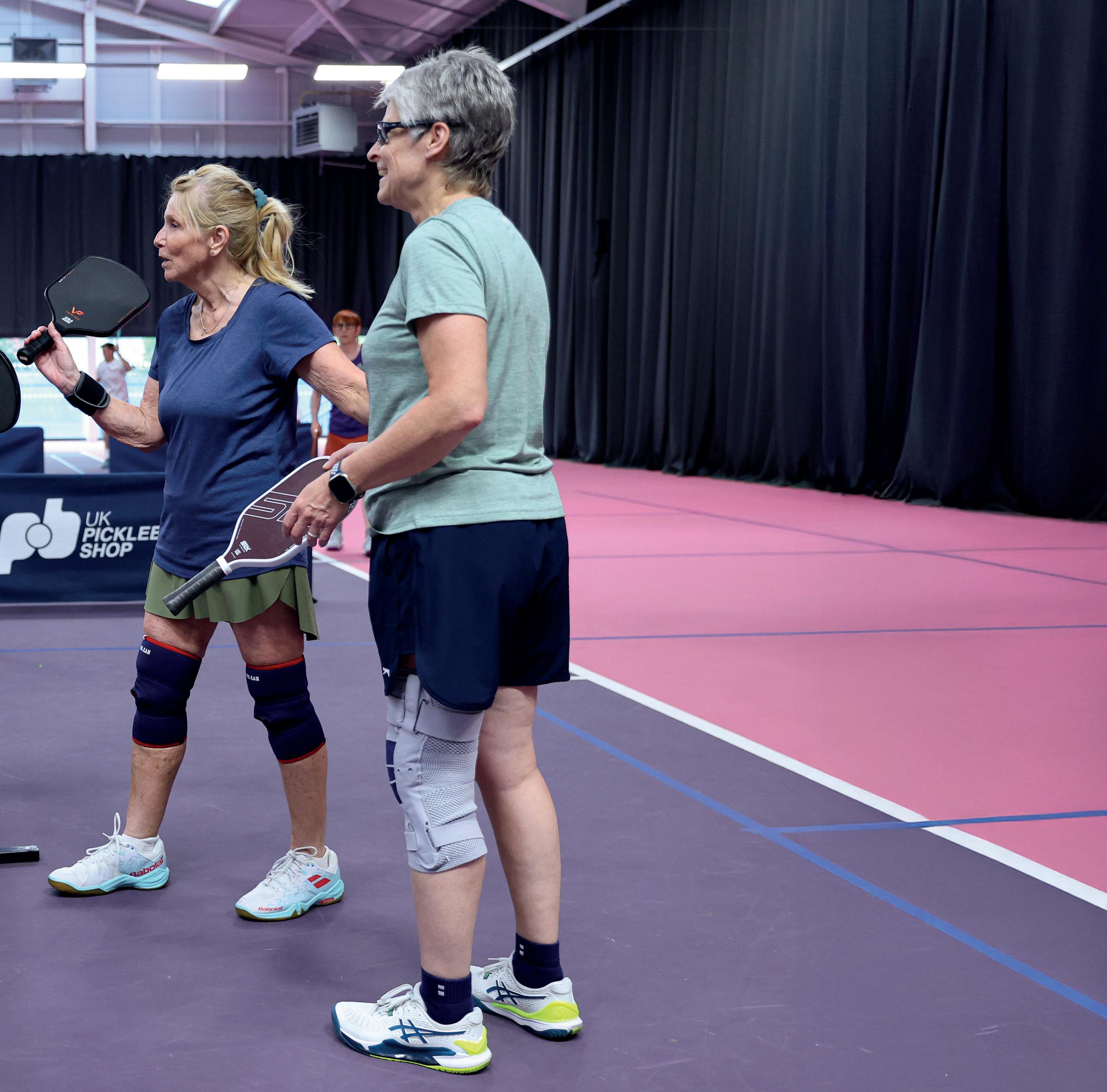
What advice do you have for health clubs wanting to introduce Pickleball?
Pickleball appeals to a wide demographic – it’s accessible, easy to learn and enjoyable for all ages and fitness levels. It’s especially attractive to those seeking fun, low-impact social exercise. Many players tell us it’s a great mental break from daily stress, encouraging recreational play and social interaction, which keeps people coming back. Pickleball can be played as a family, appealing to children, adults and grandparents. So if you want to attract a wider range of age groups, pickleball is perfect.

























Doubles leagues are now running in every UK region



















Players can rack up 4-5,000 steps during a casual game of pickleball













































Pickleball appeals to children, adults and grandparents, so if you want to attract a wider range of age groups, it’s perfect



The differences
Padel is traditionally played as doubles, while pickleball can be both singles and doubles.
Padel courts are slightly bigger than pickleball courts. A padel court is 20m x 10m, while a pickleball court is 13.41m x 6.09m.
A padel court is surrounded by glass walls and a metal cage, and the walls can be used to play off. Pickleball courts are open
For play, padel uses a less pressurised tennis ball, while pickleball uses a plastic ball with between 26-40 holes for less bounce, making it an ideal sport for smaller courts and facilities.



PbE plans to train more facilitators to meet demand

It delivers real physical benefits in a fun, social package. A 160-pound person can burn around 250 calories in 30 minutes of casual play – and up to 350 calories in a more intense session. For a 200-pound individual, those numbers rise to 350 and 475 calories, respectively.
On average, players rack up between 4,000-5,000 steps in an hour of casual play, and even more – up to 7,000 – when playing competitively. It’s a great cardiovascular workout that improves coordination, agility and mental wellbeing, all without being intimidating.
Since launching PbE, we’ve appointed regional directors to promote growth across every area of England. These directors are now supported by county representatives, forming a strong national network of local advocates. Over the next few years, we plan to expand this volunteer base even further at the county level to increase community reach and support.
A key part of our grassroots strategy is the development of the PbE Curriculum – a structured pathway designed to support and train new facilitators (or ‘activators’) who introduce the game in clubs, schools and communities.
The curriculum also supports the progression of those looking to become club-level coaches and we’re expanding it further to include performance coaching for more advanced players and competitive environments. By providing high-quality training and clear development pathways, we’re helping ensure that pickleball is not only growing in numbers but also in quality, with knowledgeable, passionate people guiding its expansion at every level. l
International Padel Federation www.padelfip.com
Pickleball England www.pickleballengland.org
LTA Padel www.ltapadel.org.uk
The Padel Directory Powered by Vitality www.hcmmag.com/ThePadelDirectory
The Padel Book 2025
Powered by SAPCA and LTA Padel www.hcmmag.com/ThePadelBook25
For more insight, or to get in touch with the companies featured, visit www.fitness-kit.net and type in their keyword
StepMill o ers cardio conditioning and accessible, user-driven design, says Richard
The StepMill from Pulse Fitness delivers a low-impact, high-intensity workout solution for users at all fi tness levels.
Built with Pulse’s console technology, the StepMill provides on-demand workouts in 10, 20 and 30-minute sessions. With 40 different speed levels, it’s designed

“It’s built for results, but more importantly, it’s built for everyone”
Richard Sheen
for a range of users from those who prefer slow climbs, to those looking for a more challenging, high-intensity workout.
The console enhances engagement through integration with Apple GymKit, Strava and Miracast, enabling members to track progress and stay connected to their favourite fi tness platforms.
The Stepmill is tested beyond industry standards, with a design that prevents sweat, dirt and fluid ingress, to deliver smooth operation.
Richard Sheen, sales director, says: “We’re focused on creating equipment that not only performs, but also inspires.”
fitness-kit.net KEYWORDS
Pulse Fitness
Our new workout essentials fuse design with functionality, says Alison Banks
Wellness brand Onyx has launched a new set of low impact workout accessories in a range of stylish, muted colours.
The Onyx exercise ball is crafted from eco-PVC with a smooth, matte finish. Suitable for full body workouts, posture support or gentle stretching, the ball can support up to 250kg and is suitable for busy class environments.
The range is available in soft contemporary colours
The set of fi ve new Onyx Latex Resistance Bands are made from natural latex, and offer fi ve resistance levels to allow progress. Used regularly, the bands bring subtle strength, sculpting and support to everyday movement. Its silicone resistance bands have also been upgraded. They feature anti-slip dots for a secure grip across a set of three, each with varying levels of difficulty. All products can be used for


“We’re passionate about creating high quality, contemporary workout pieces”
Alison Banks




Pilates, yoga, barre and other low impact exercises. The range of soft modern shades include blue, beige, green, grey and neutral charcoal.
Founder Alison Banks, an interior designer and Pilates studio owner, says: “Our new workout essentials look as great as they’ll make you feel.”
fitness-kit.net KEYWORD
Onyx
The OTS-40 lock offers a zero-maintenance, batteryless solution

Ojmar has unveiled the world’s first batteryless smart locker lock with integrated online management, says Aitor Elorza
After setting a new benchmark with the OTS20 Batteryless, Ojmar has taken innovation to the next level with the launch of the OTS40 – the firstever RFID + NFC locker lock that’s batteryless, wire-free and fully connected.
This solution redefines space management, blending sustainability, technology and operational efficiency.
At the heart of the OTS40 lies Ojmar’s Push Power system. When the user pushes the nozzle, the lock generates its own energy, removing the need for batteries or wiring. The OTS40 allows real-time locker management via a centralised platform, reducing installation and maintenance costs and eliminating kilometres of cabling.
For facility managers, this means a zero-maintenance solution that streamlines operations, reducing technical issues and freeing resources for higher-value tasks – all while shrinking the organisation’s carbon footprint. Its integration with existing access control systems makes it the perfect fi t for health clubs and wellness operators, such as spas. Plus, it works with smartphones and RFID credentials (bracelets, cards and fobs), delivering a frictionless user experience.
The OTS40 Batteryless embodies Ojmar’s DNA – delivering constant innovation to meet the evolving needs of a changing market.
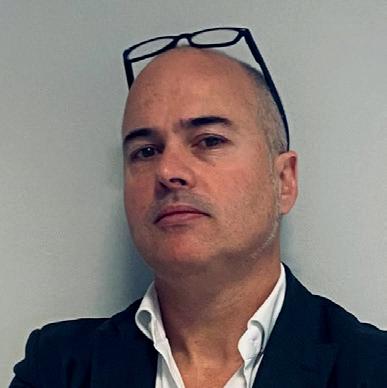
“This solution redefines space management, blending sustainability, technology and operational efficiency.”
Aitor Elorza
customer needs, the OTS40 ensures the facility remains efficient, secure and future-ready.
The OTS40 Batteryless has earned international acclaim, receiving prestigious awards that include: Mix Interiors Awards, Best of NeoCon, Best of Orgatec and most recently the iF Design Award 2025.


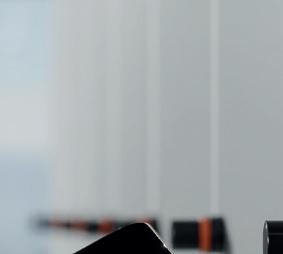





As the fi tness and wellness industry embraces fl exibility and digital transformation, the OTS40 Batteryless delivers the perfect combination of innovation, sustainability and convenience. Its remote management capabilities allow operators to optimise locker availability, streamline operations and offer a seamless user experience. Whether managing high traffic during peak hours or adapting to evolving
The product triumphed over nearly 11,000 entries from 66 countries, reinforcing Ojmar’s position as a global leader in innovation and sustainability for intelligent locking systems.
Aitor Elorza is sales and marketing director at Ojmar More: www.ojmar.com Ojmar fitness-kit.net KEYWORD
It’s built to scale, but is flexible enough to reflect each brand’s personality, says Andy Pickles
Pure Energy Music, a provider of rights-included music for the fitness industry, has launched a new Operator Exclusive Channel.
The channel is a private, branded content hub designed to help operators deliver consistent music, training and onboarding resources across multiple sites.
Housed within the Pure Energy Music app, the platform offers a centralised space where instructors can access playlists, branded materials and class content tailored to their club.
CEO Andy Pickles says: “The Operator Exclusive Channel gives fitness operators a new level of control and consistency. By bringing everything into a single

Instructors can access curated playlists
platform, the channel eliminates the need for multiple third party tools, simplifying operations and improving efficiency.
“It’s built to scale effortlessly, but flexible enough to reflect each brand’s unique personality. It’s about empowering teams and delivering a better, more unified experience for both instructors and members.”
fitness-kit.net keyword

“The operator channel eliminates the need for multiple third party tools”
Andy Pickles
VersaDuel from flooring specialist
Pliteq has been designed for use in gyms, health clubs, sport complexes and recreational facilities where high performance and safety are a priority.
This dual-bonded rubber fitness flooring is engineered to cushion impact and minimise noise, reduce joint fatigue and prevent injuries
from repetitive motion. Its non-slip properties also make it safer and sturdier underfoot.
Made from 92 per cent recycled rubber, VersaDuel features a non-vulcanised, low-odour and moisture-resistant design that’s ideal for indoor environments.
Available in a range of standard and premium colour finishes, the
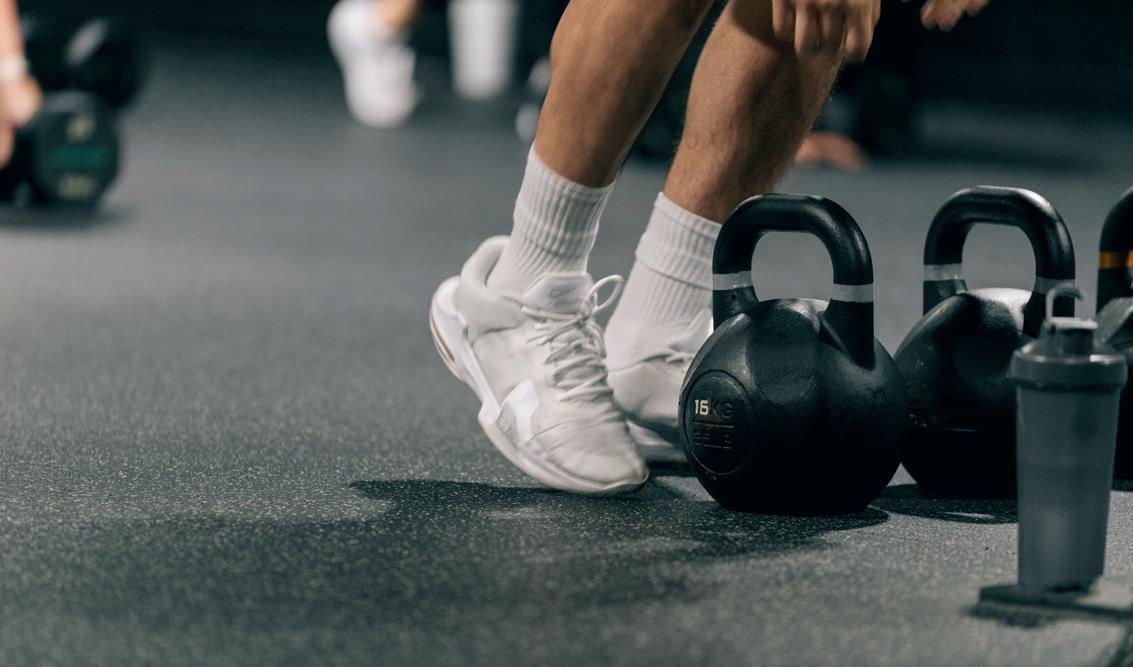
“VersaDuel features superior impact absorption”
Megan Dobson
flooring has been designed to enhance aesthetics while also resisting wear.

Pliteq’s Megan Dobson says: ‘With zero brittleness over time, VersaDuel stands up to heavy traffic and intense daily use without compromising performance or appearance.
“Pliteq flooring is about delivering lasting performance and a better appearance for members and facility owners alike.”
fitness-kit.net keywords
Pliteq
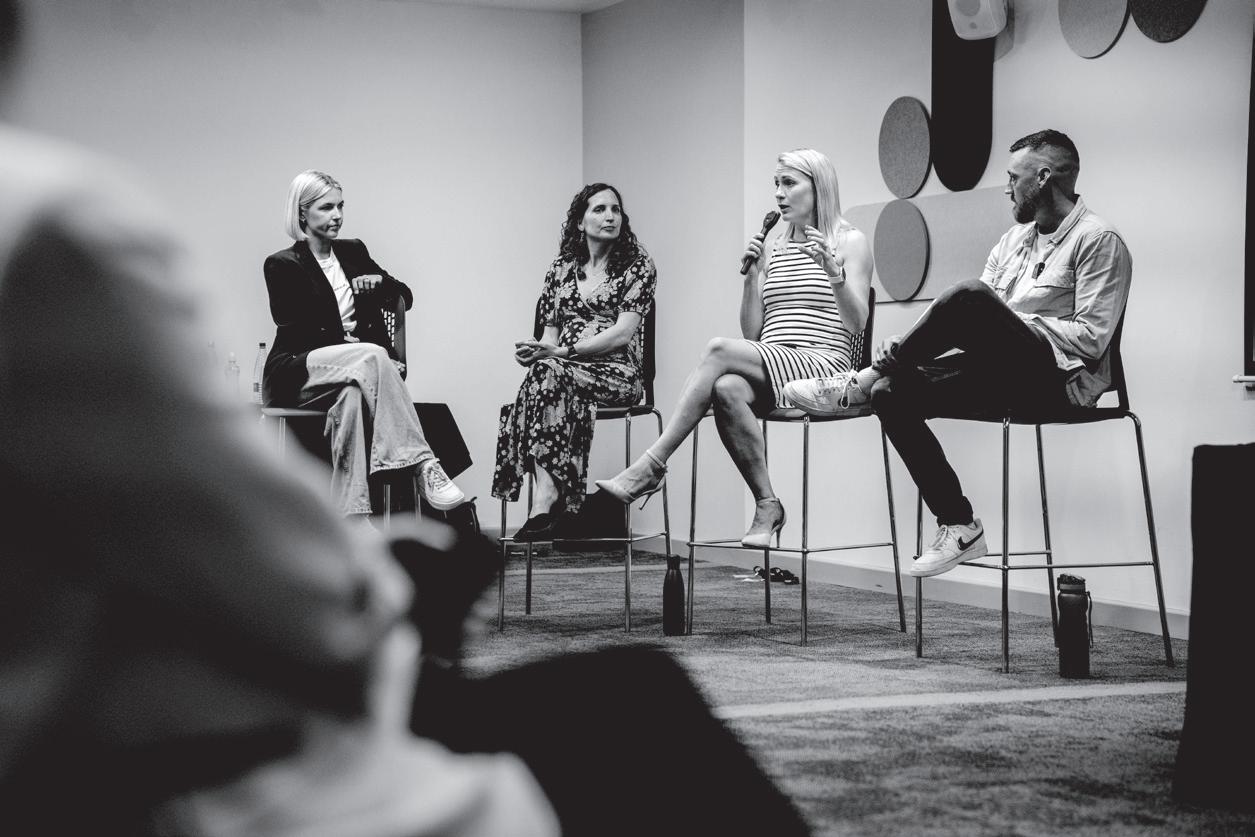






Tap into HCM ’s comprehensive supplier directory and profiles to get in touch with the industry’s leading suppliers of products and services to power your business

CLICK HERE to search for a supplier on HCM’s Company Profiles Hub










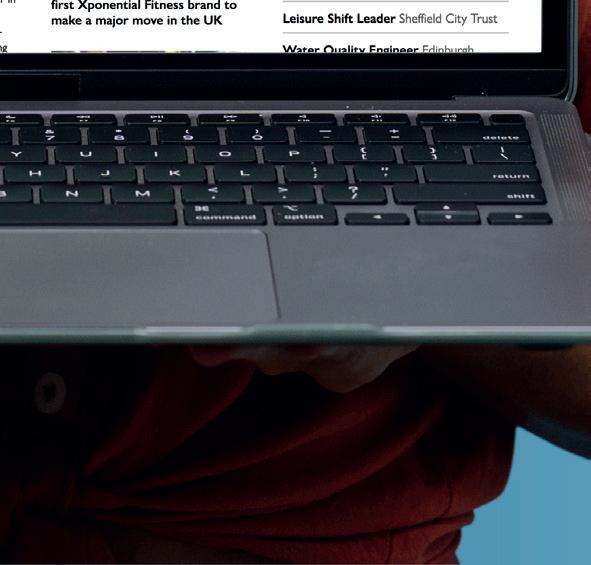

CLICK HERE to visit the HCM Handbook Company Profiles
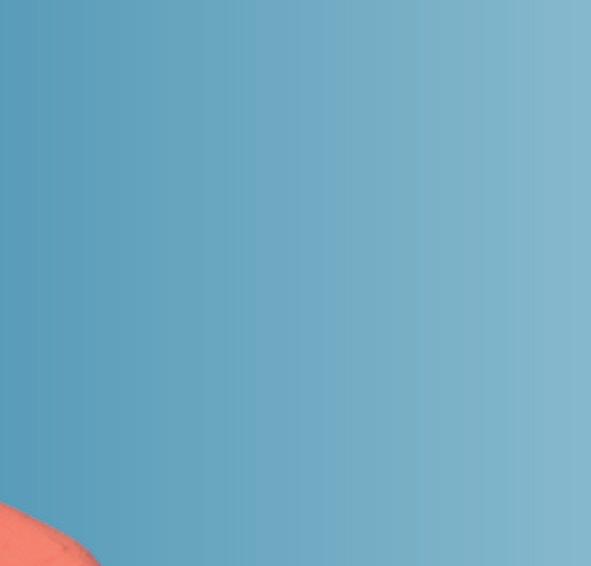

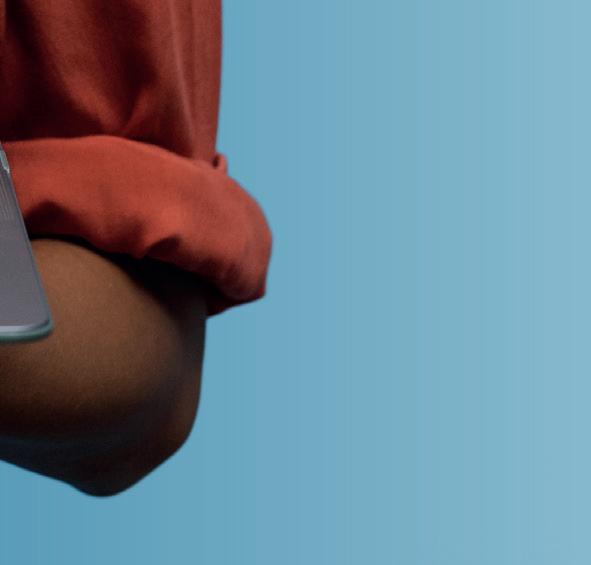







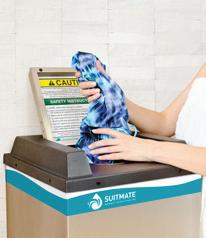

Smartwatches were tested by researchers at Leiden University

Researchers at Leiden University found smartwatches failed to differentiate between excitement and stress
Smartwatches are consumer gadgets, not medical tools, say researchers from Leiden University, Netherlands, after a study found that some wearables can’t tell the difference between stress and excitement.
Published in the Journal of Psychopathology and Clinical Science , the study – Associations between ecological momentary assessment and passive sensor data in a large student sample – set out to establish whether smartwatches could be used to replace self-reporting as a means of gathering data on factors impacting mental health.
The aim was to establish whether it would be possible to build a warning system for depression in students using smartwatches.
Sleep, tiredness and stress were assessed, as they all impact the state of mental health.
Almost 800 students wore smartwatches while answering EMA surveys on how they were feeling for three months.
The study found that while self-report and wearable measures of sleep-related variables showed robust associations, the associations for tiredness were weaker and measures of stress didn’t overlap for most individuals.
The data showed no meaningful correlation between self-reporting stress and smartwatch readings
For the majority of individuals in the sample, the self-report and physiological measures of stress showed ‘very weak’ to ‘no’ associations, suggesting that excitement might get flagged up as something negative.
Opposite results
“The data showed no meaningful correlation between self-reported stress and smartwatch readings – in a quarter of cases, the watch gave the opposite result,” said Eiko Fried, lead author and associate professor in the department of clinical psychology at Leiden University.
“The devices’ reliance on heart rate as a stress indicator proved misleading, as elevated heart rate can occur during both positive and negative experiences,” he said.
“While body battery and sleep tracking were somewhat more accurate, these are consumer gadgets, not medical tools and should be treated accordingly.” l
More: www.hcmmag.com/smart








































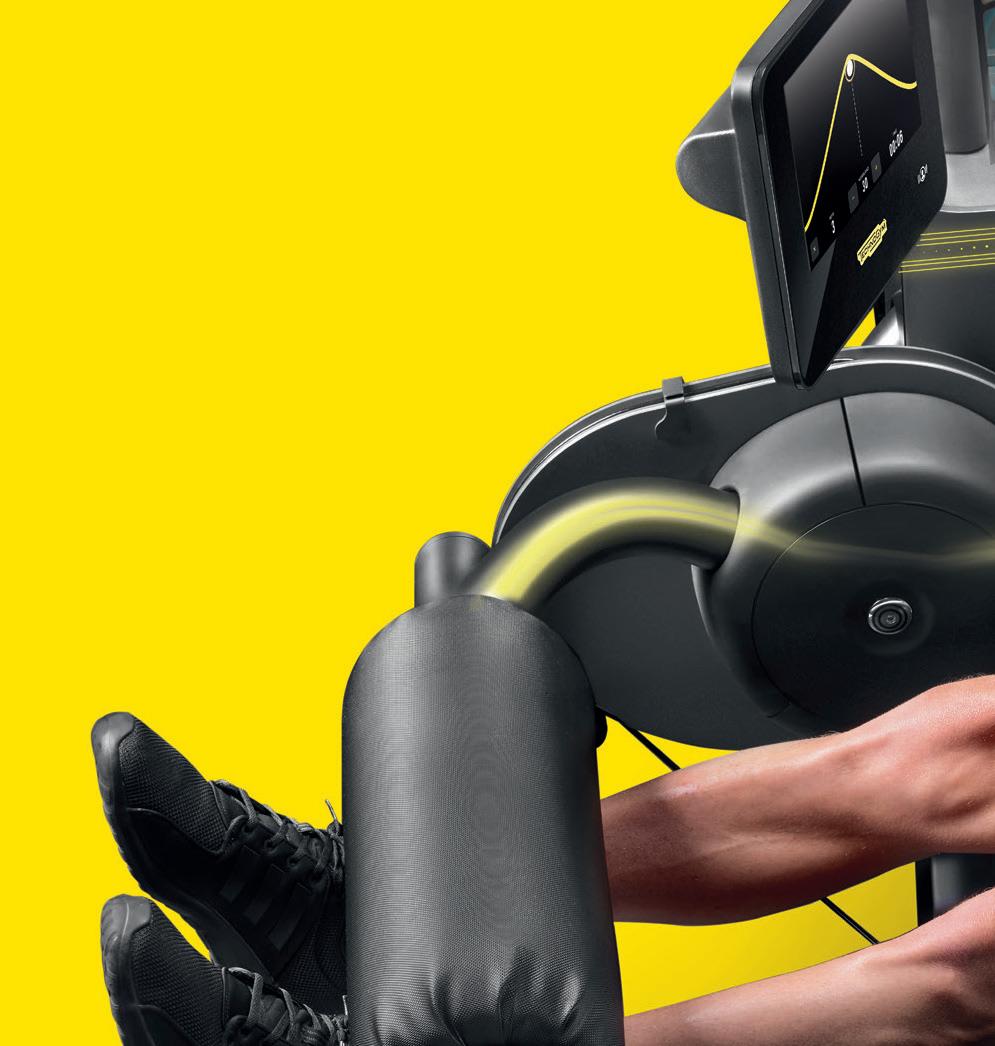
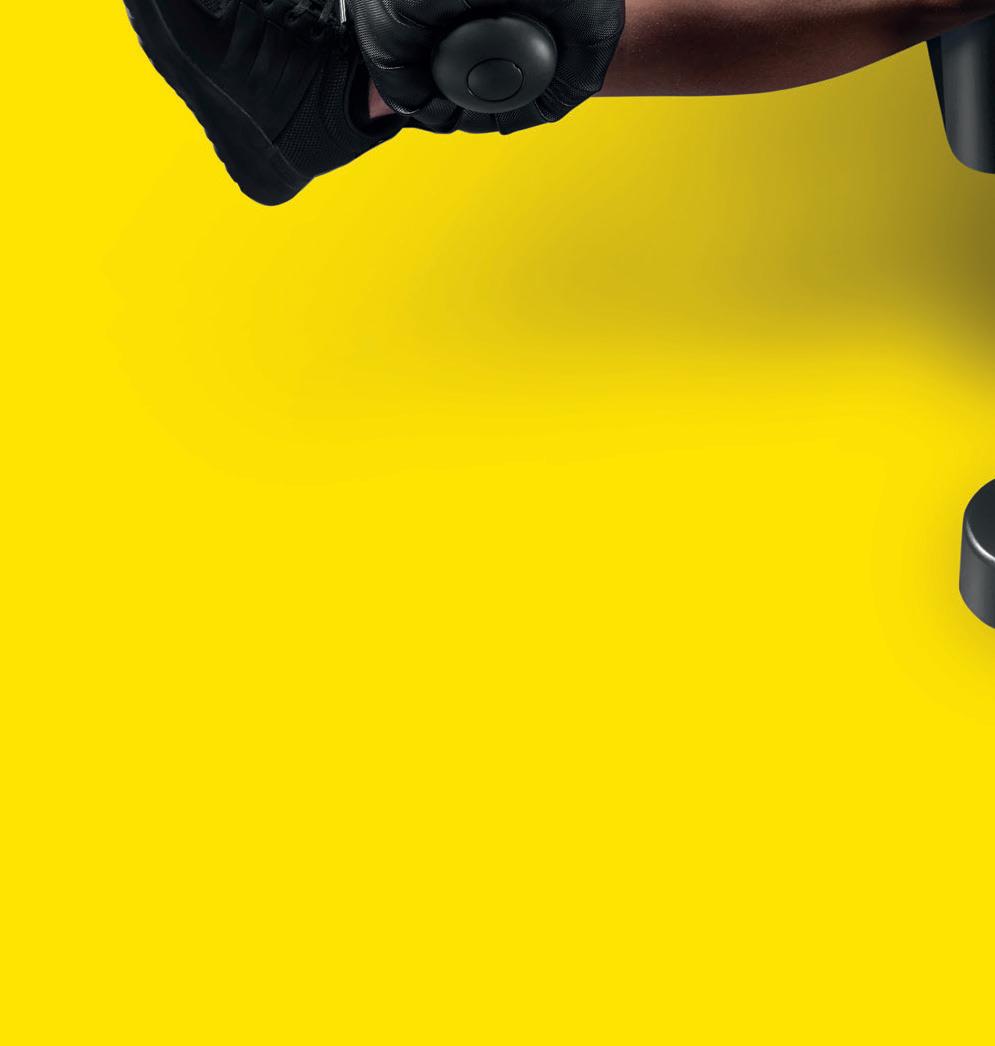
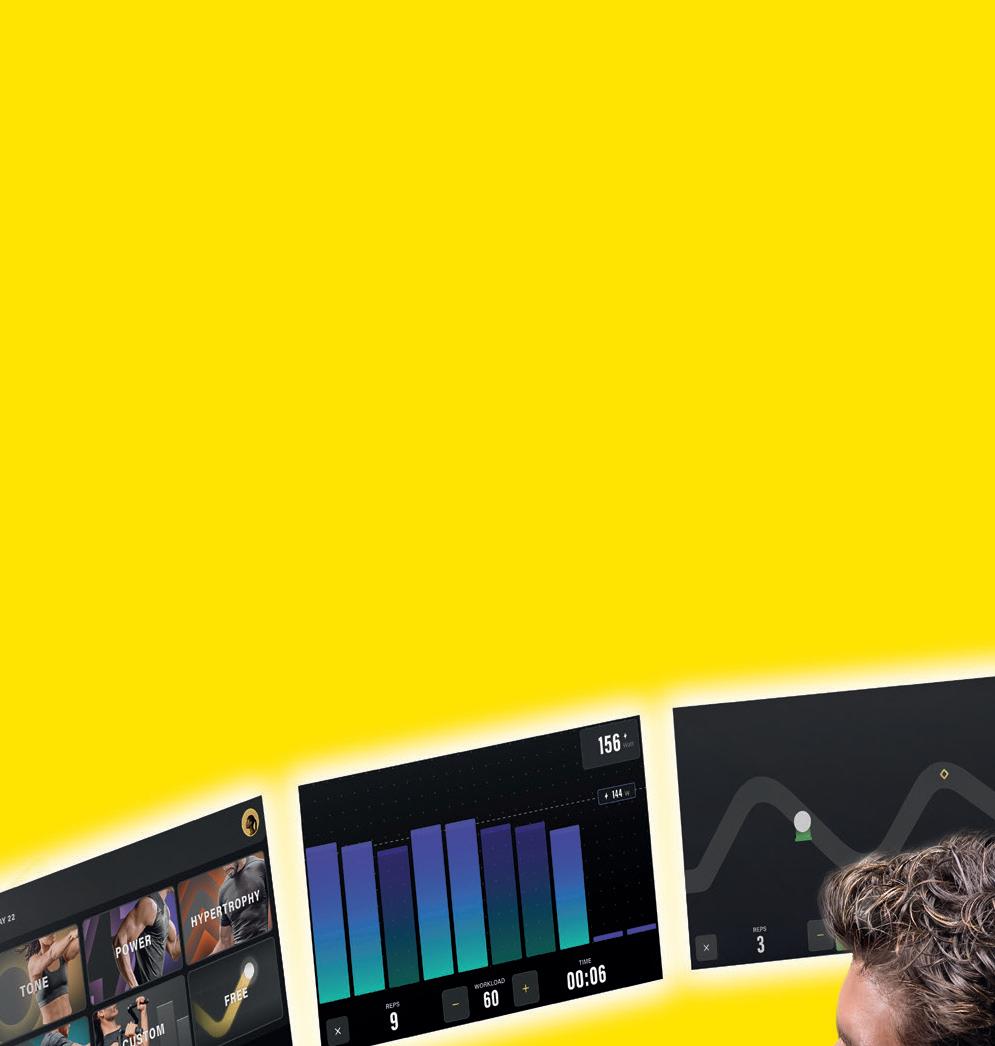
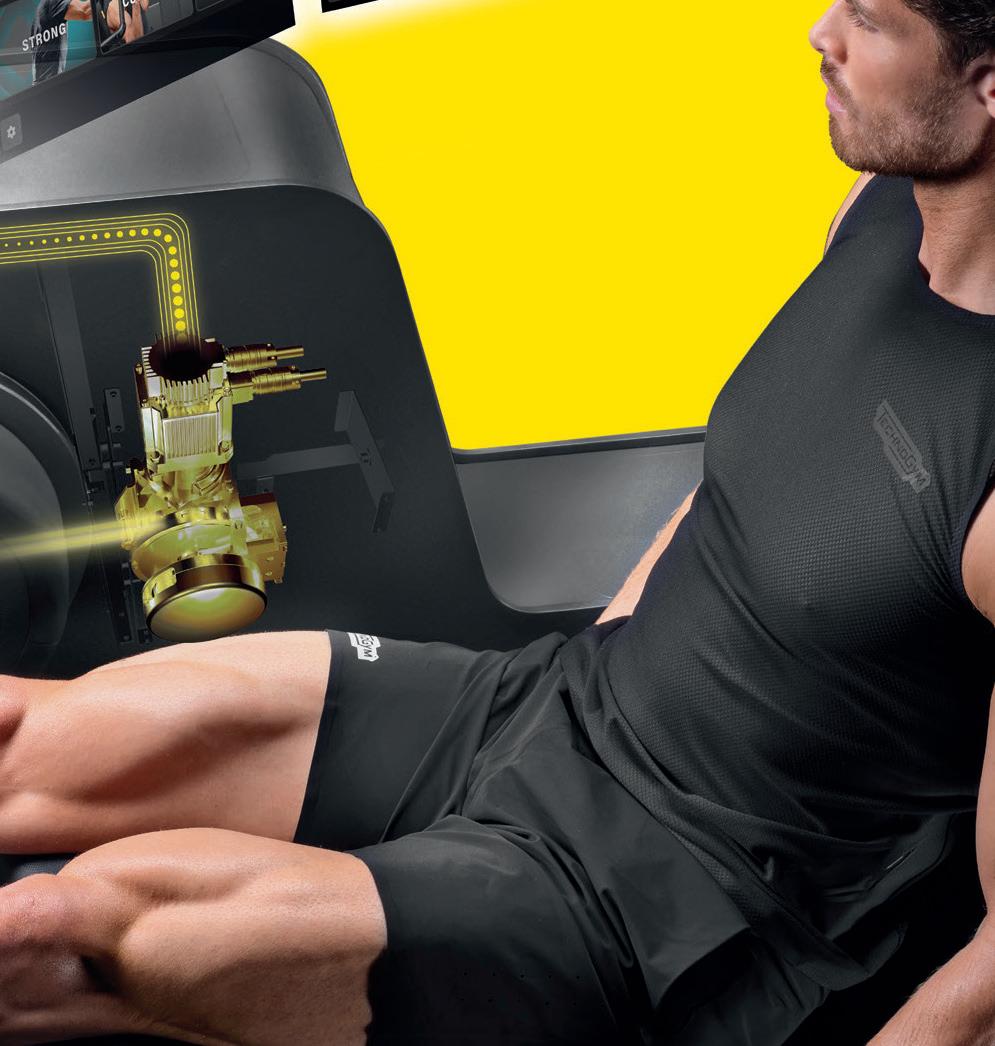

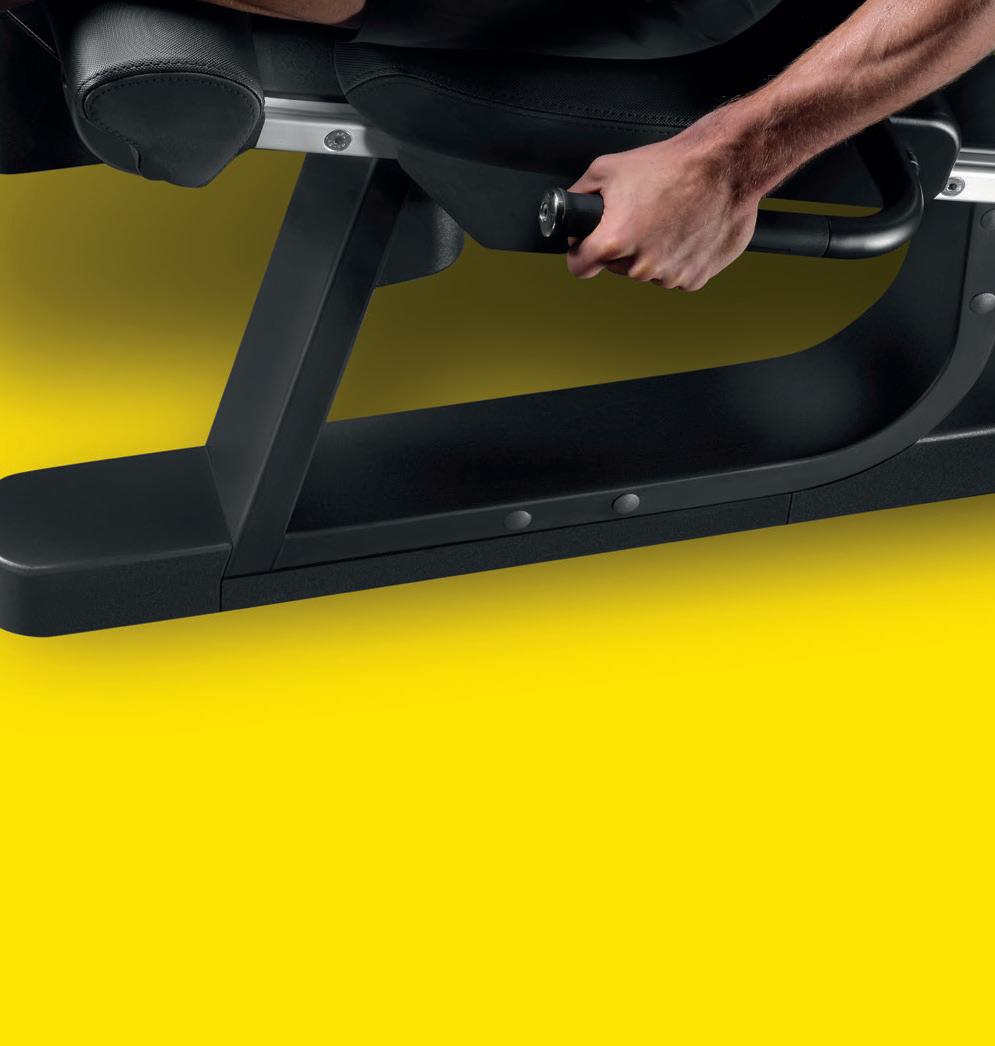
Avoid the most common strength training mistakes and supercharge your workouts. Thanks to the patented Biodrive system, select your goal and automatically receive the optimal resistance and biofeedback for it, along with the correct workload, range of motion, tempo, and rest time. Biostrength adapts to you for +30% results in the same time.





